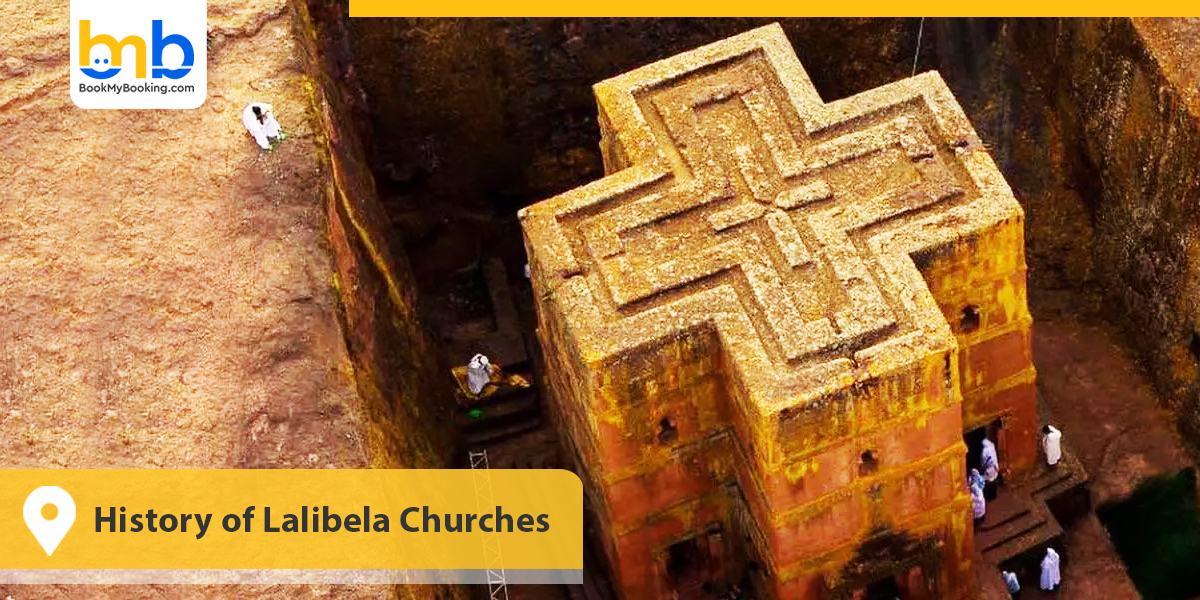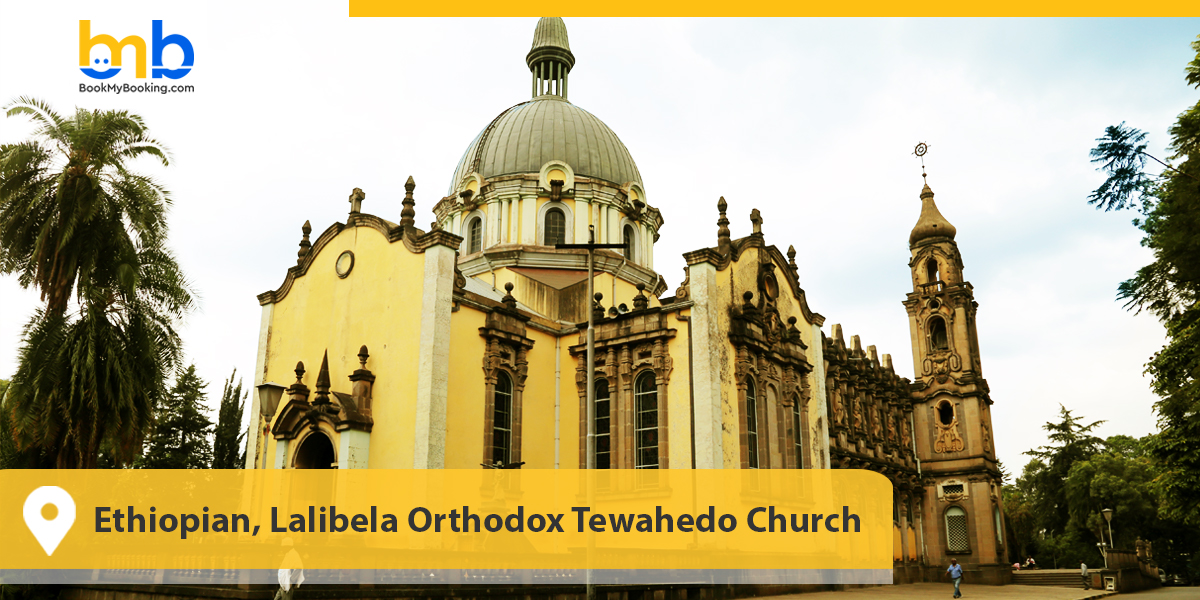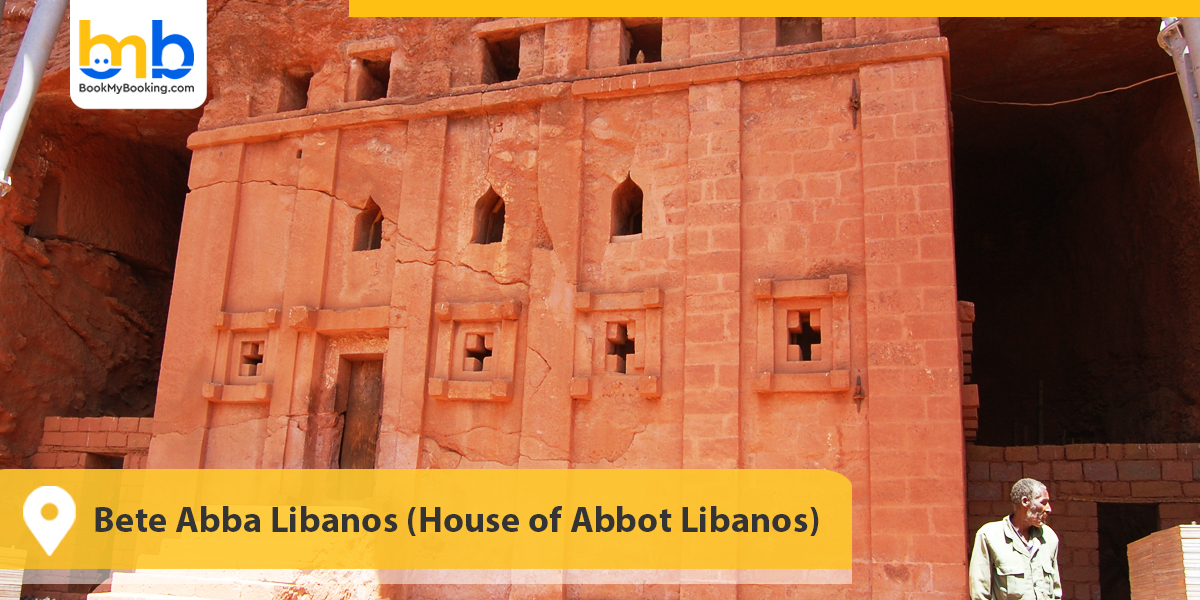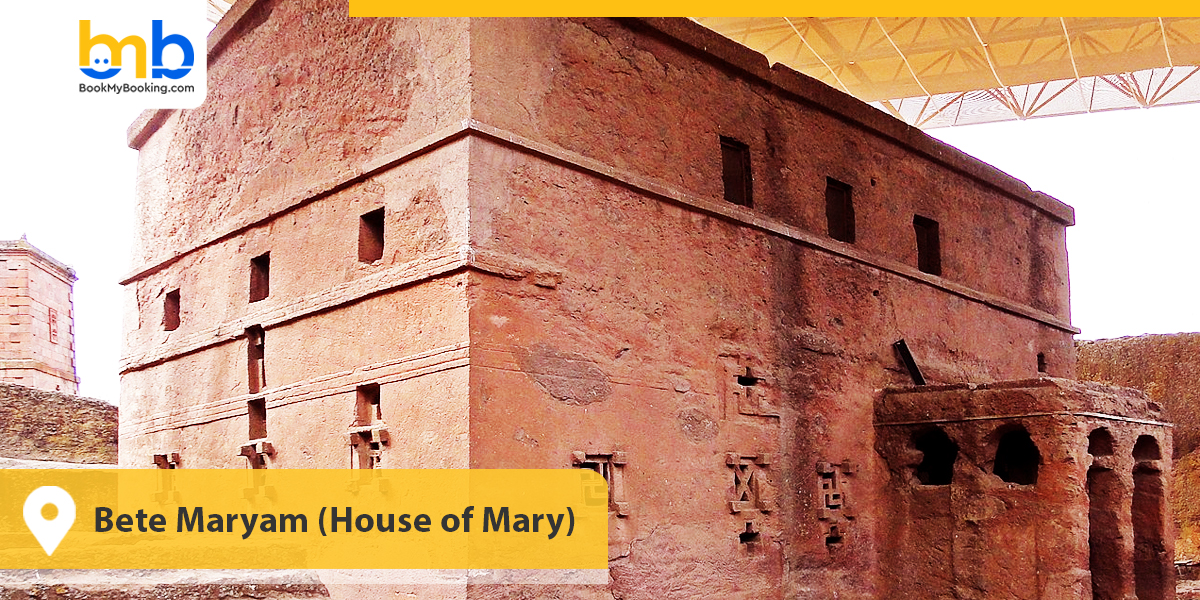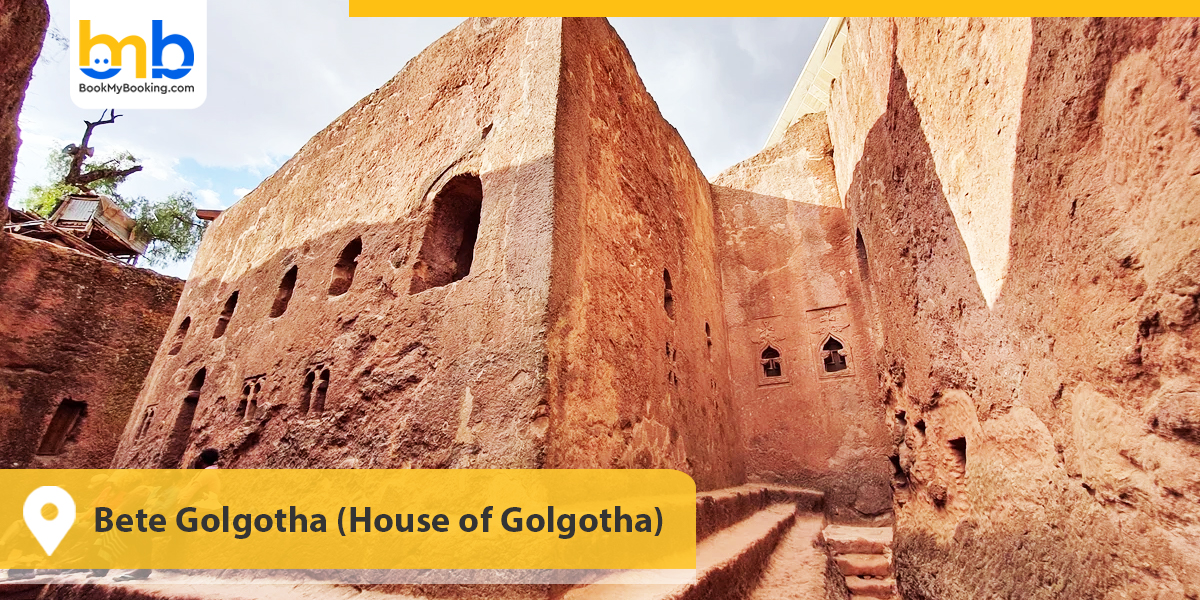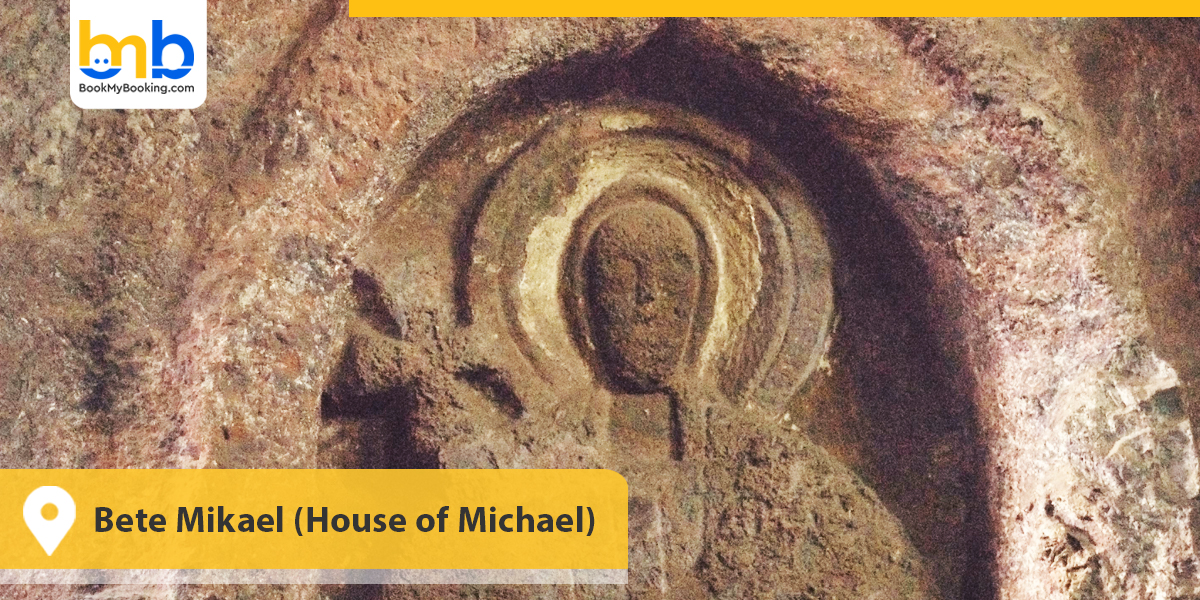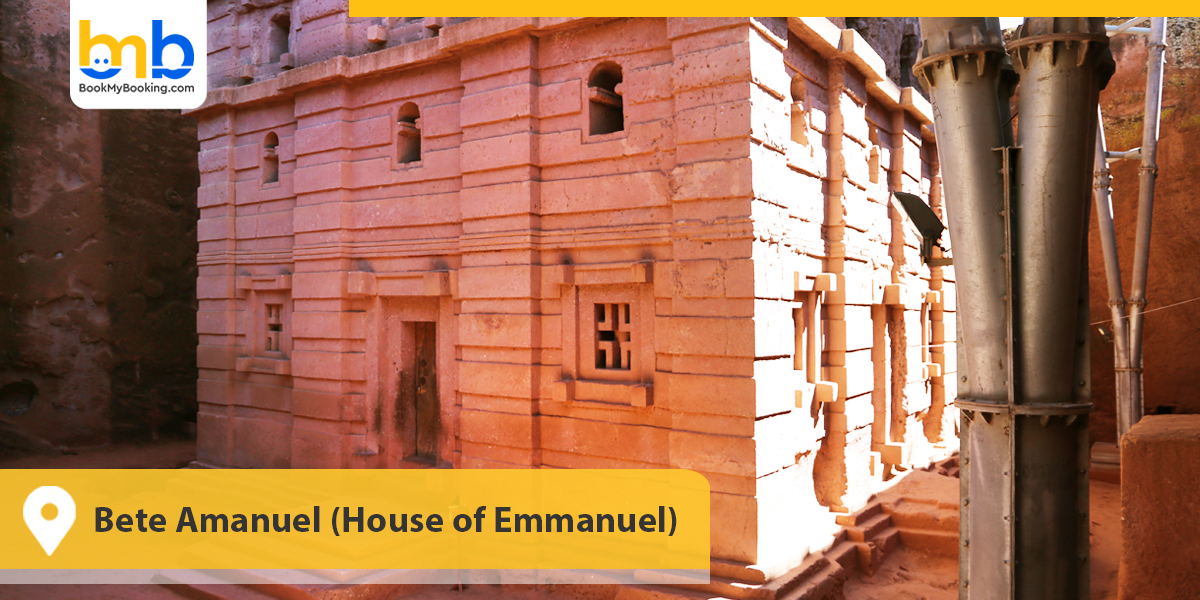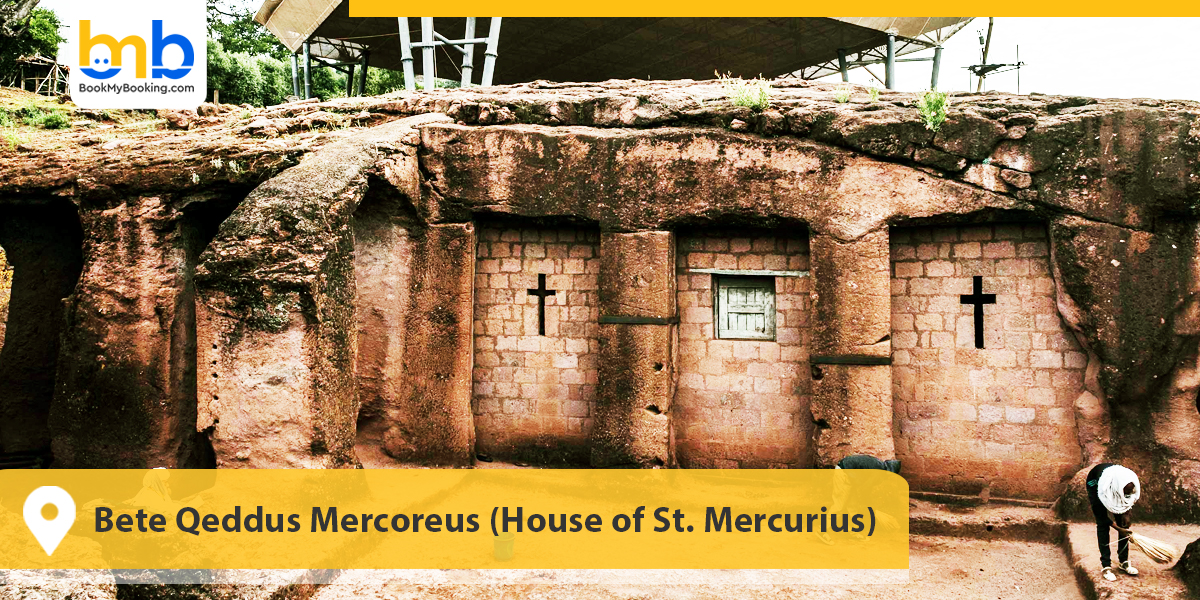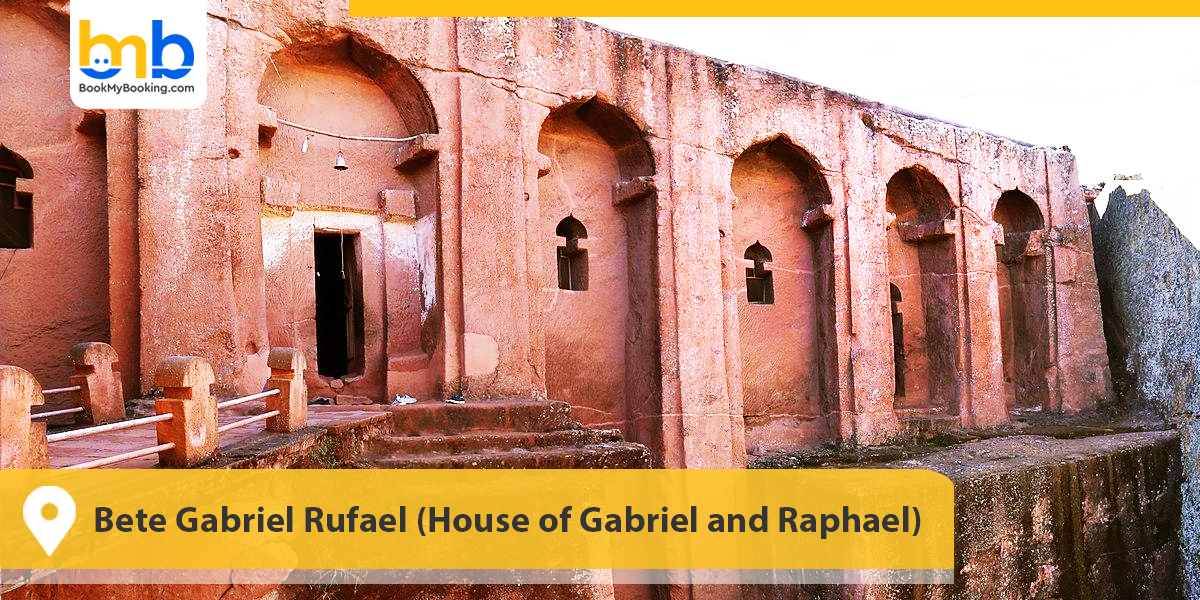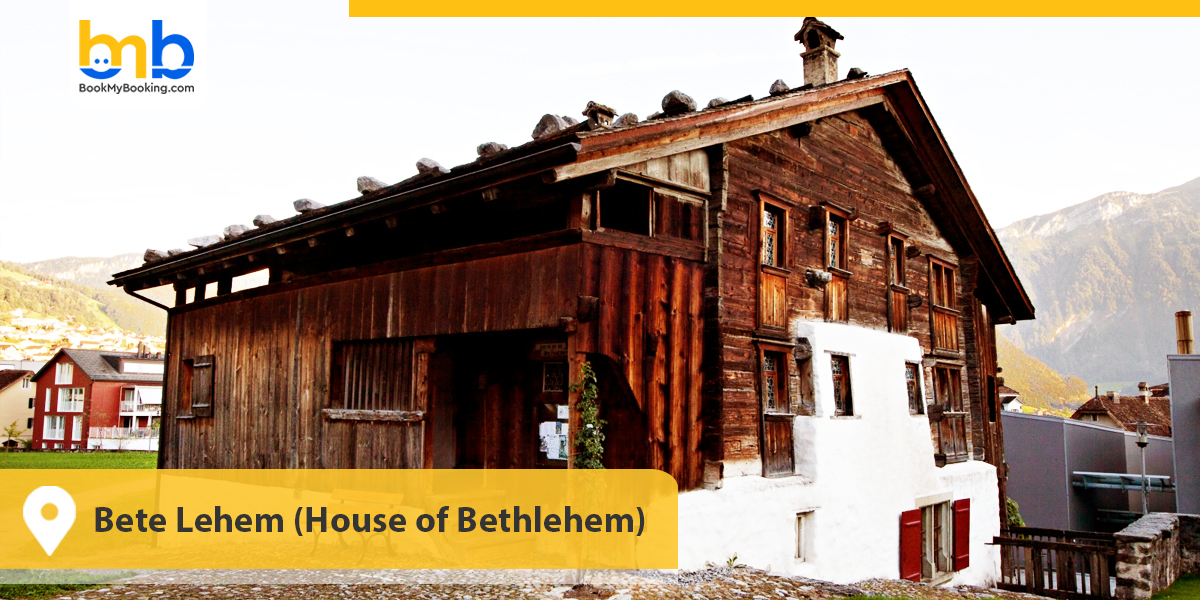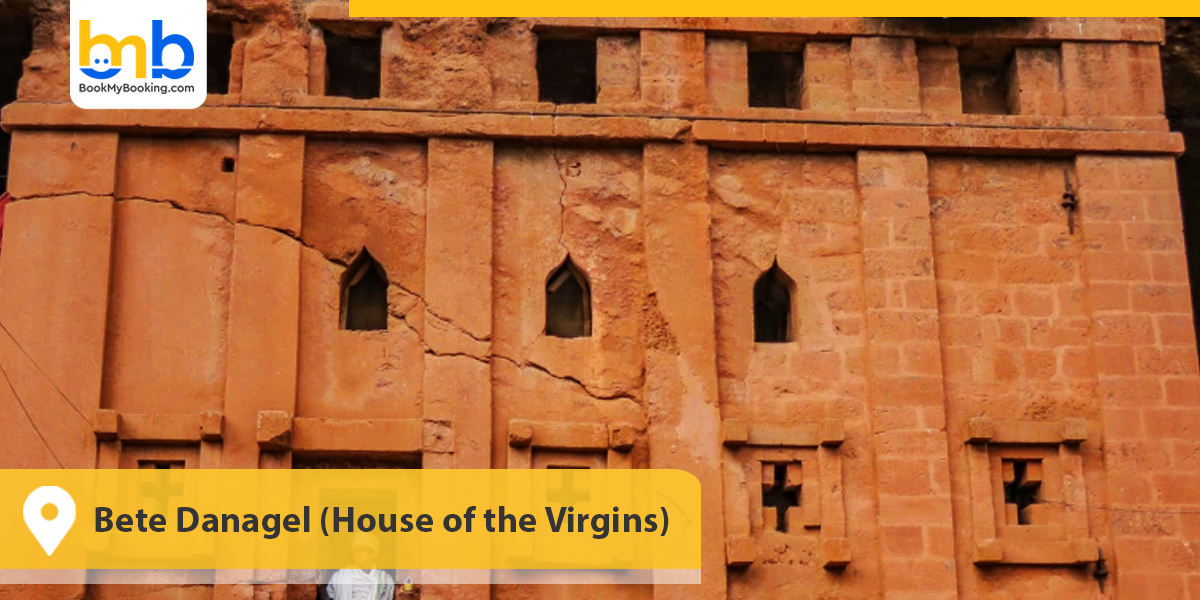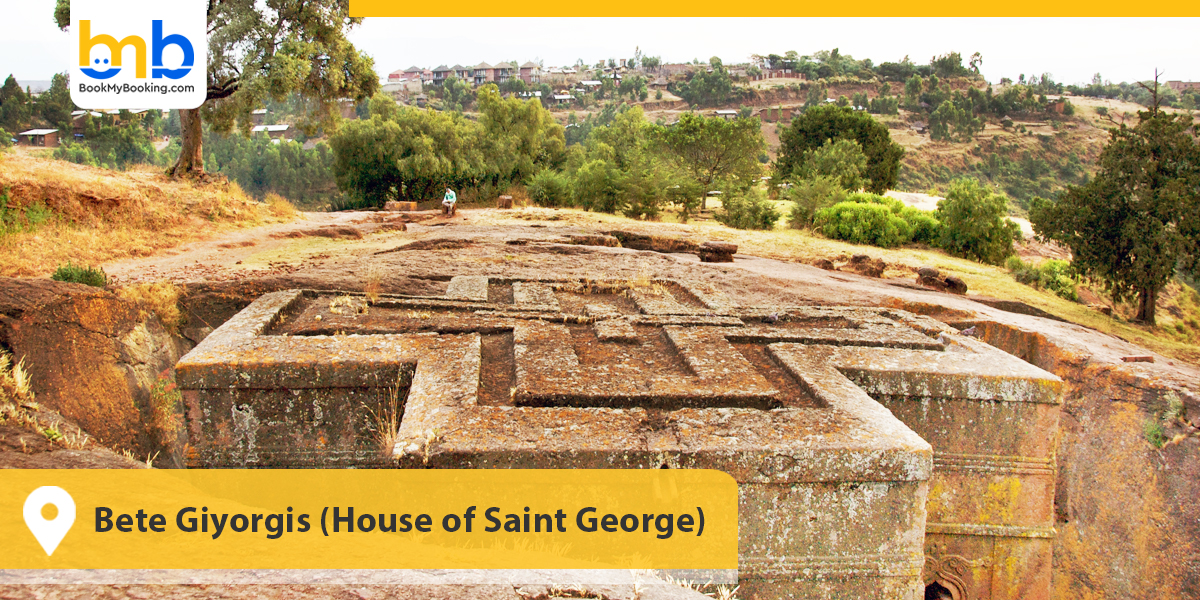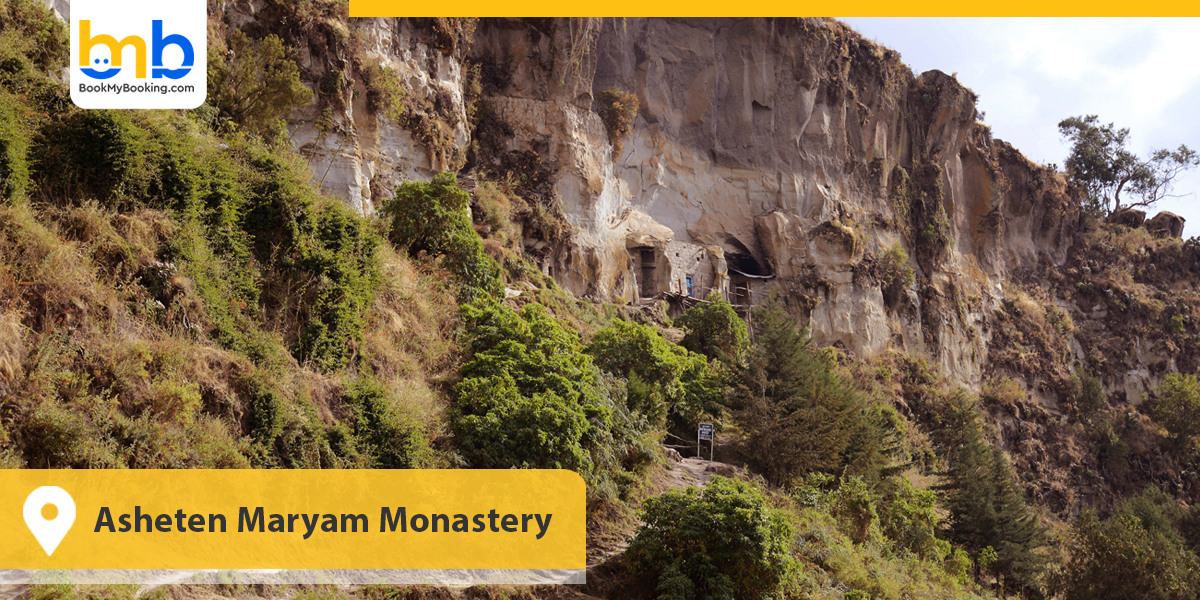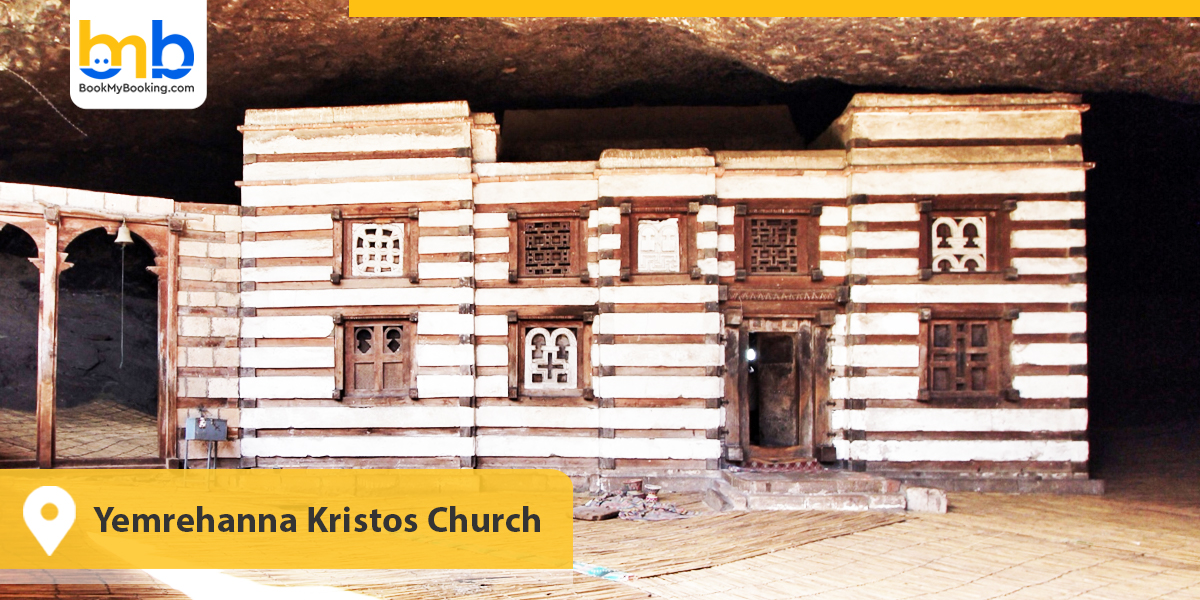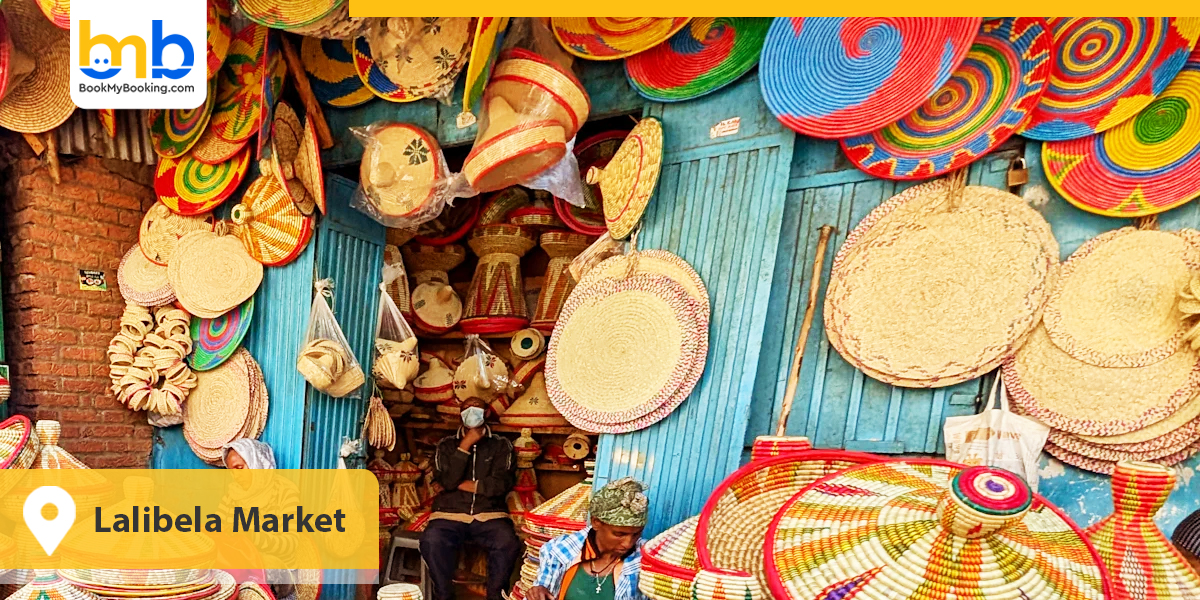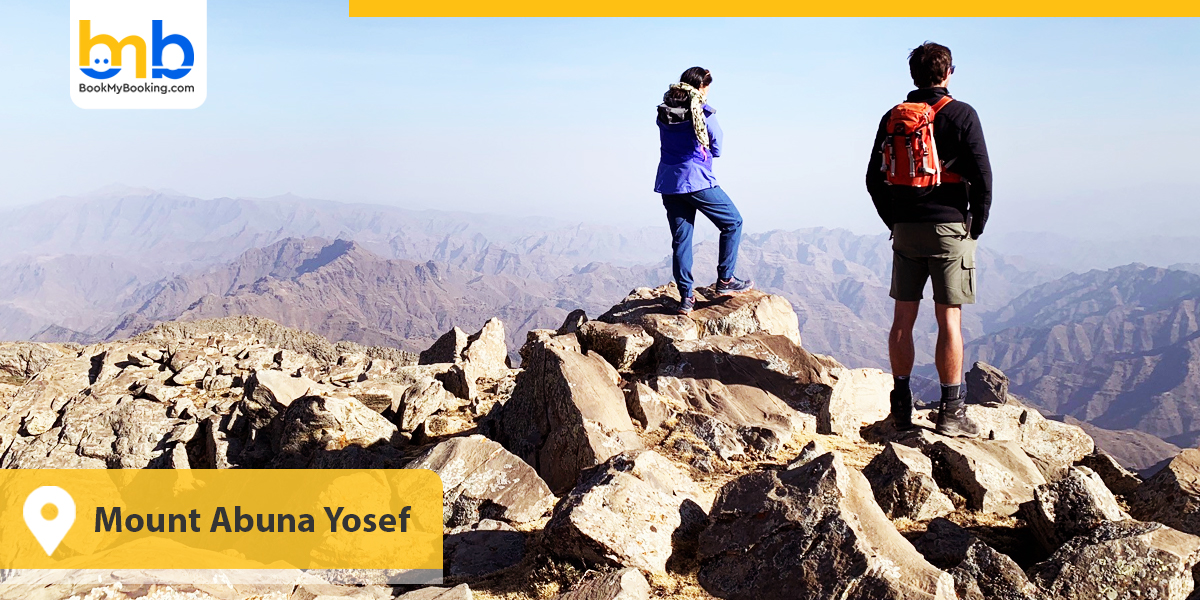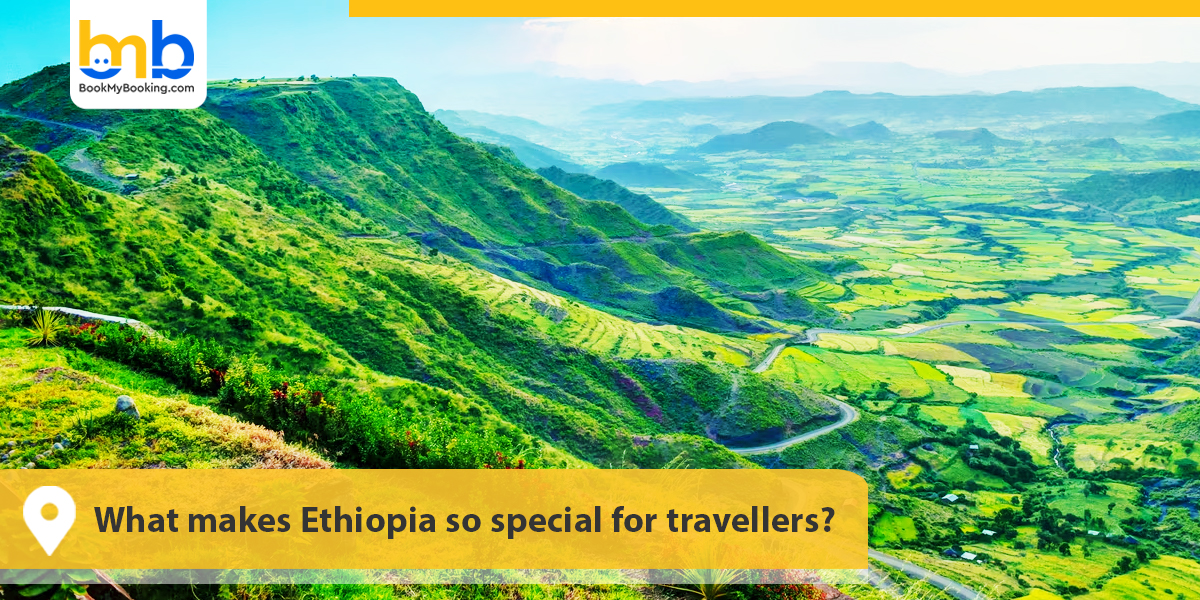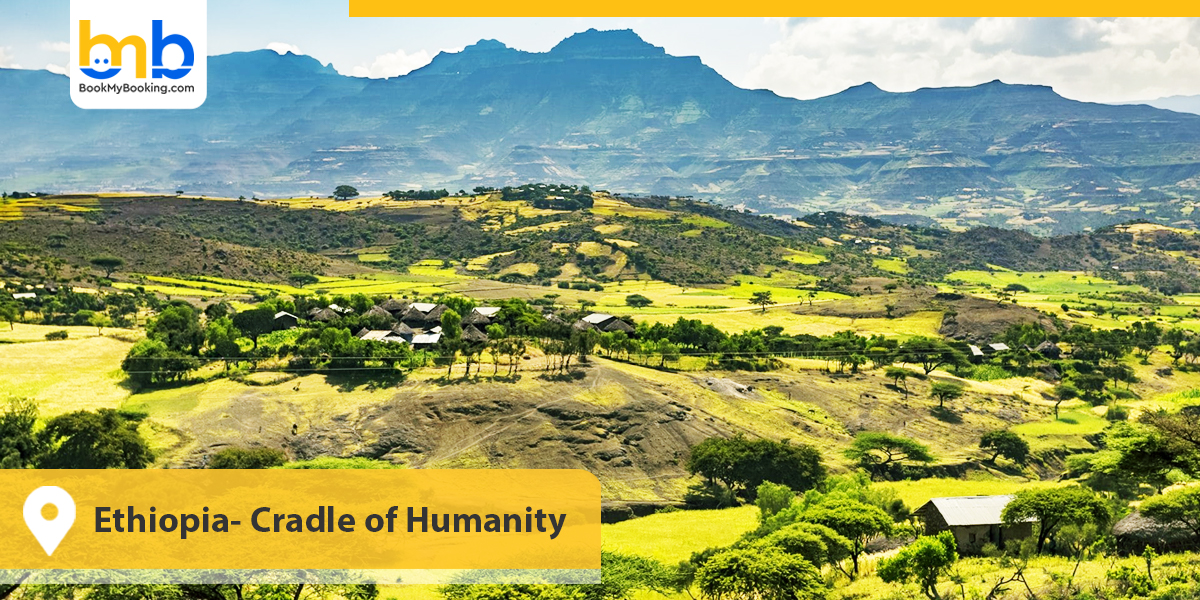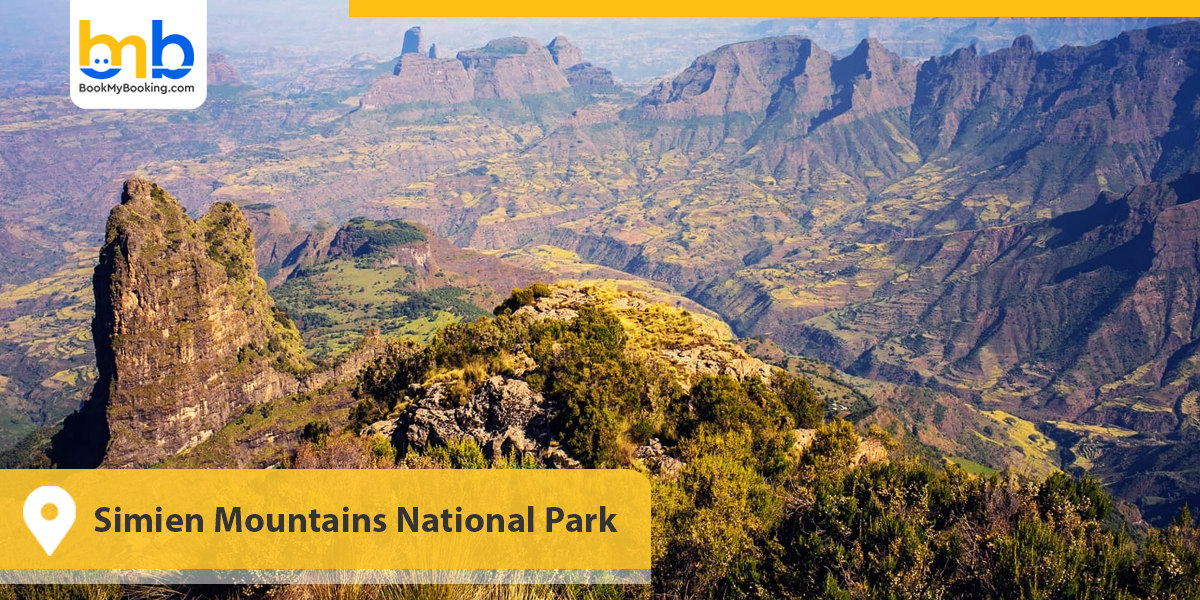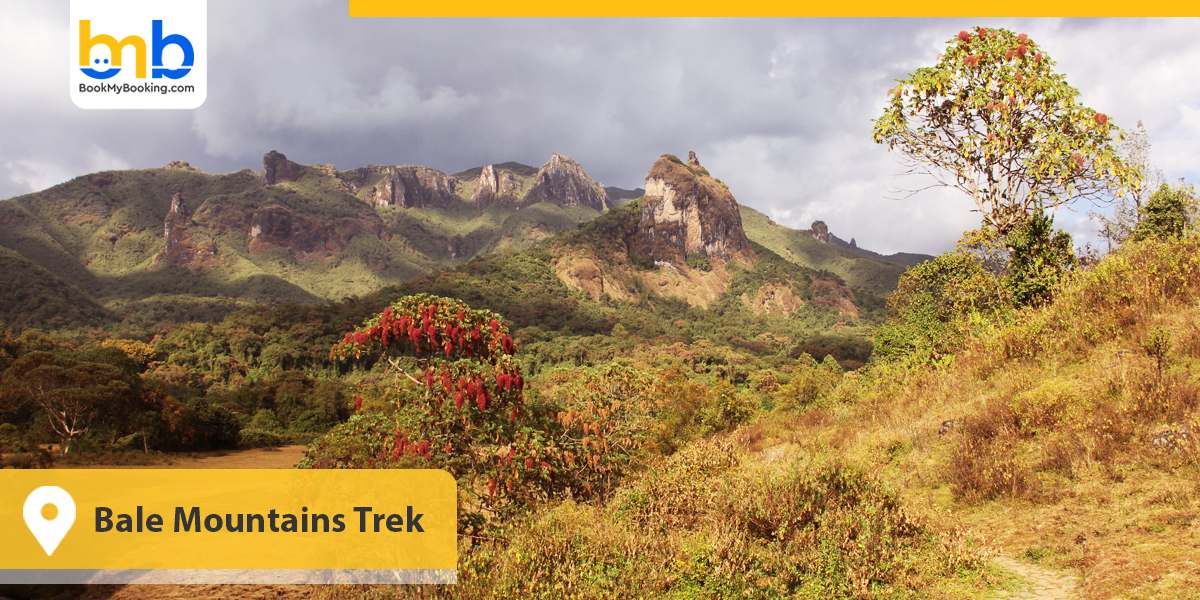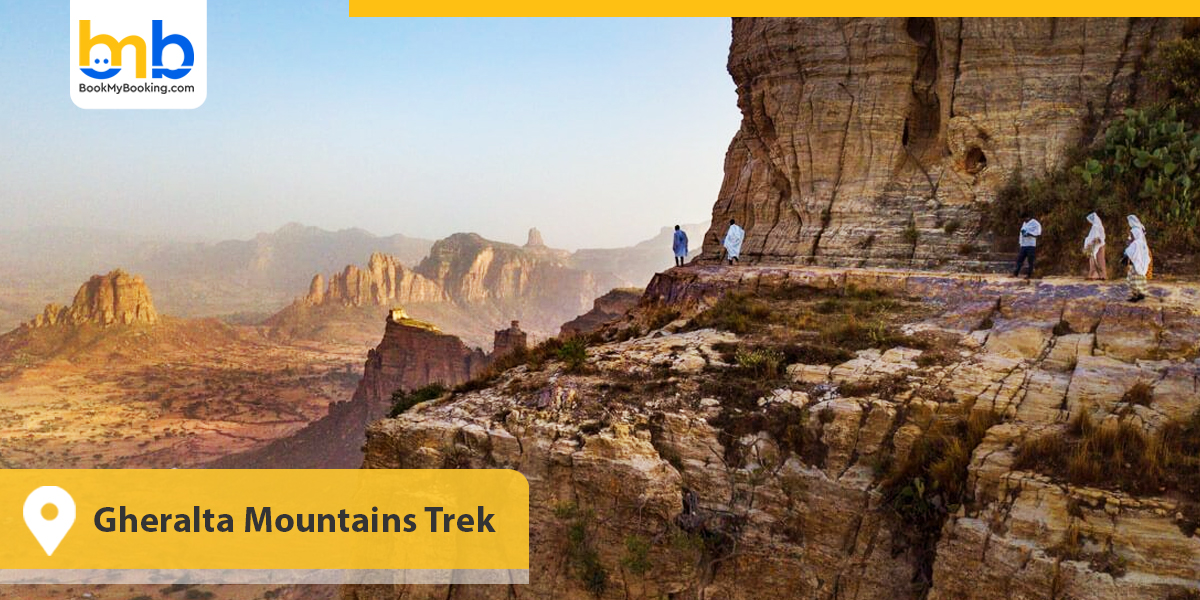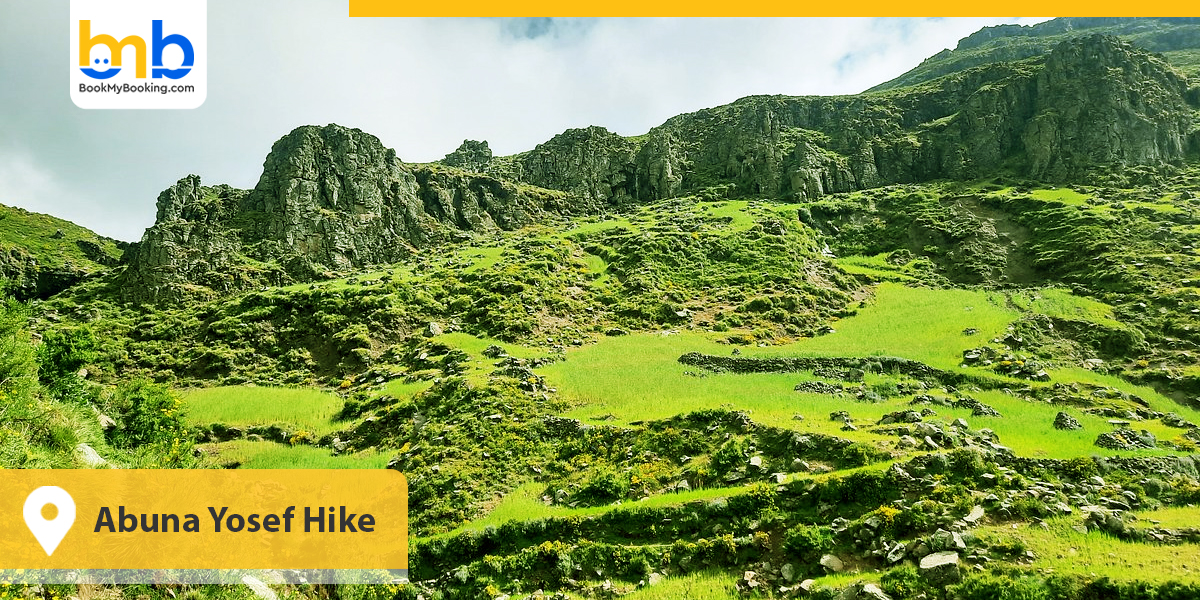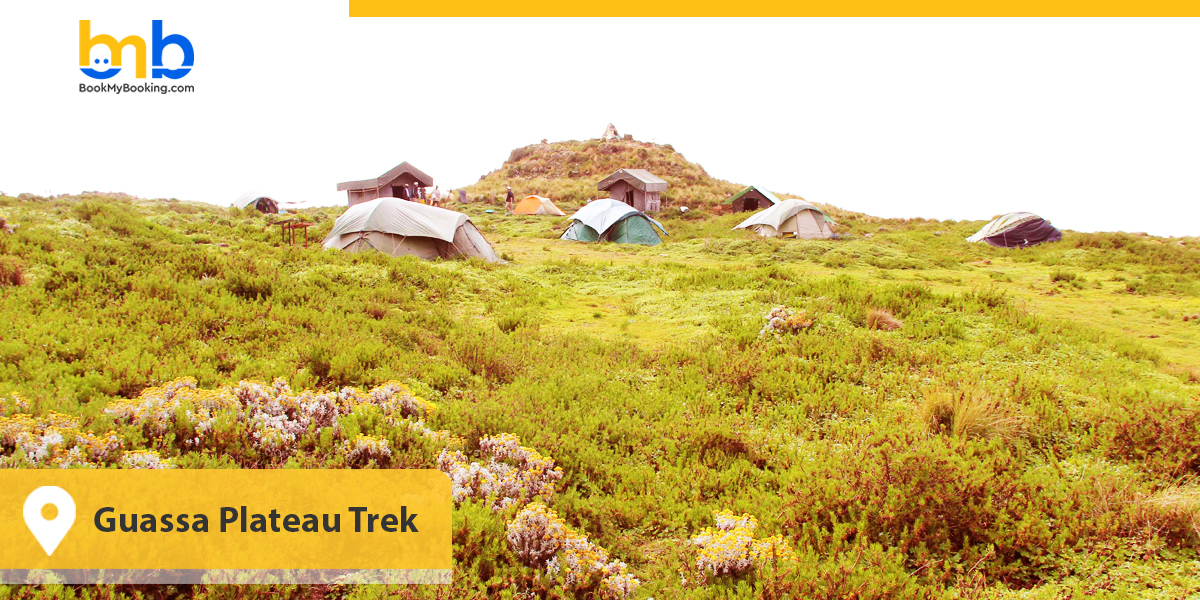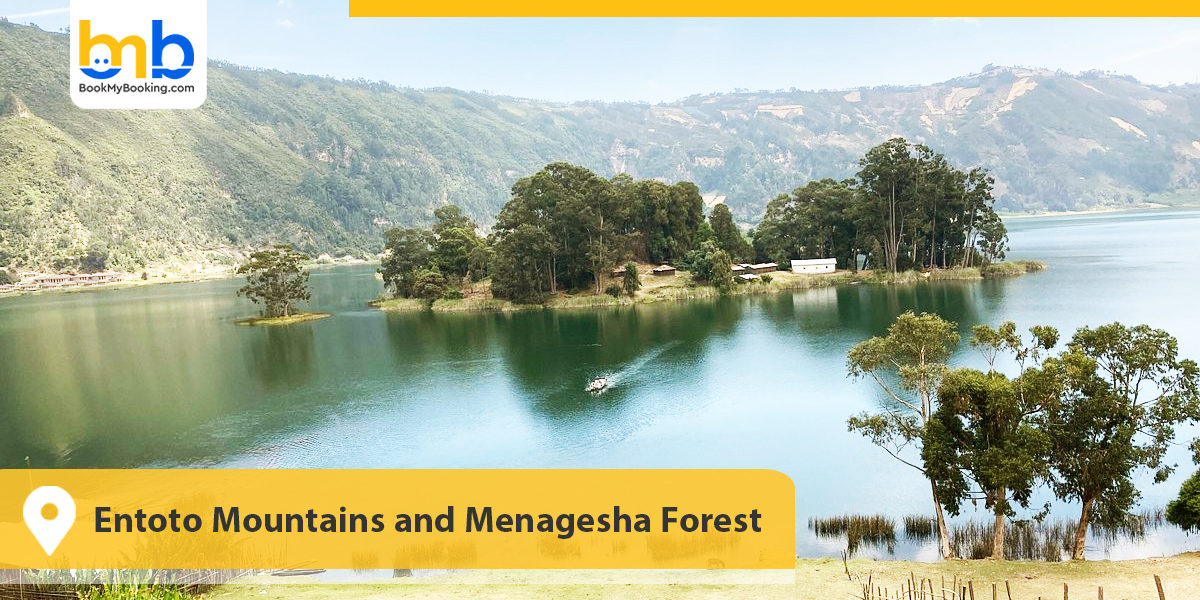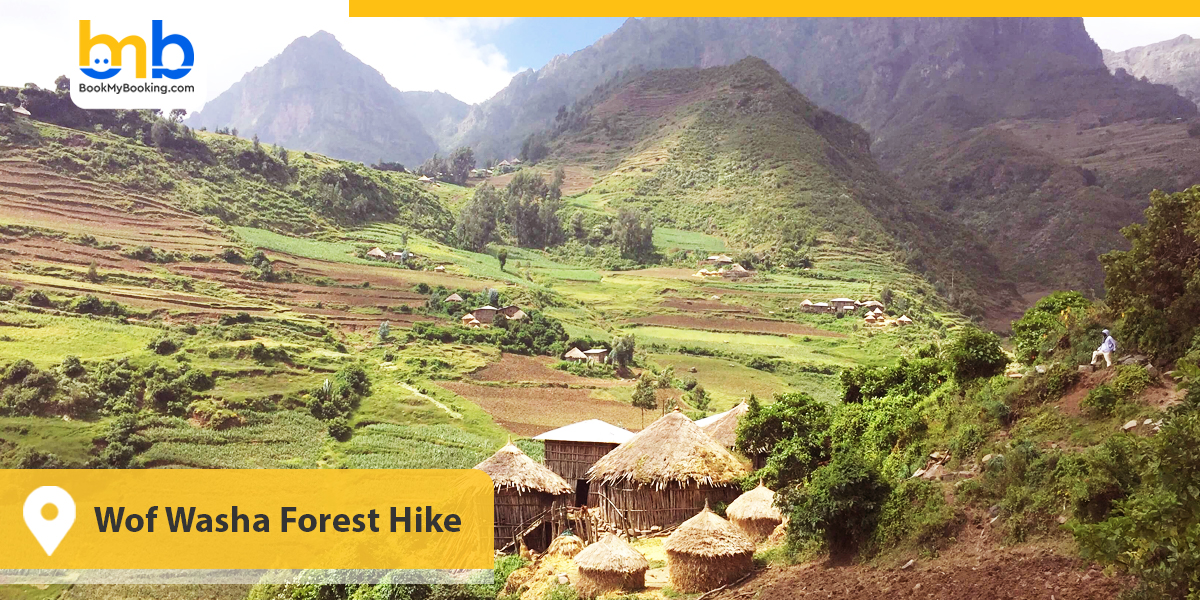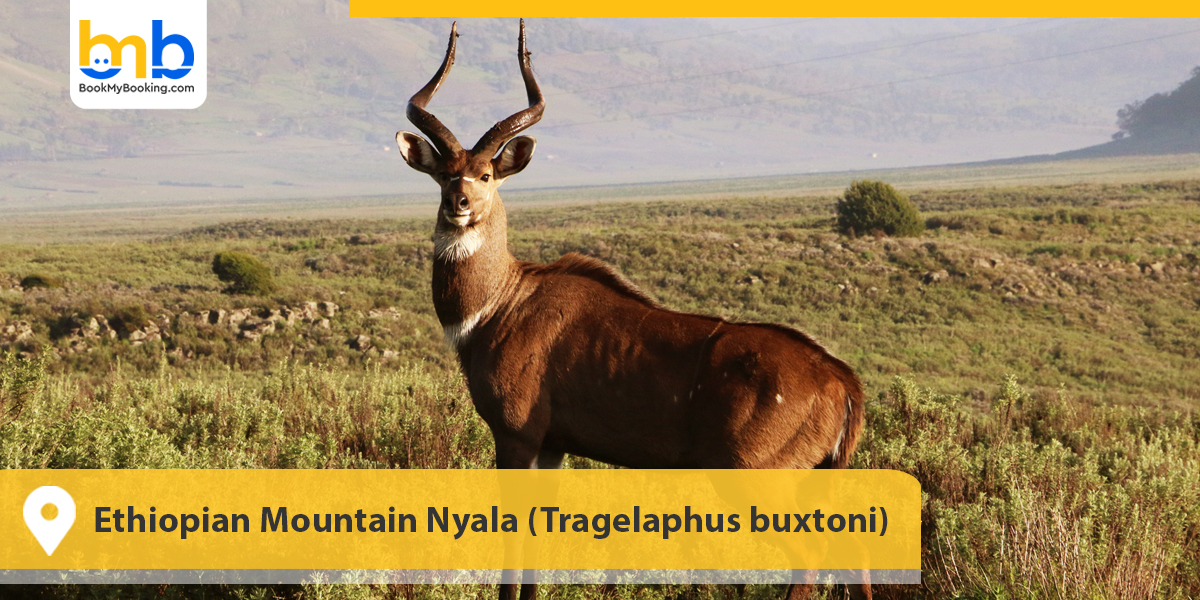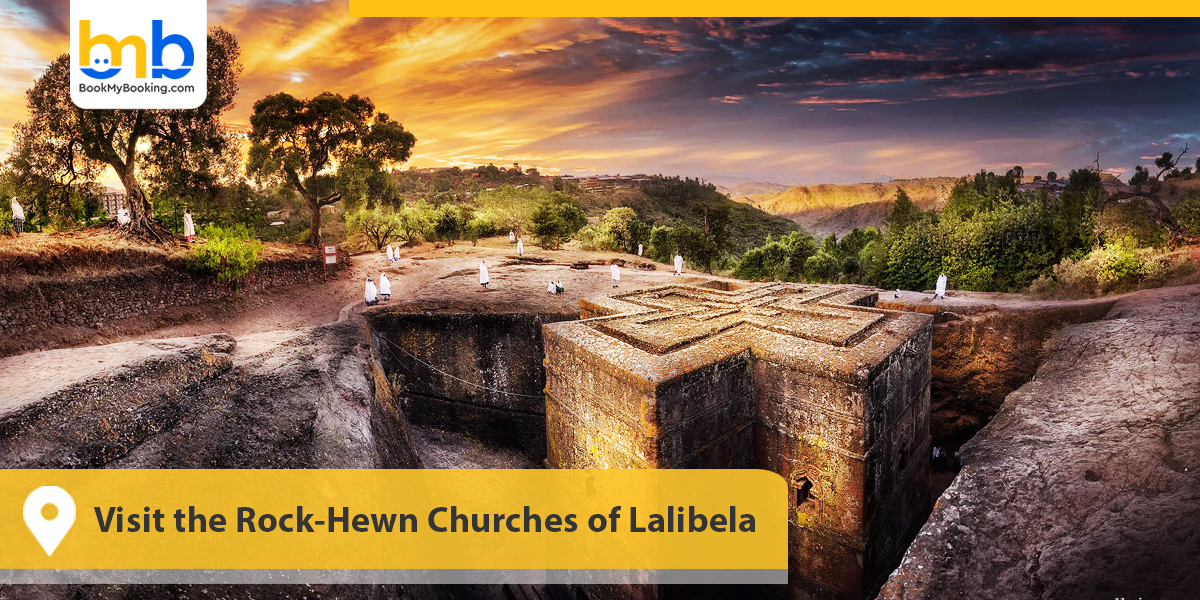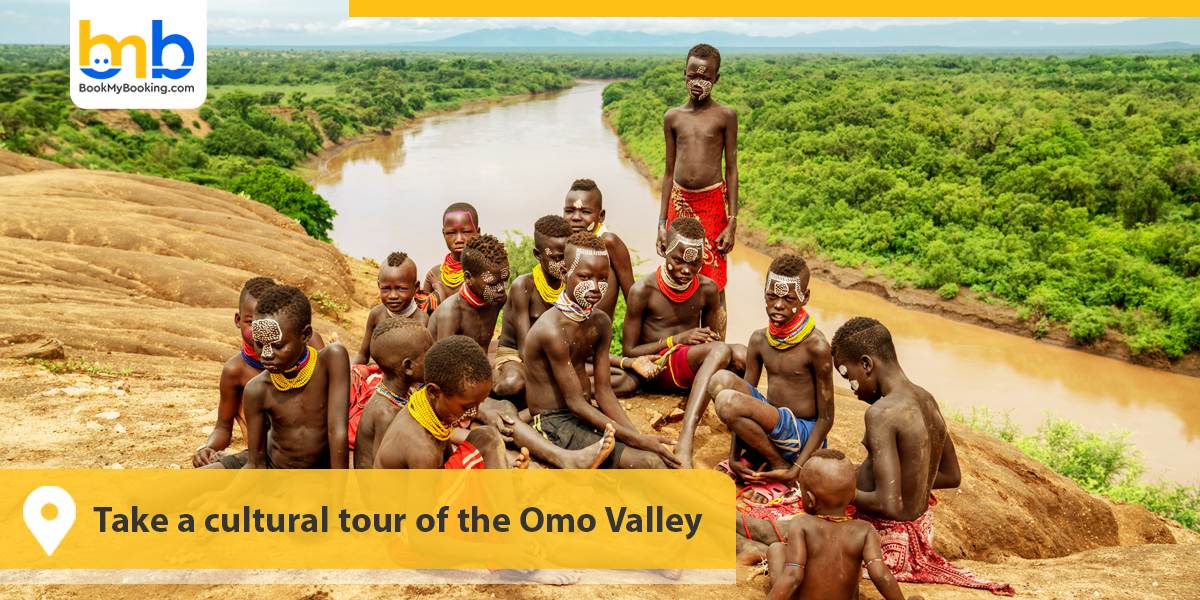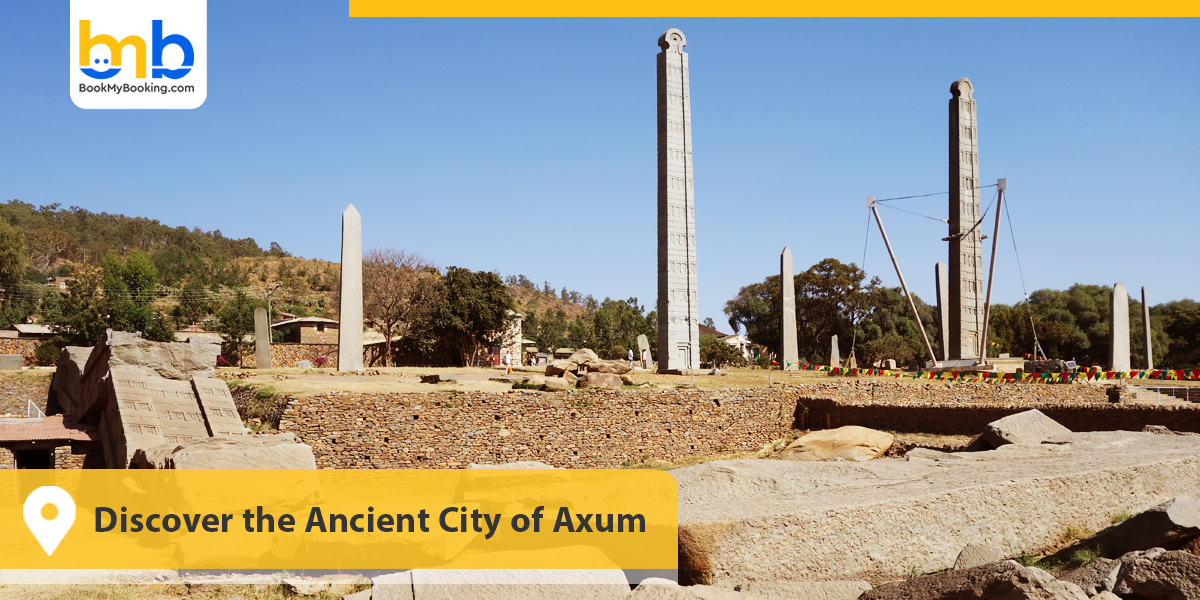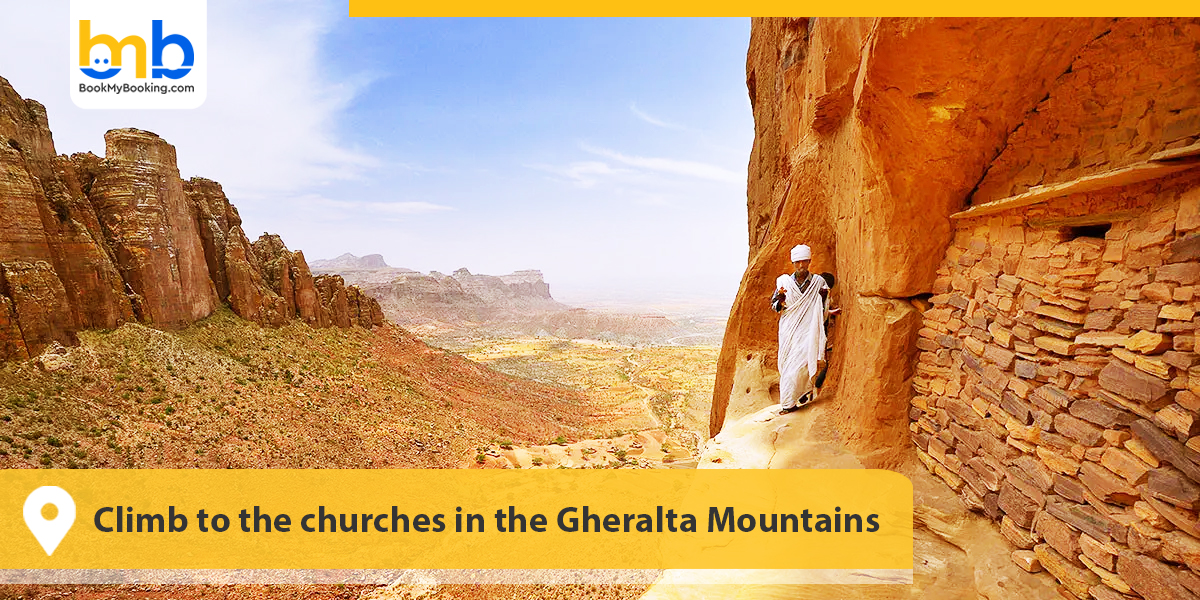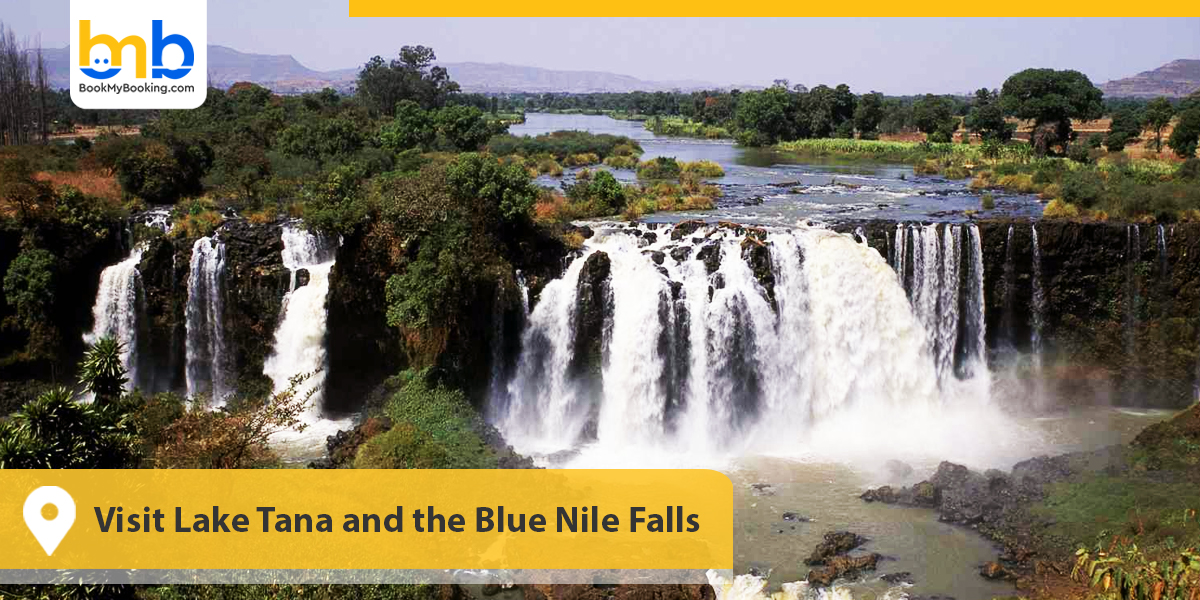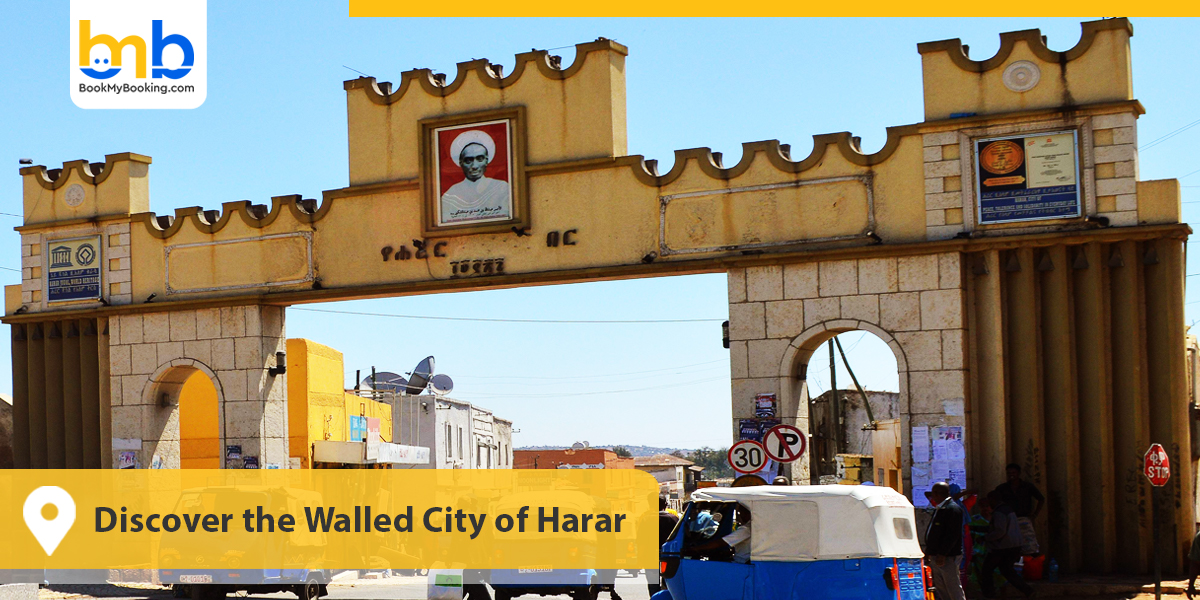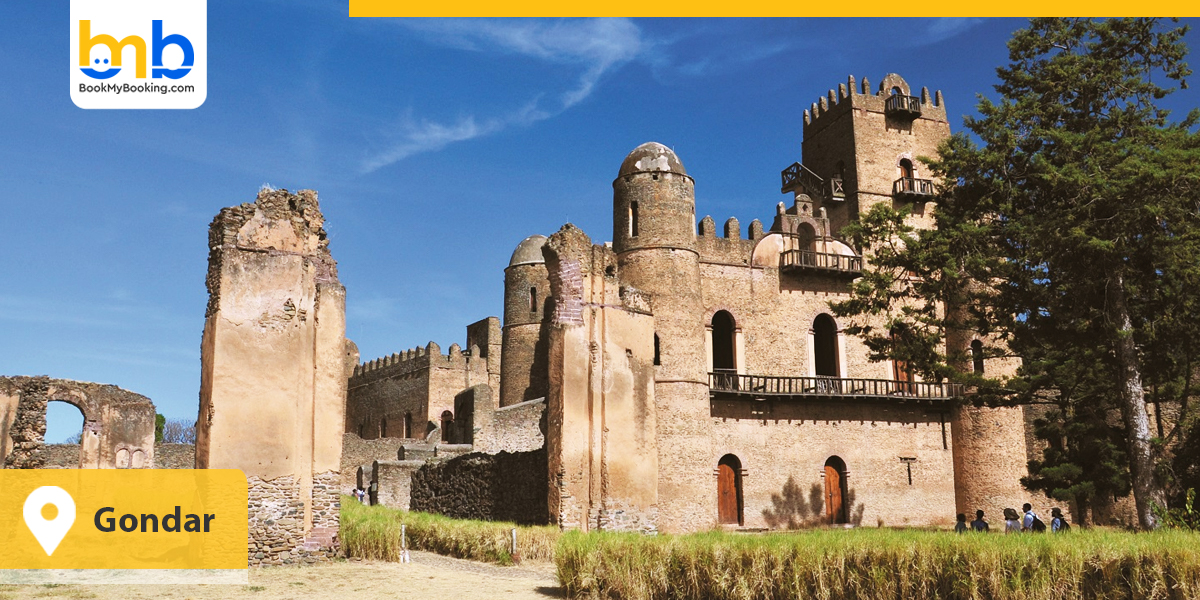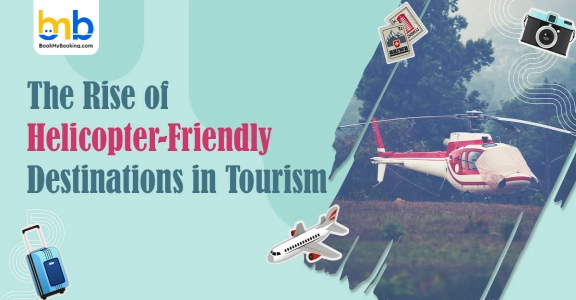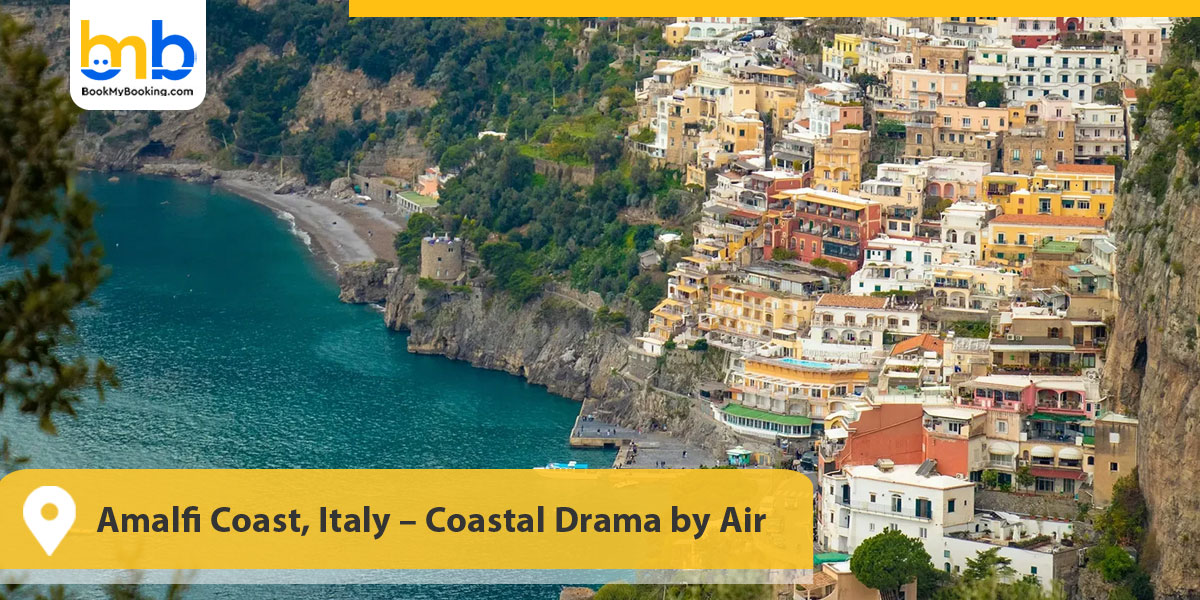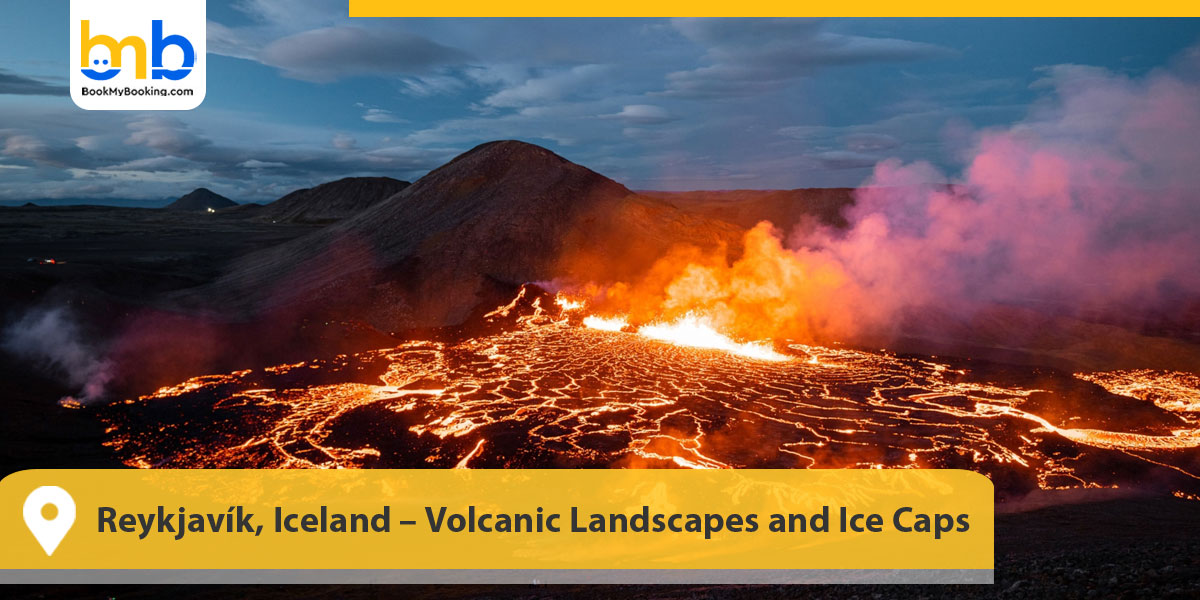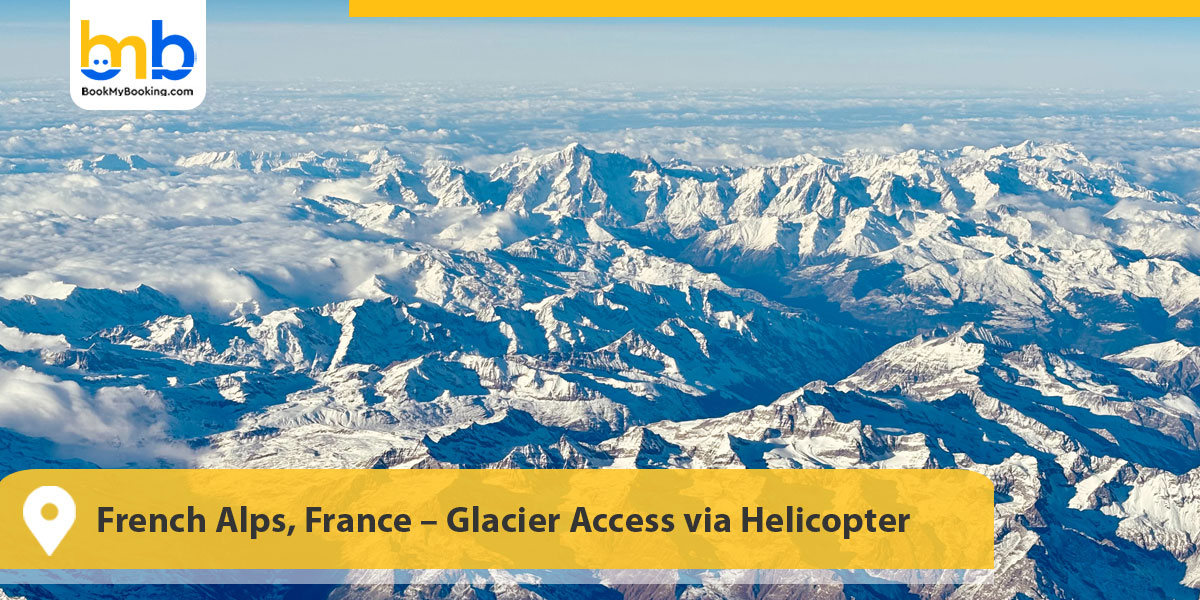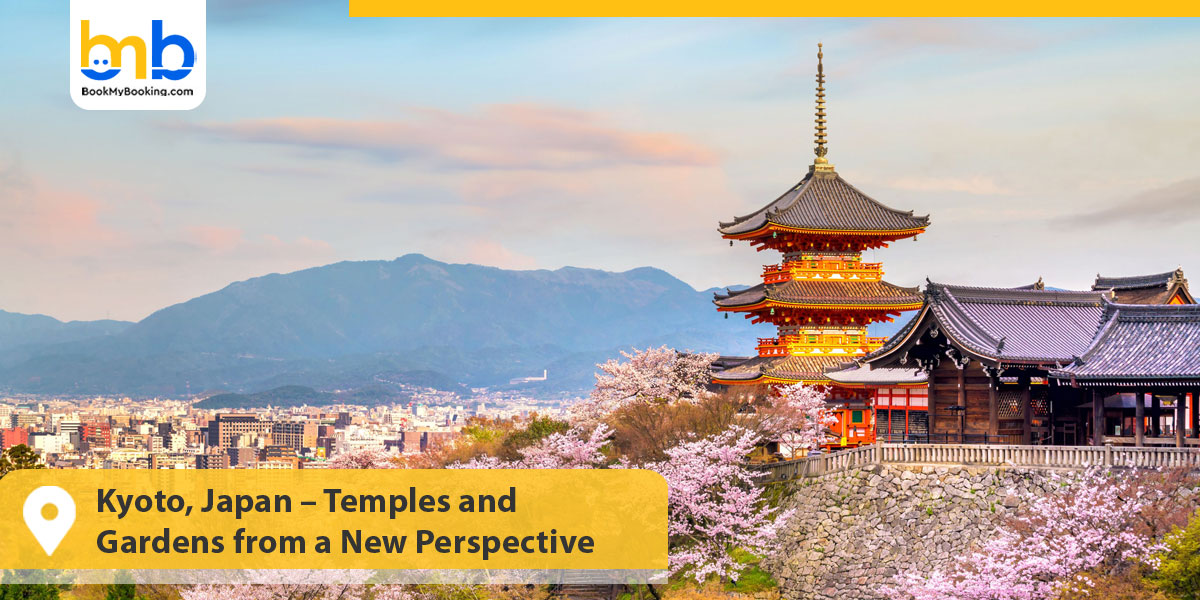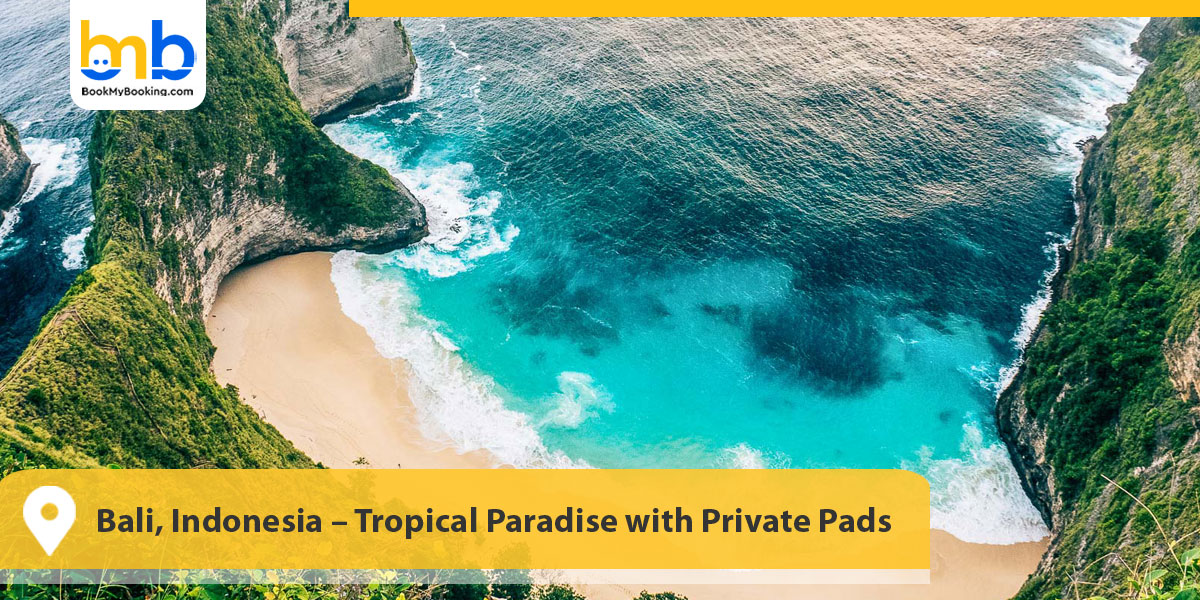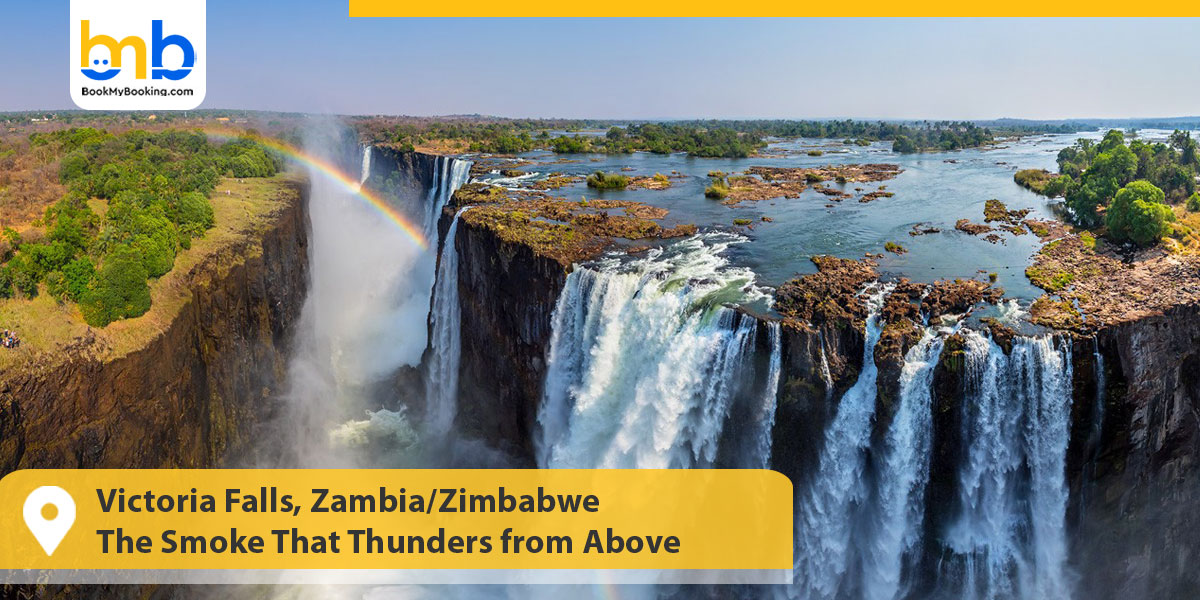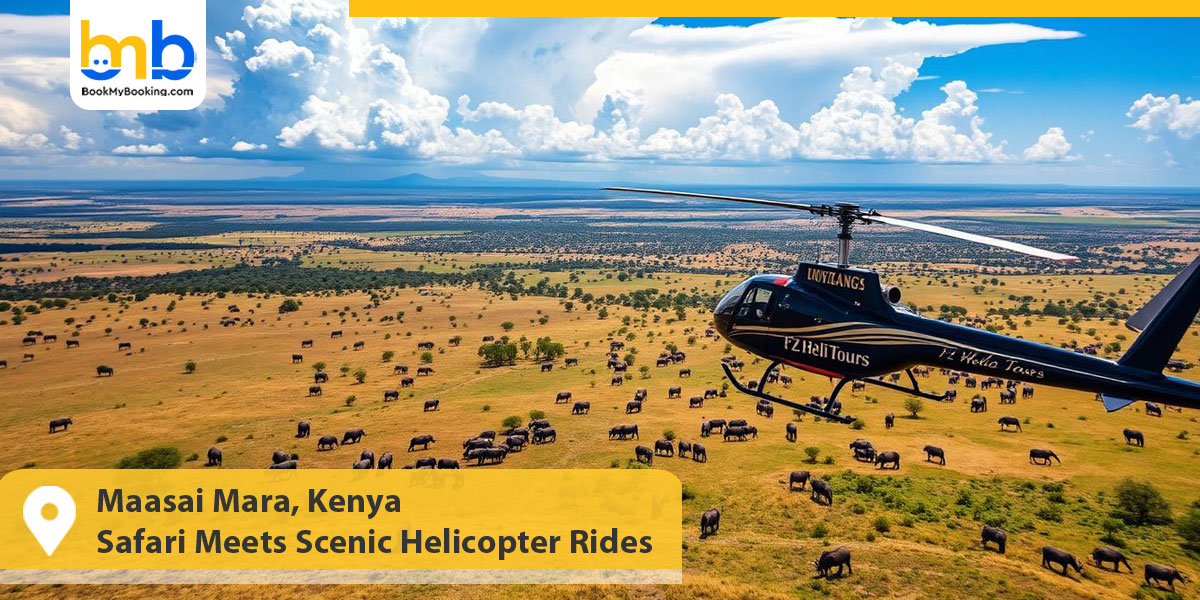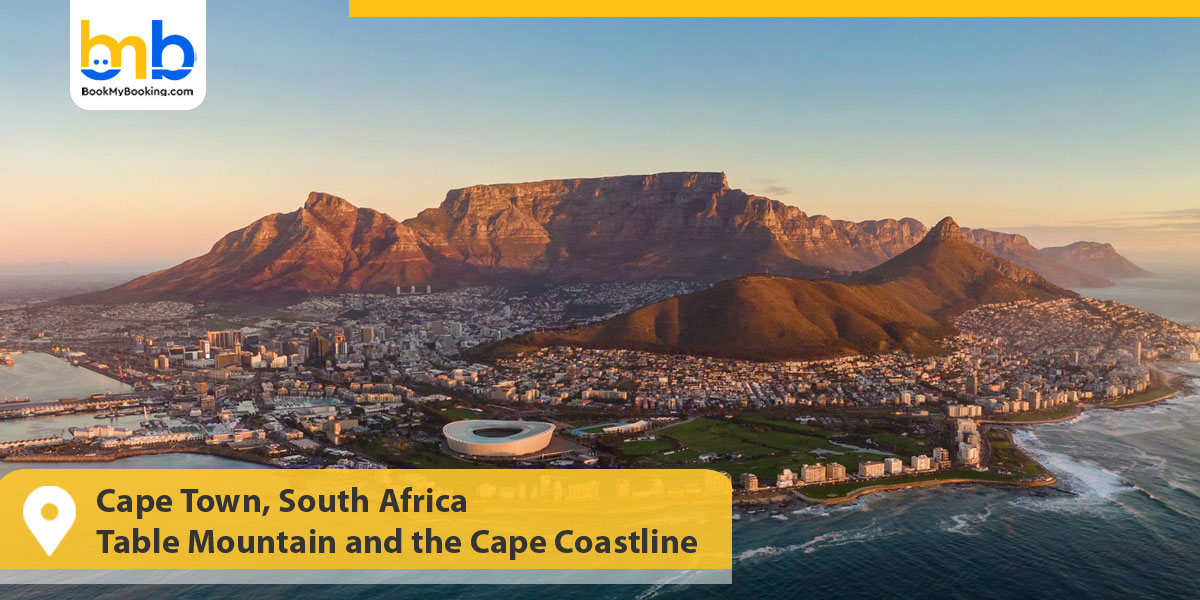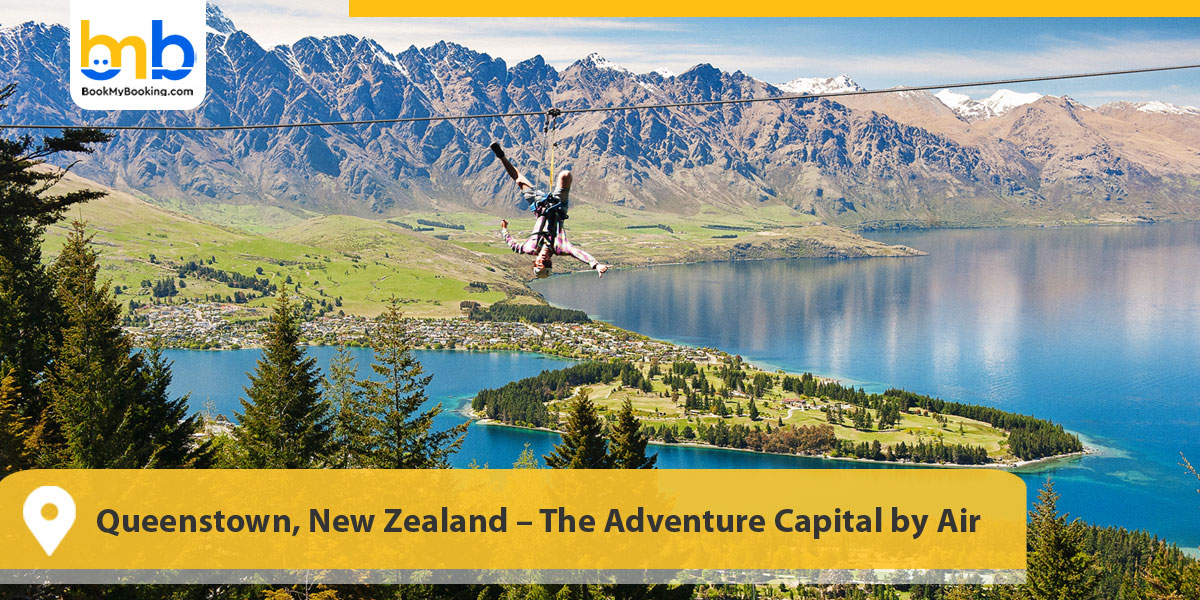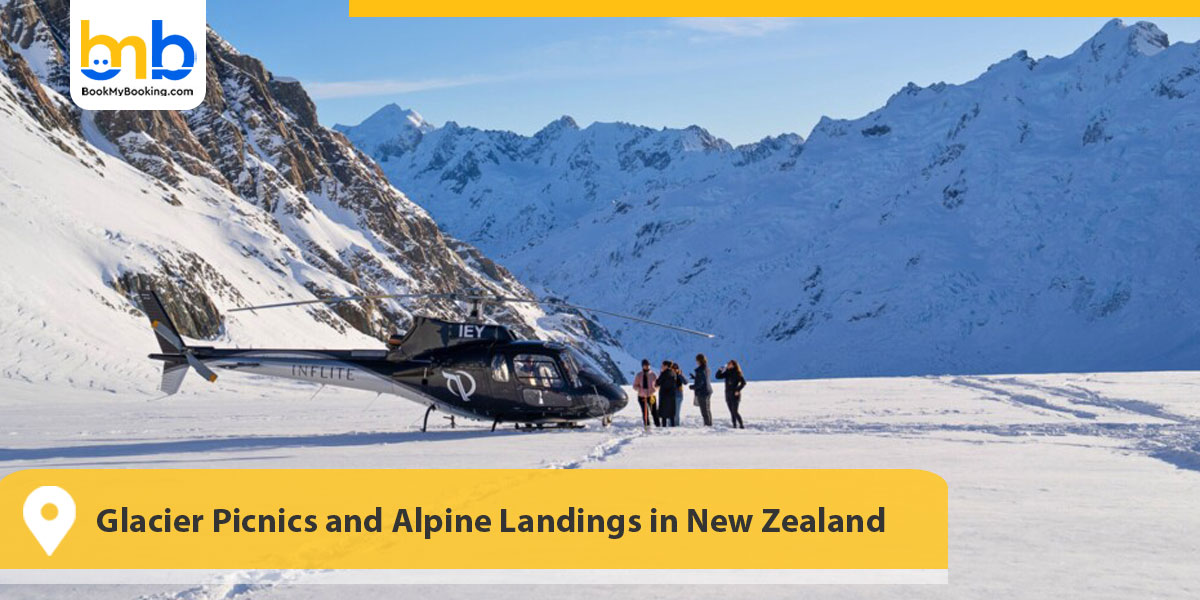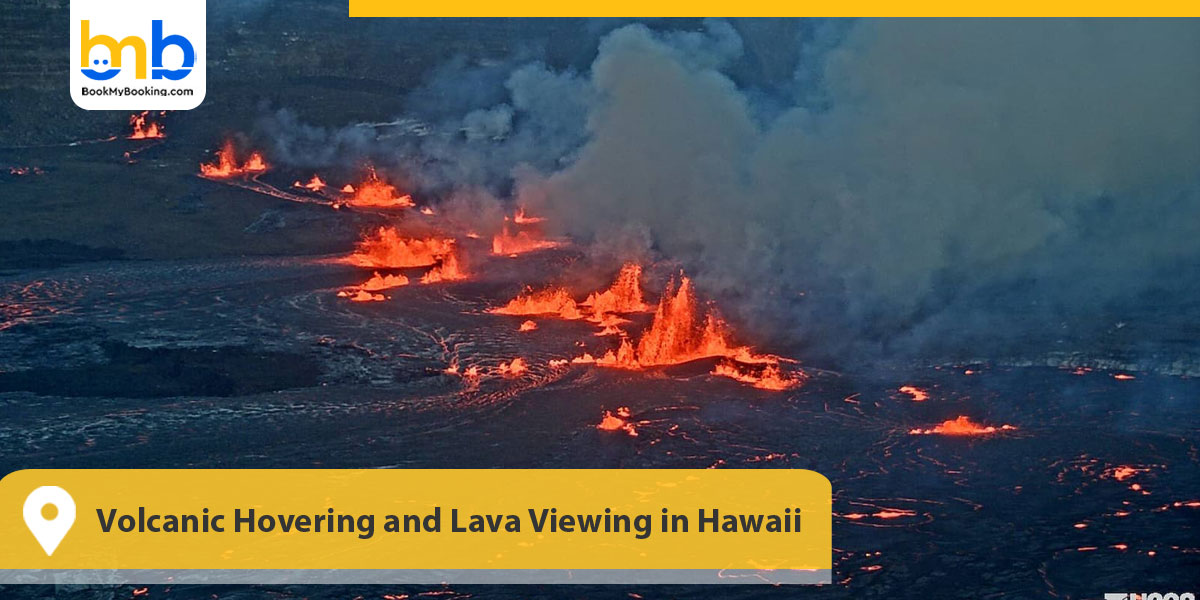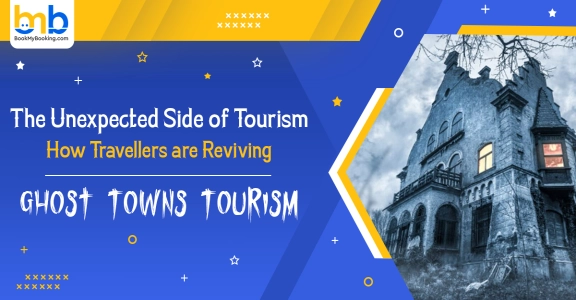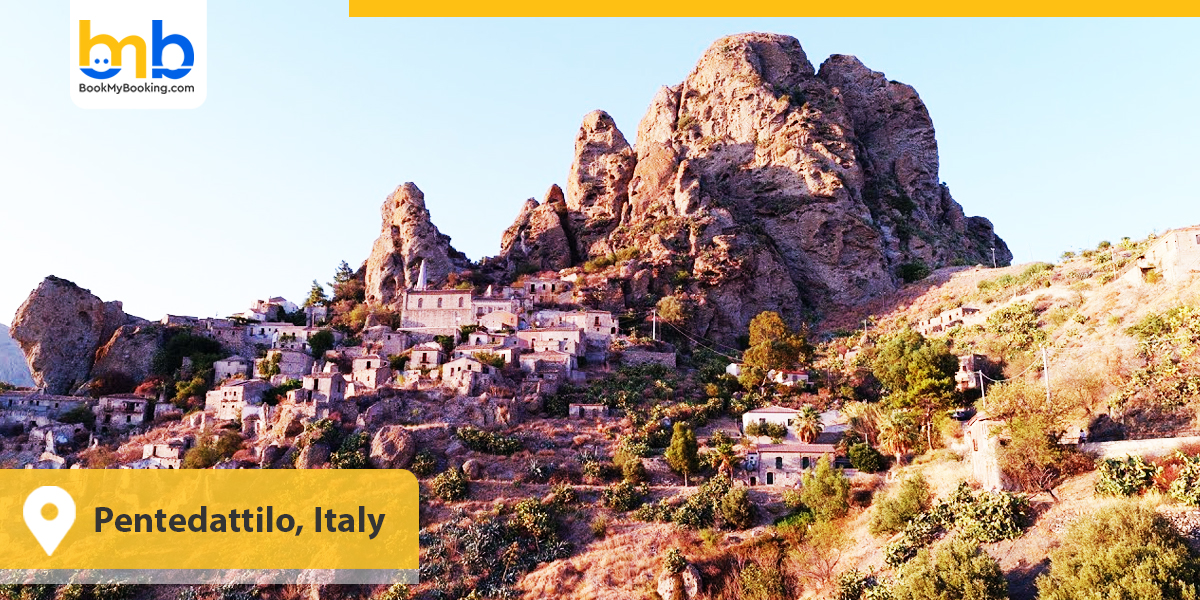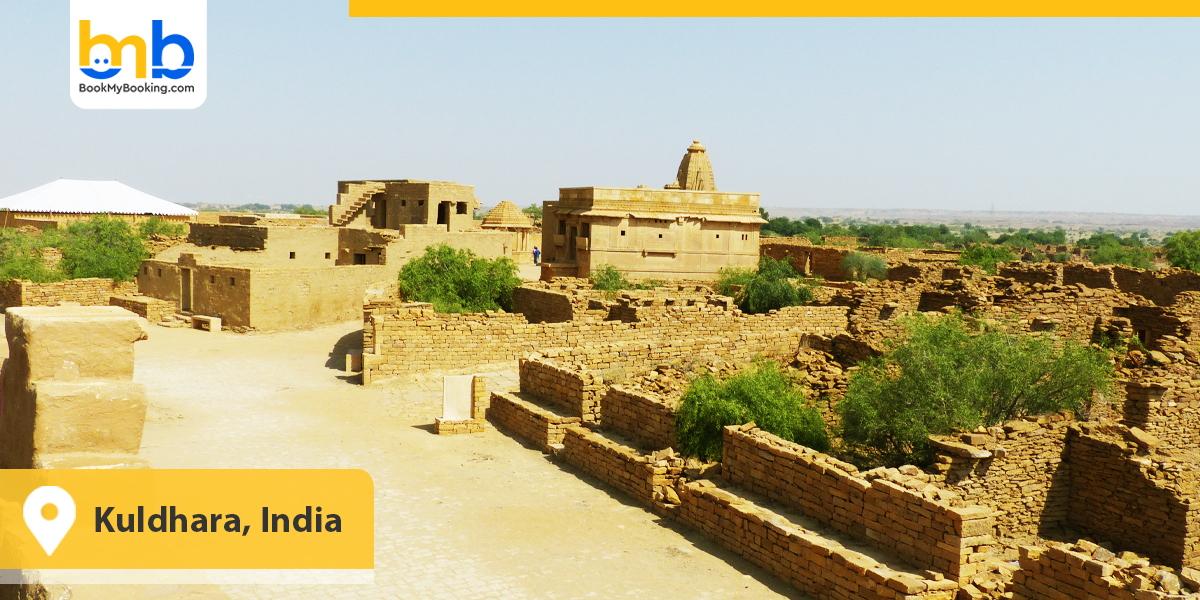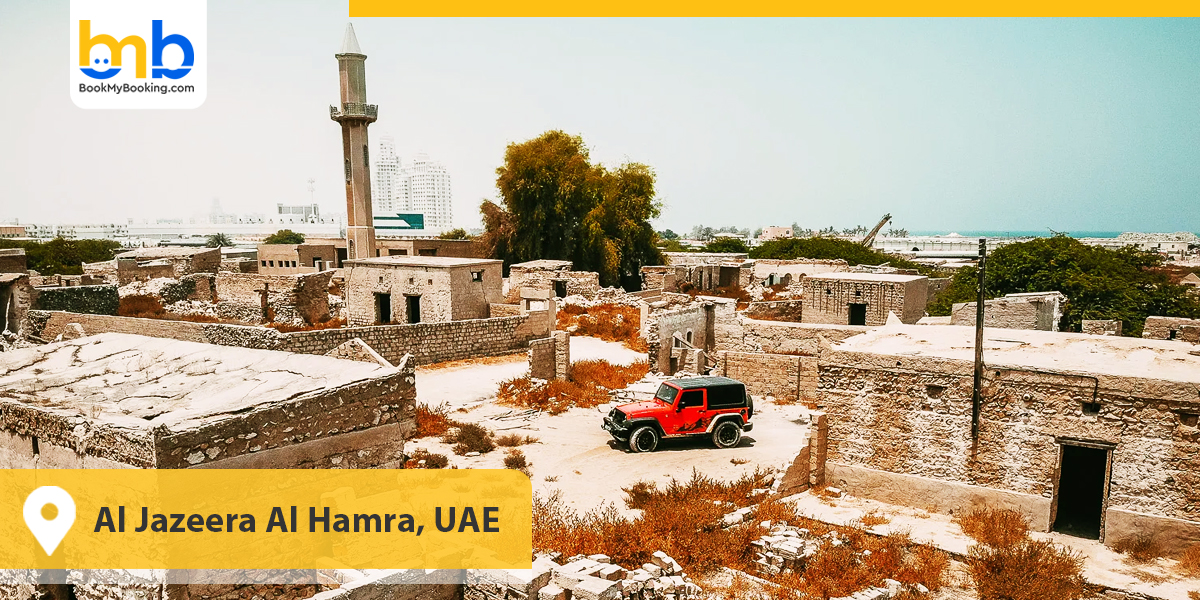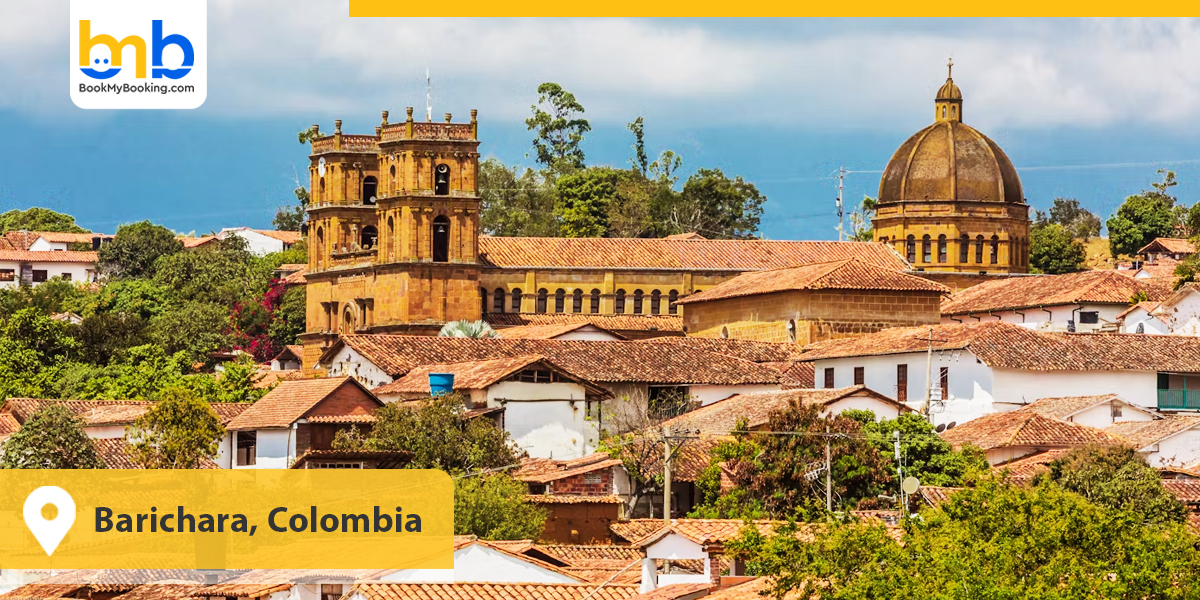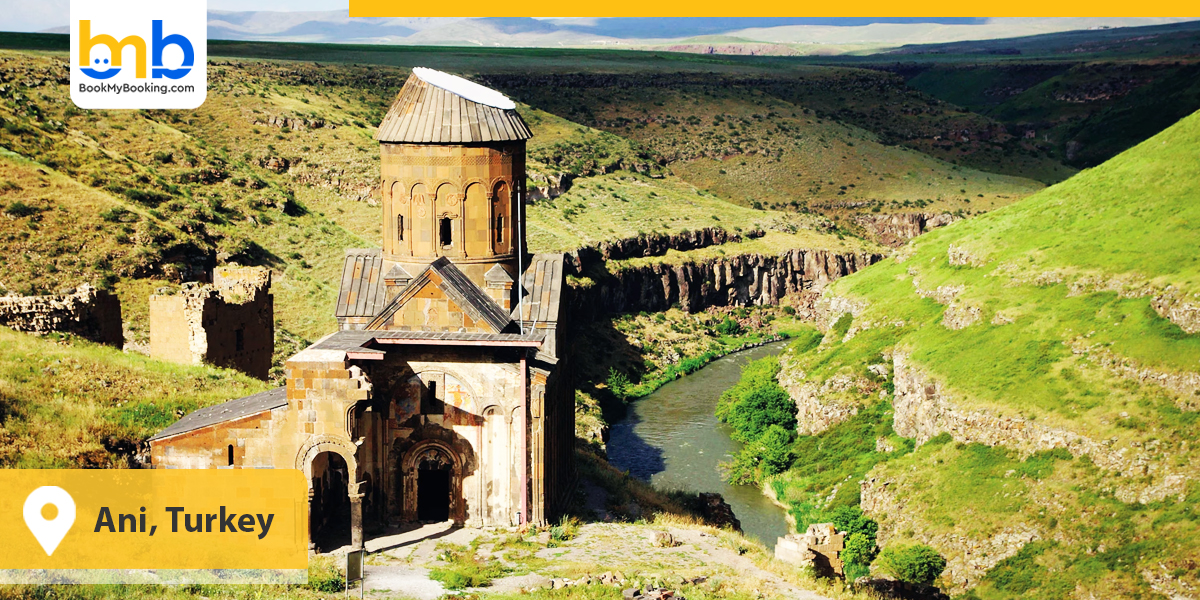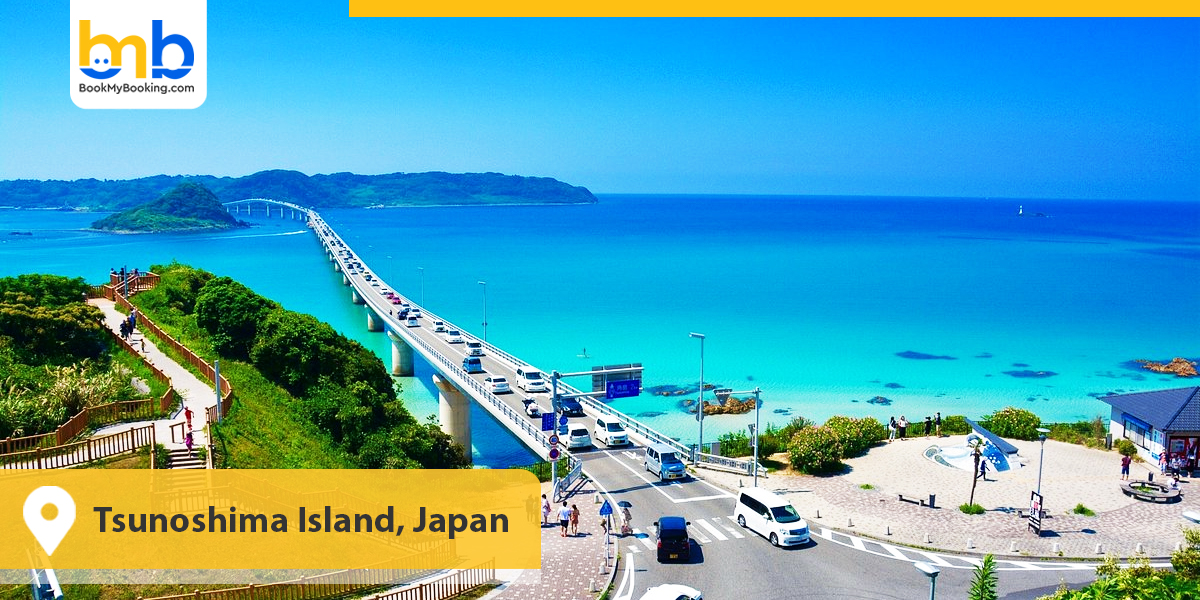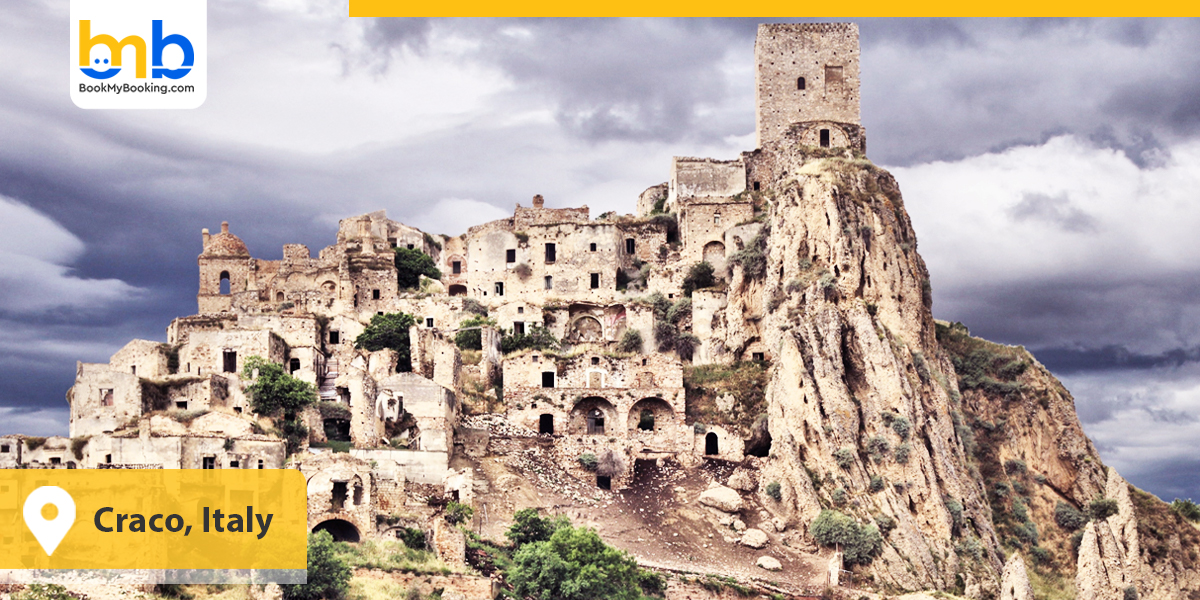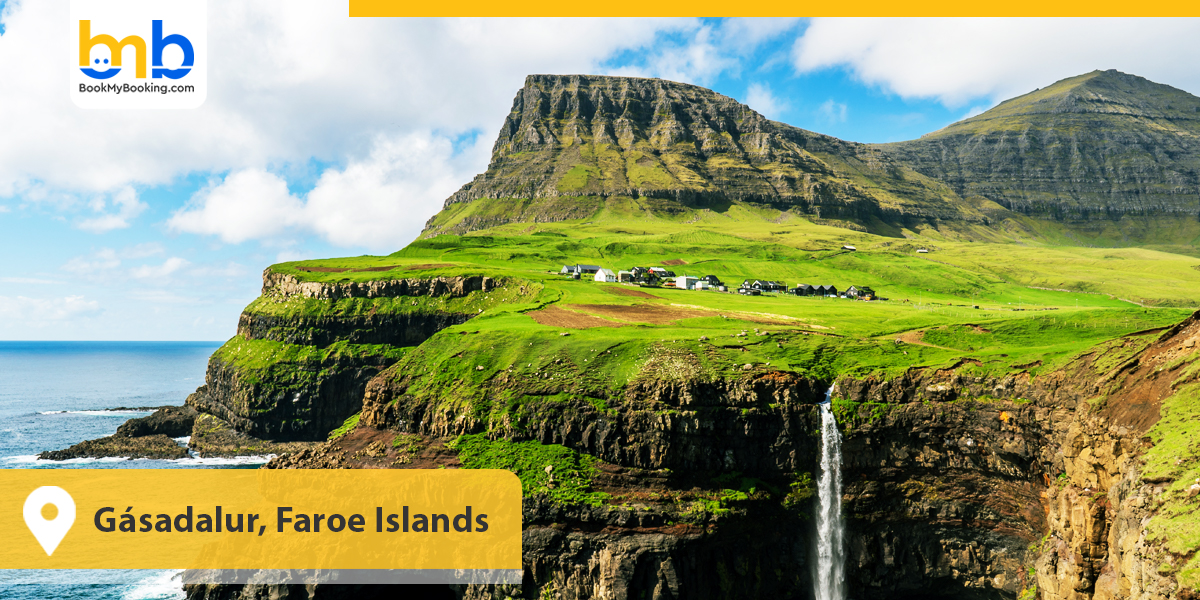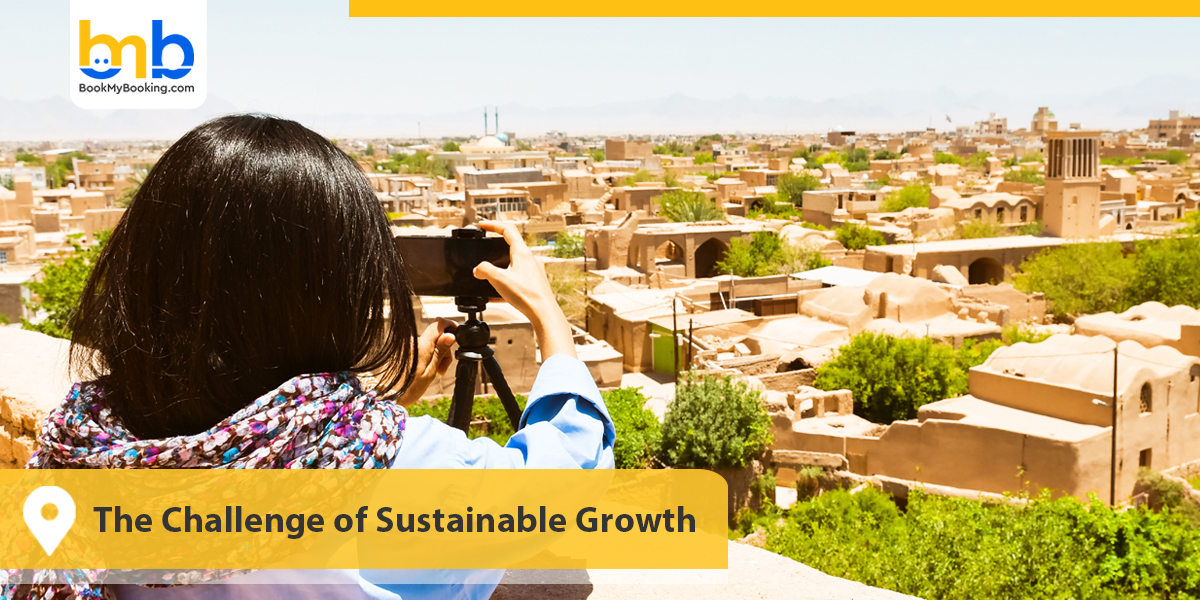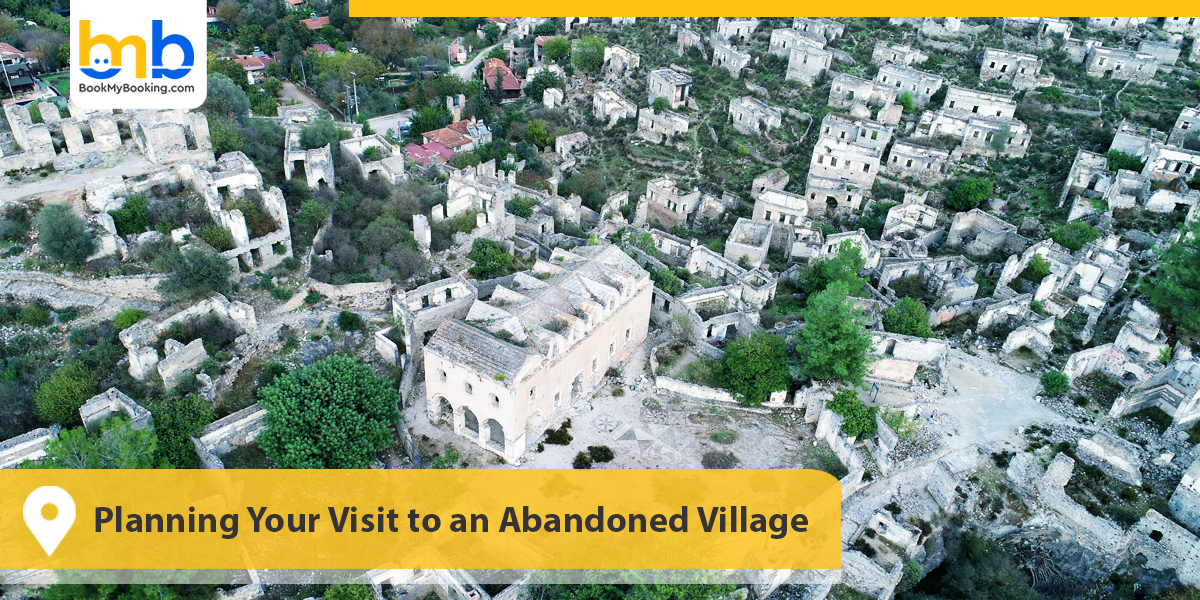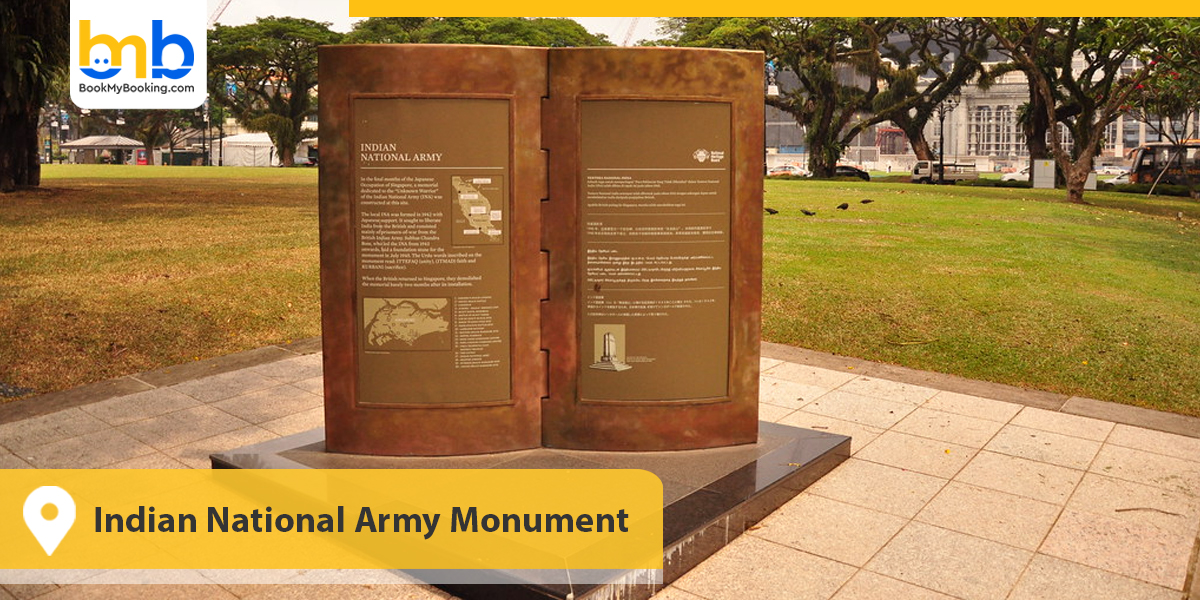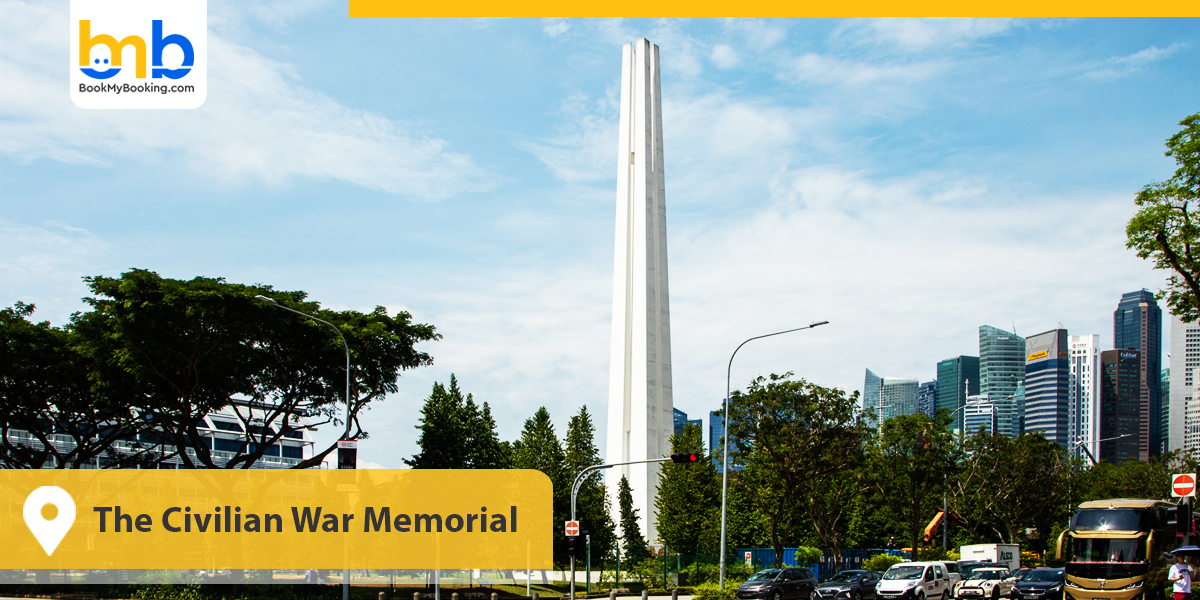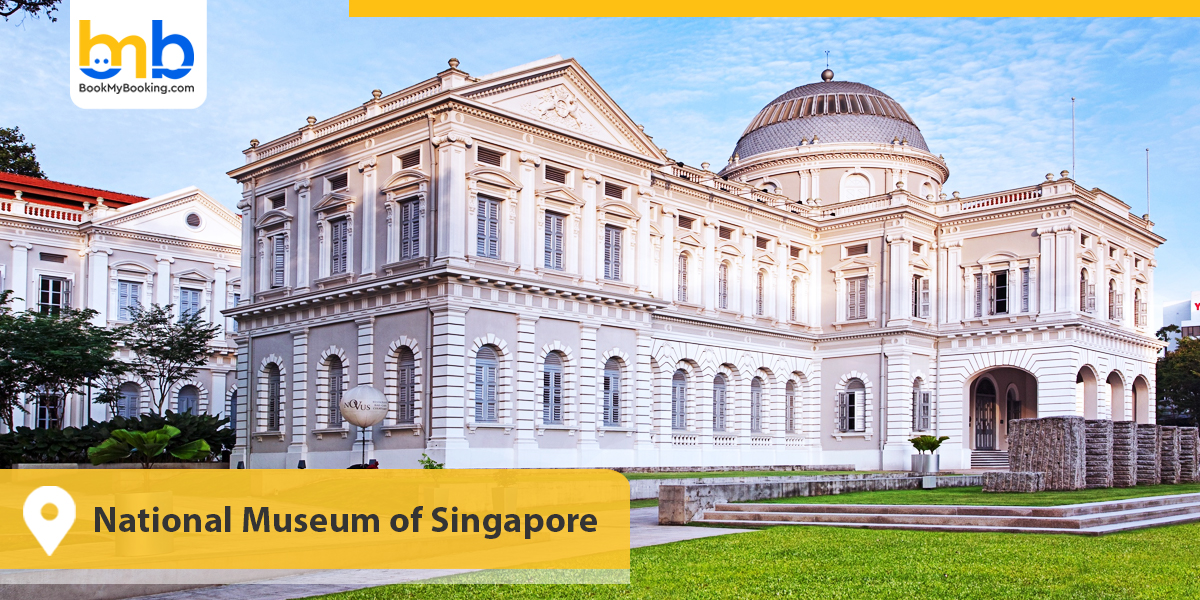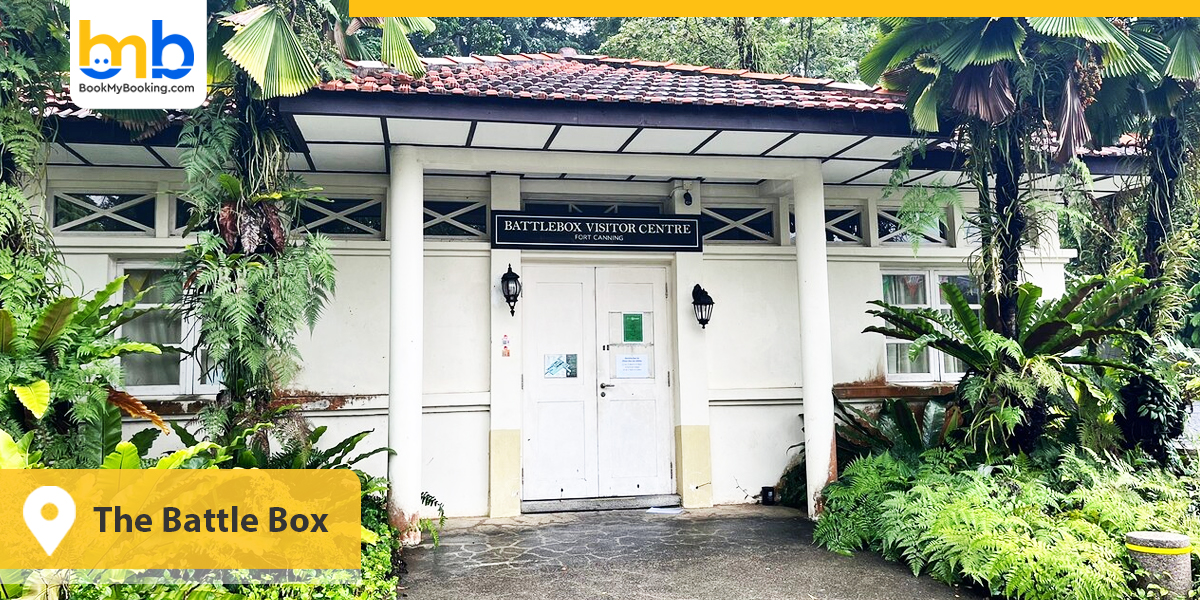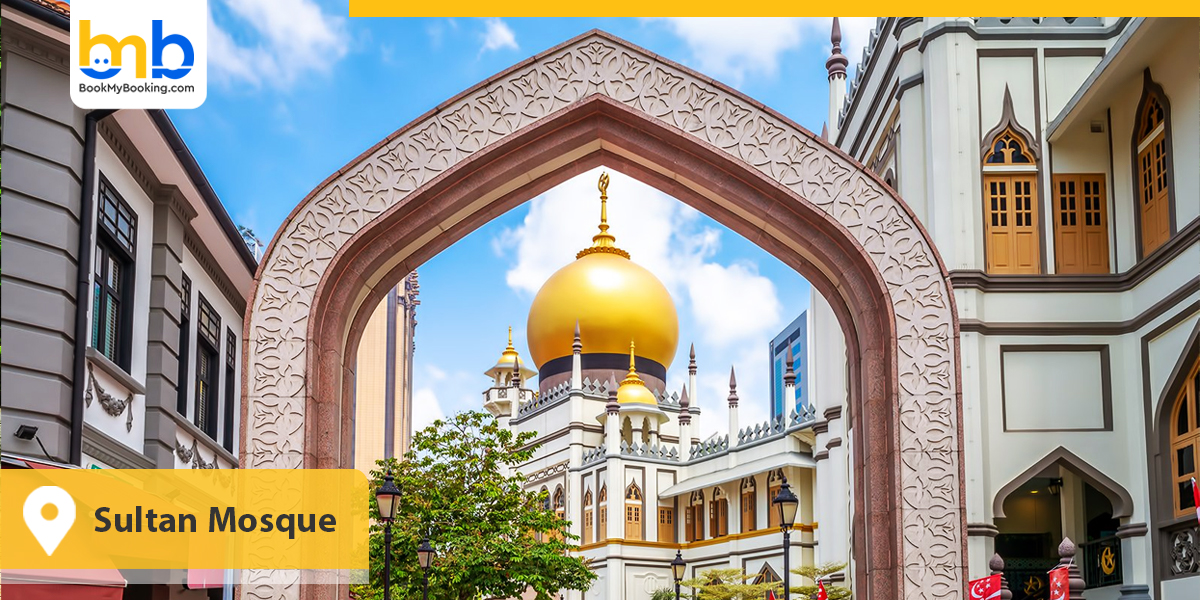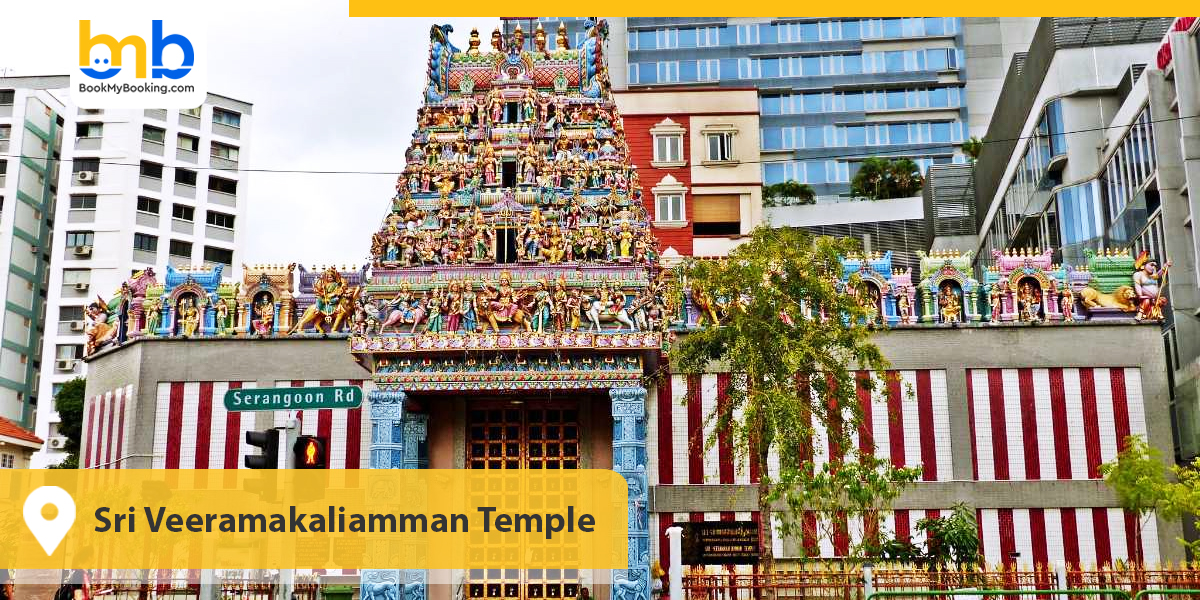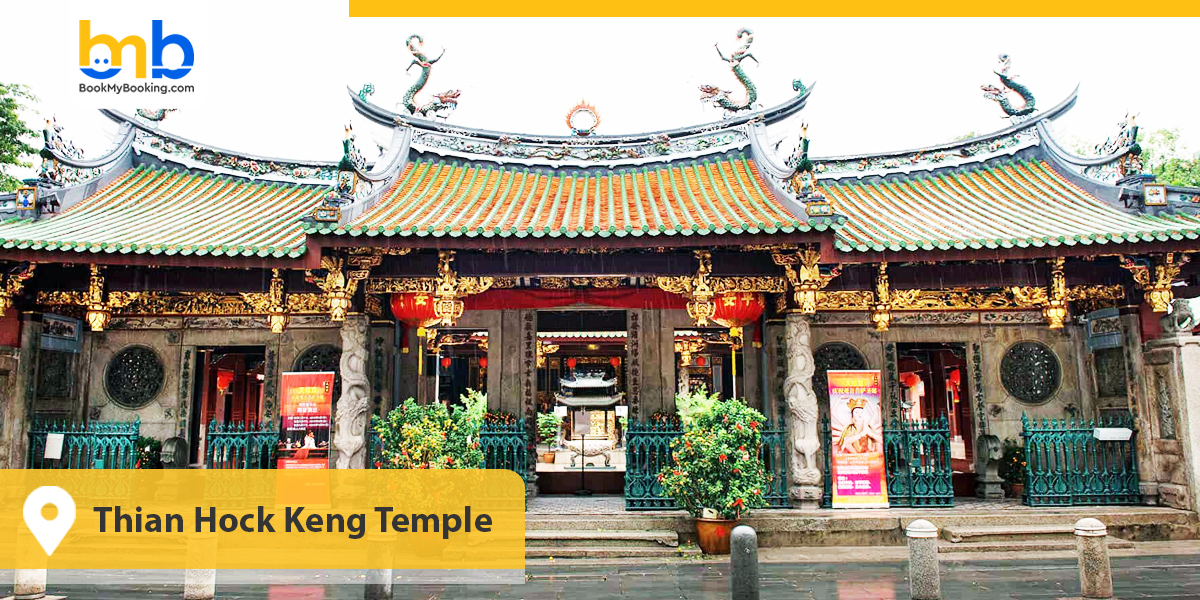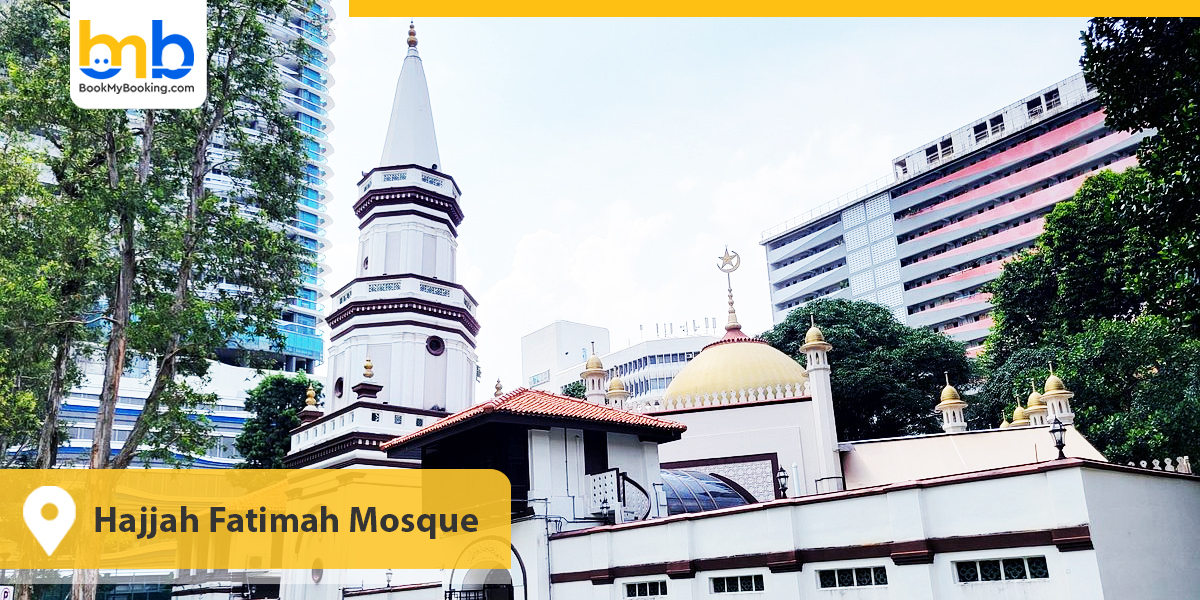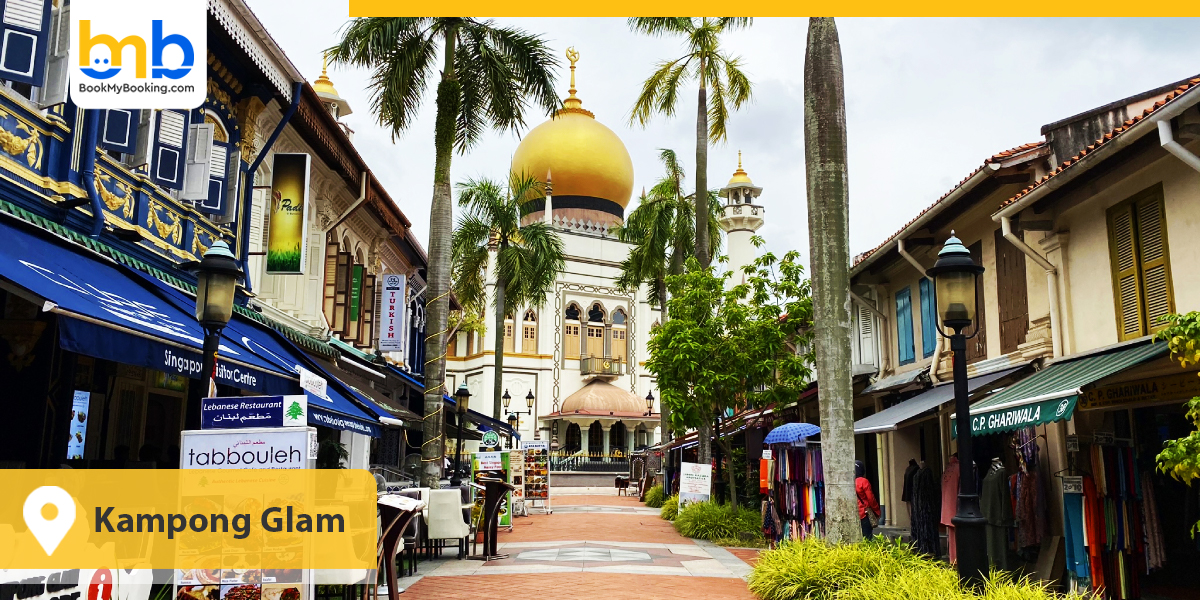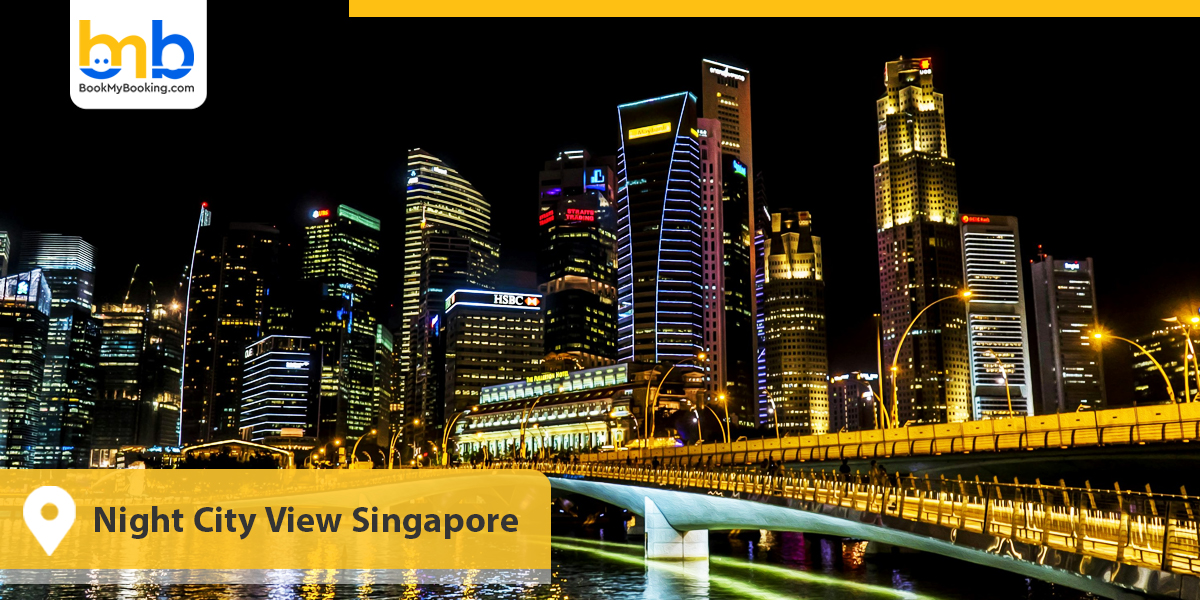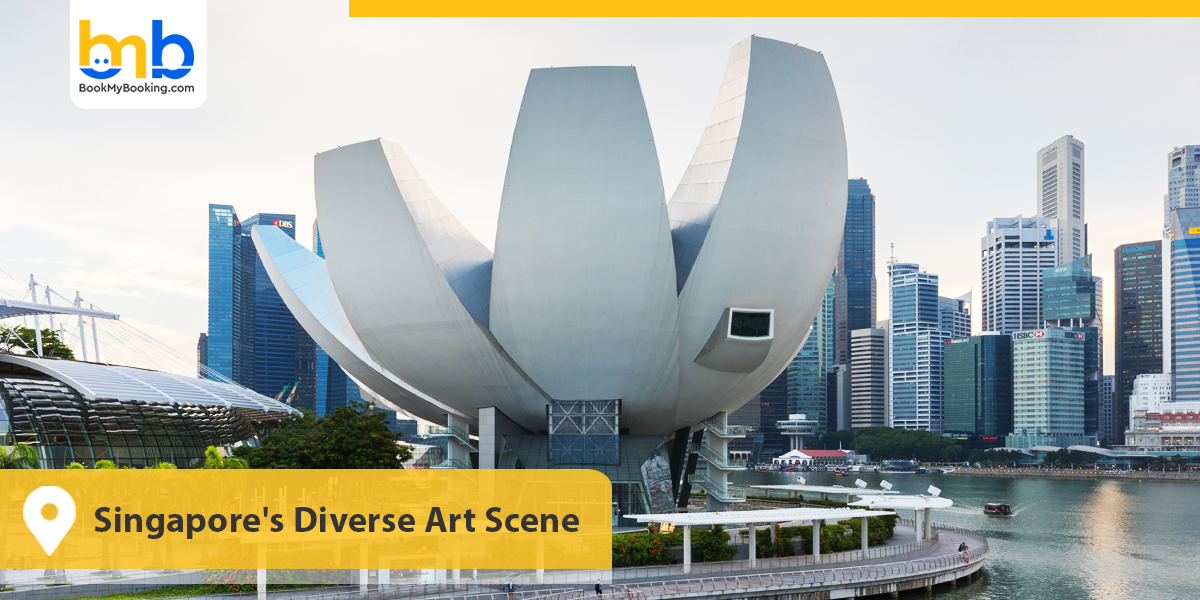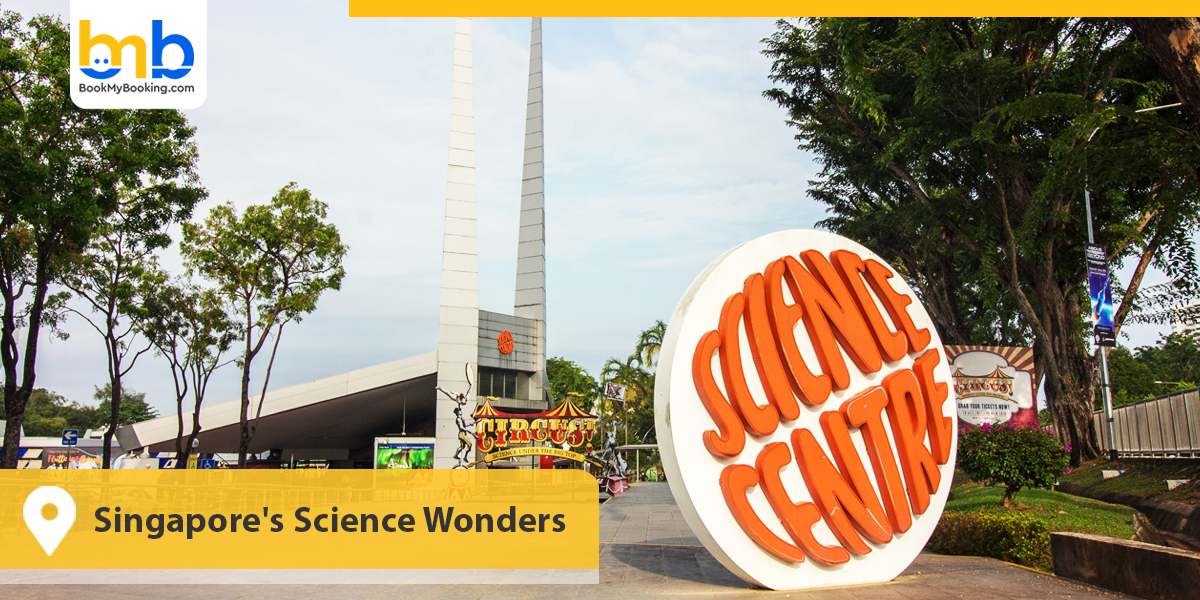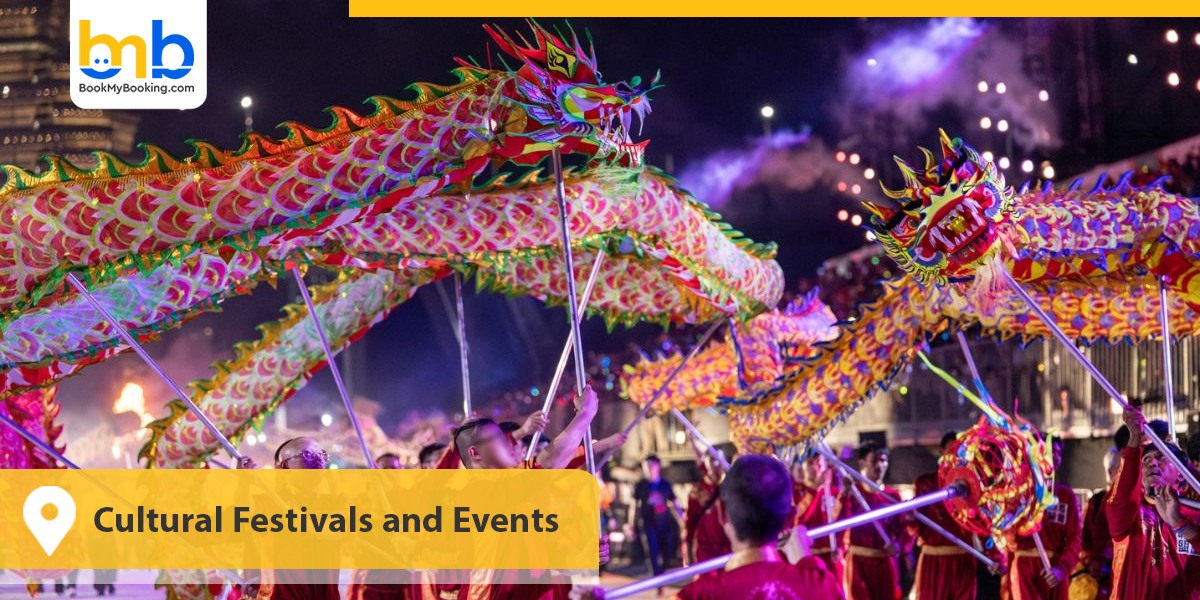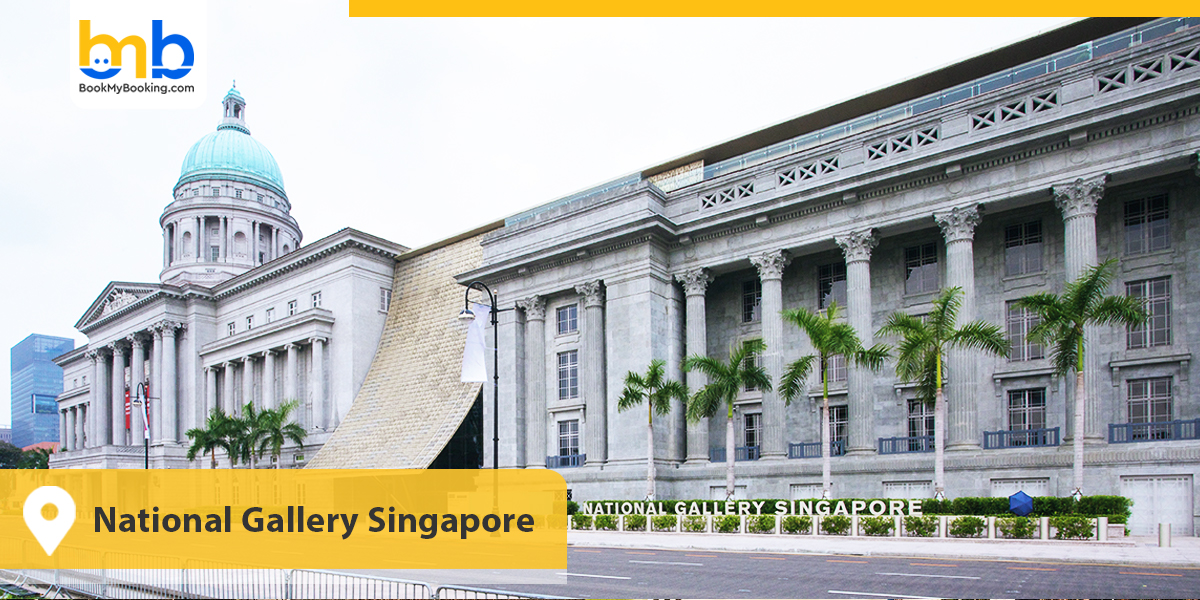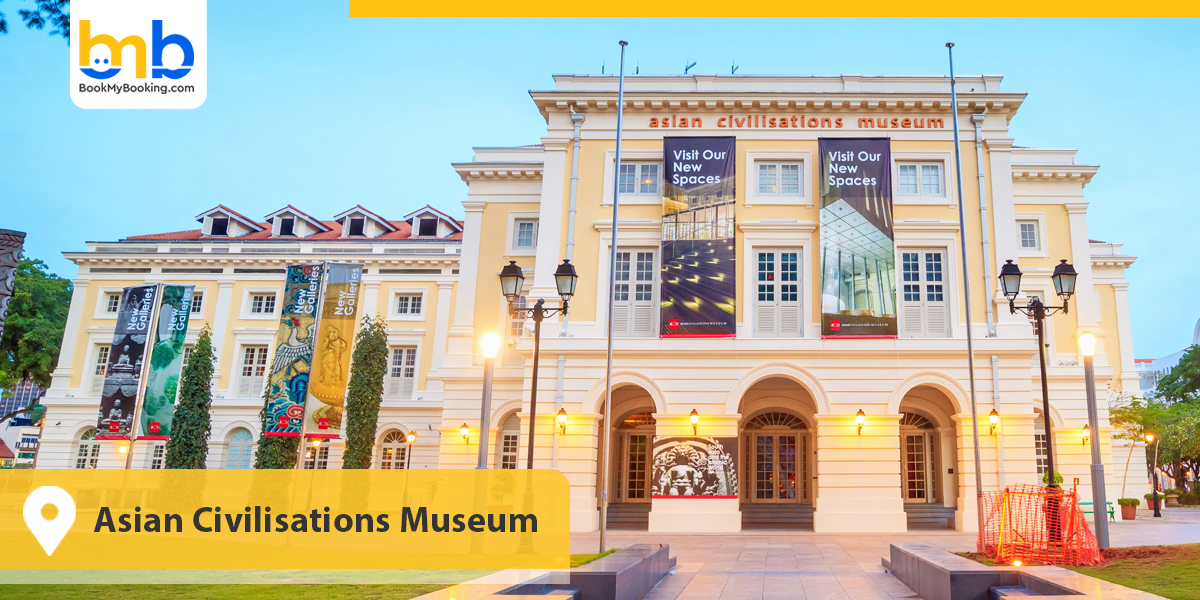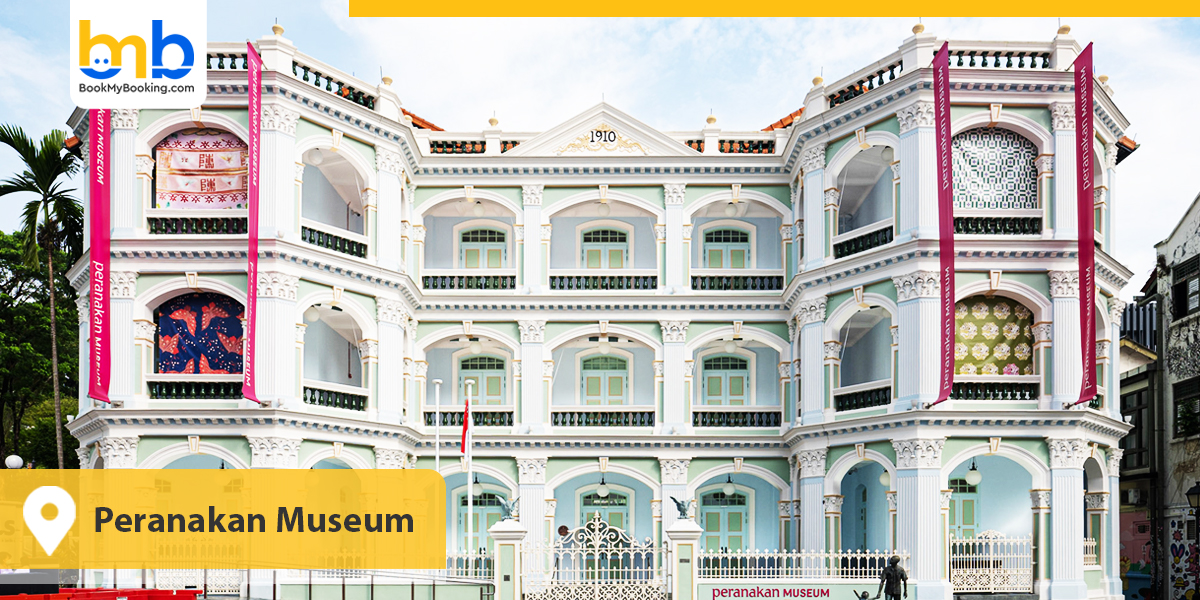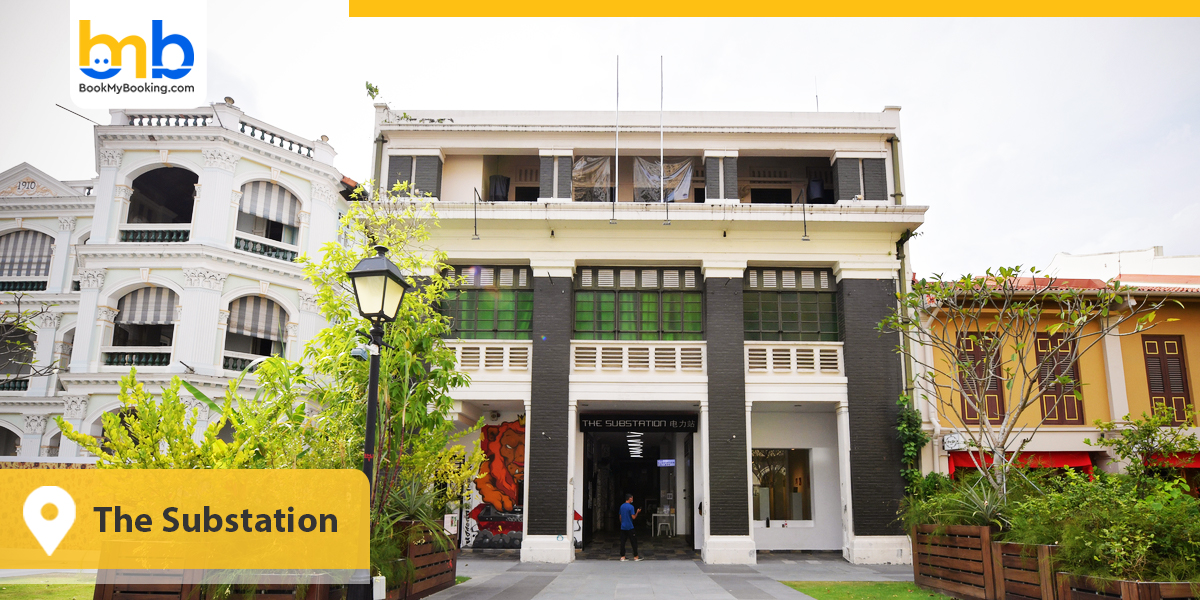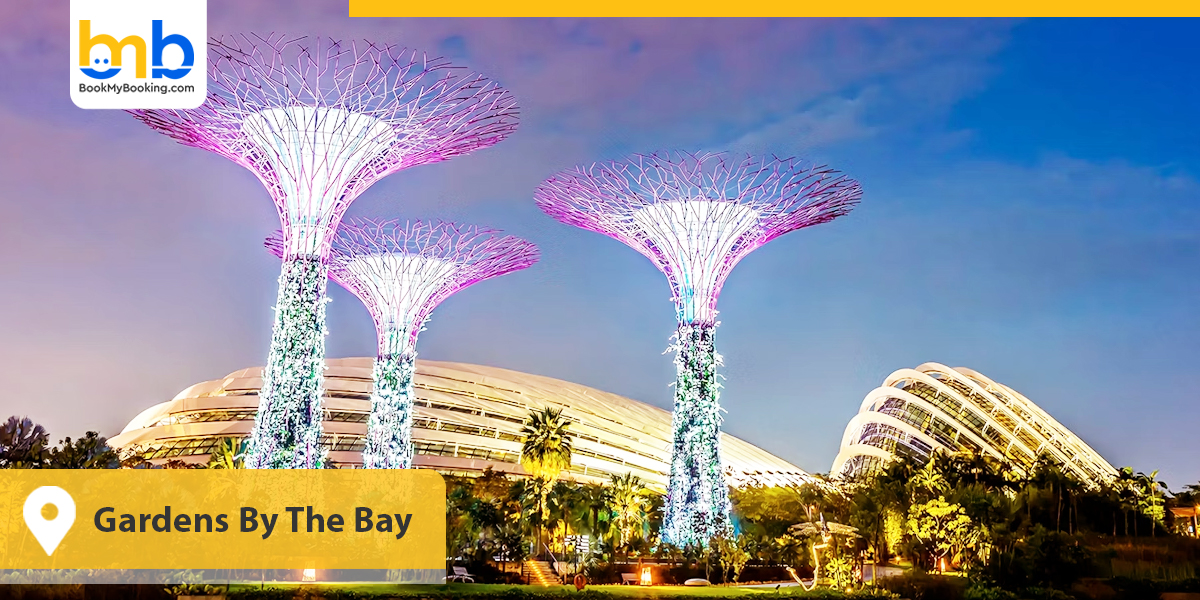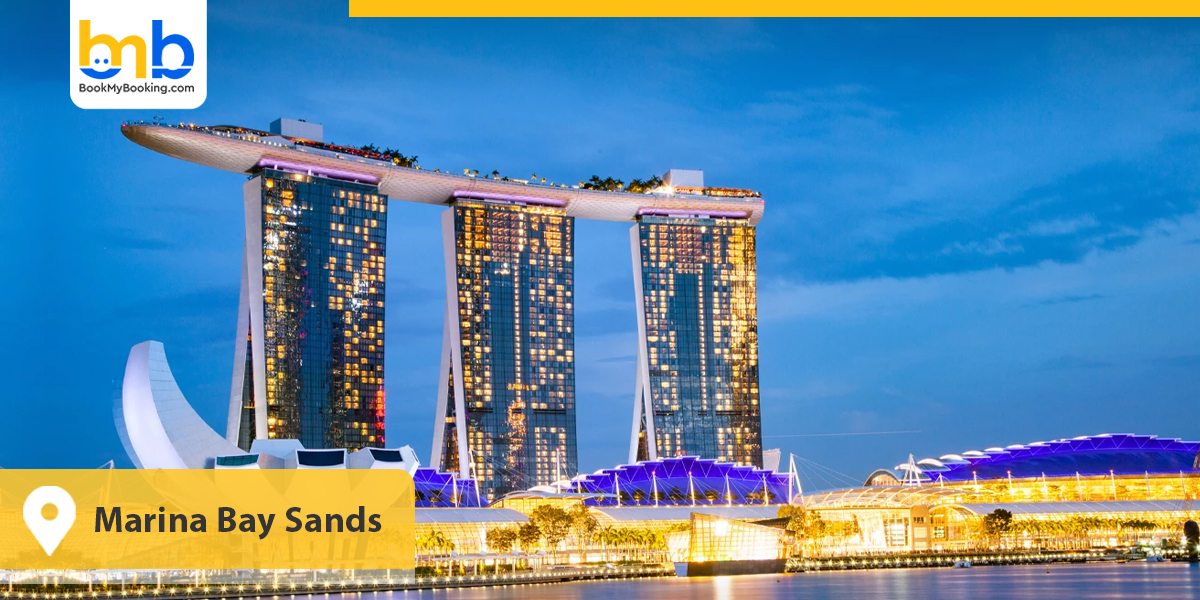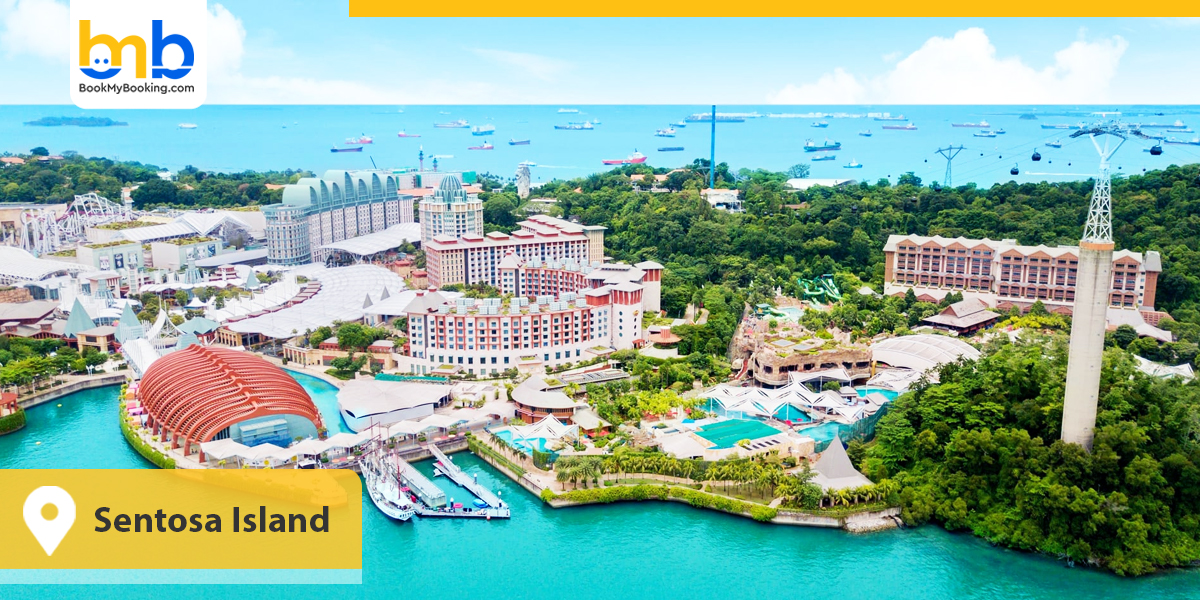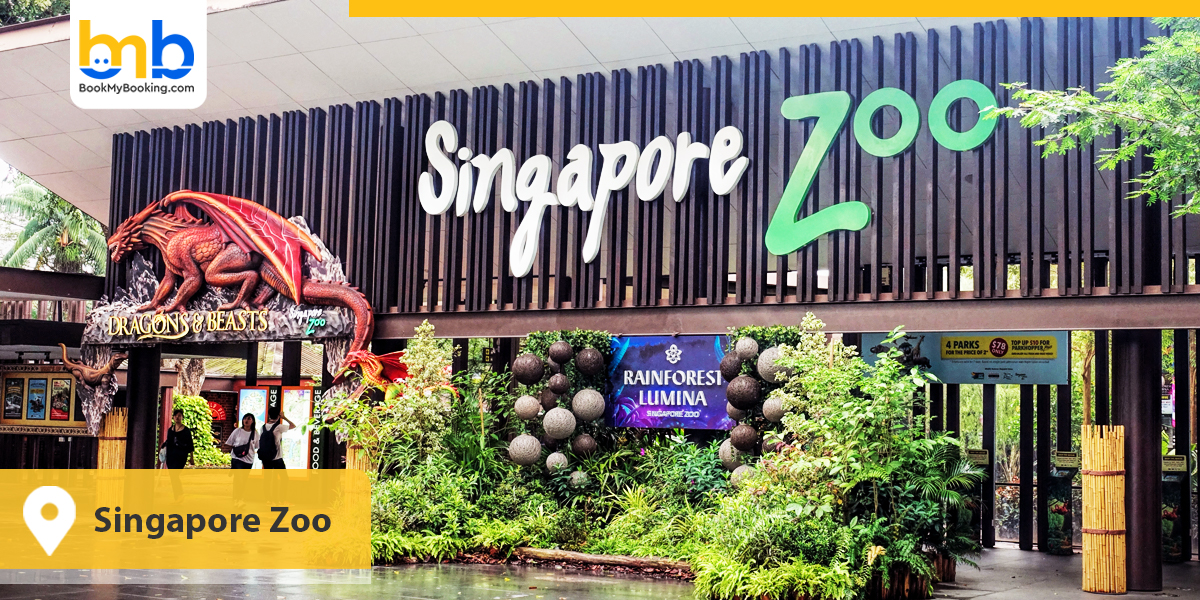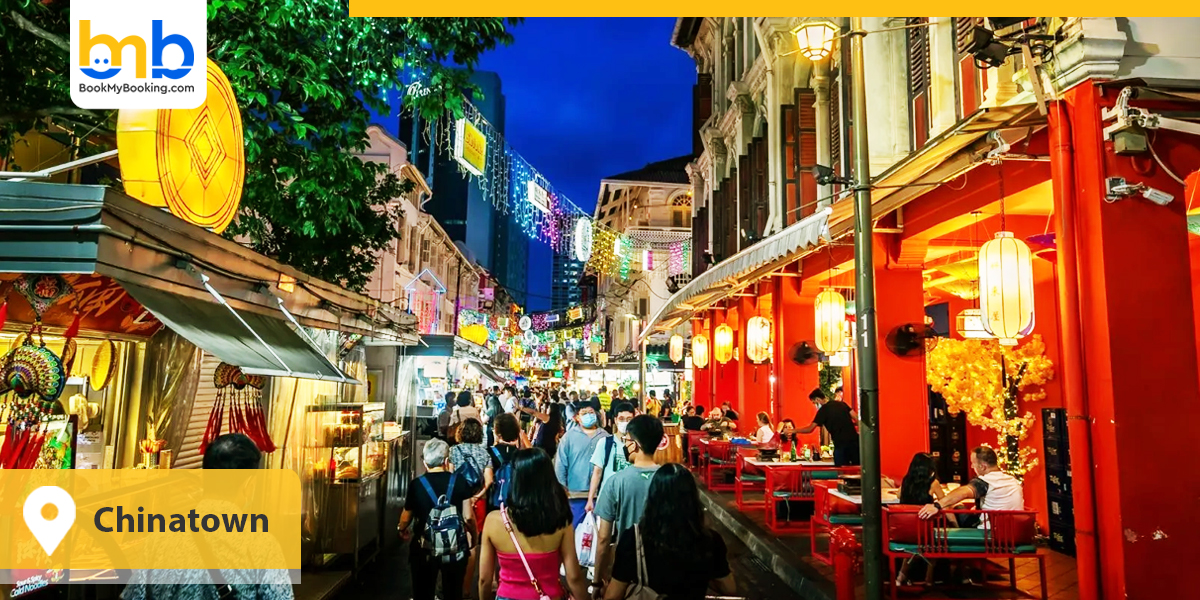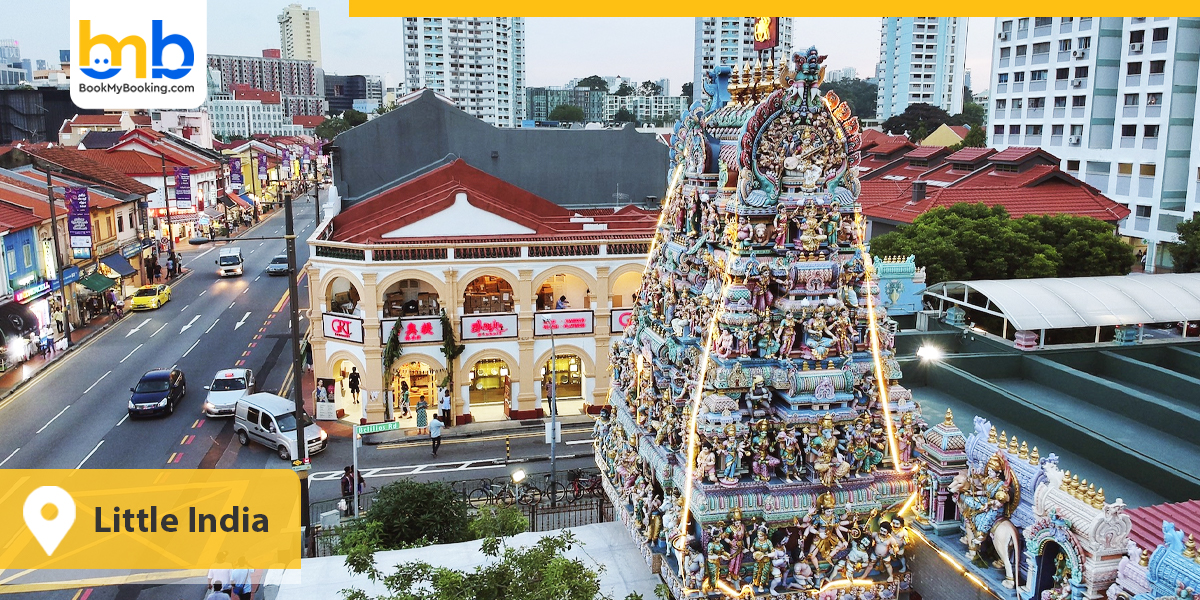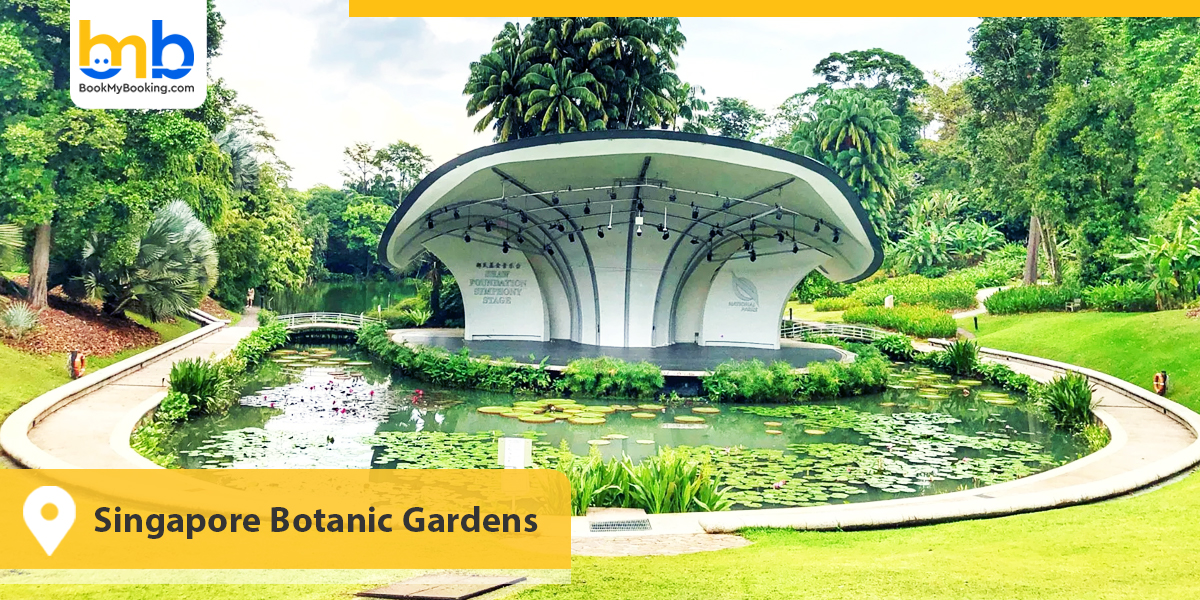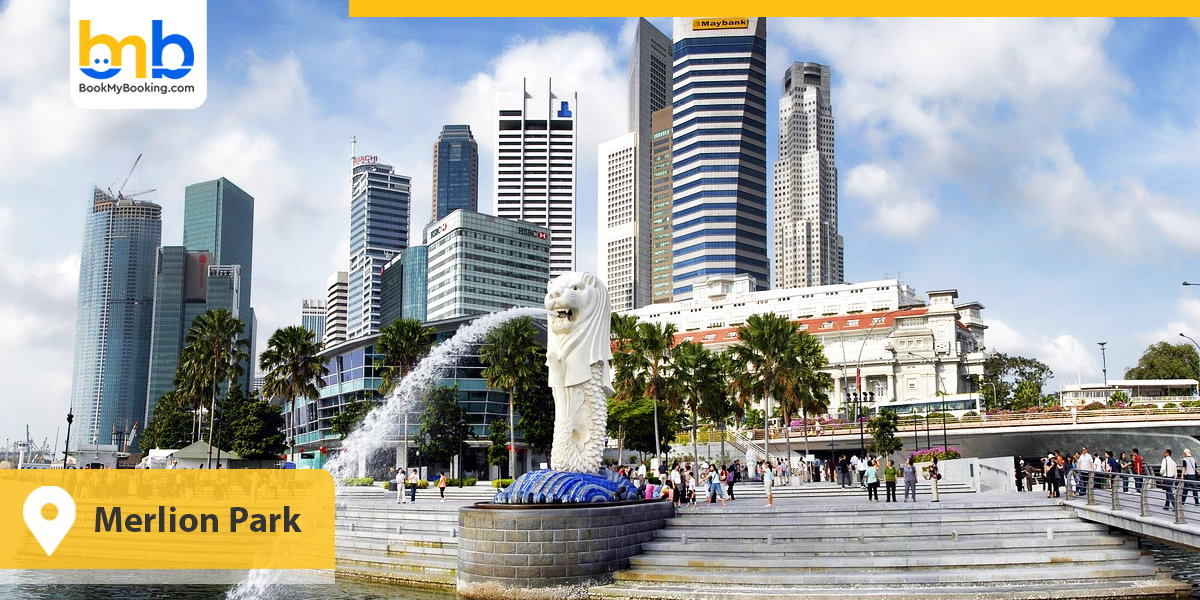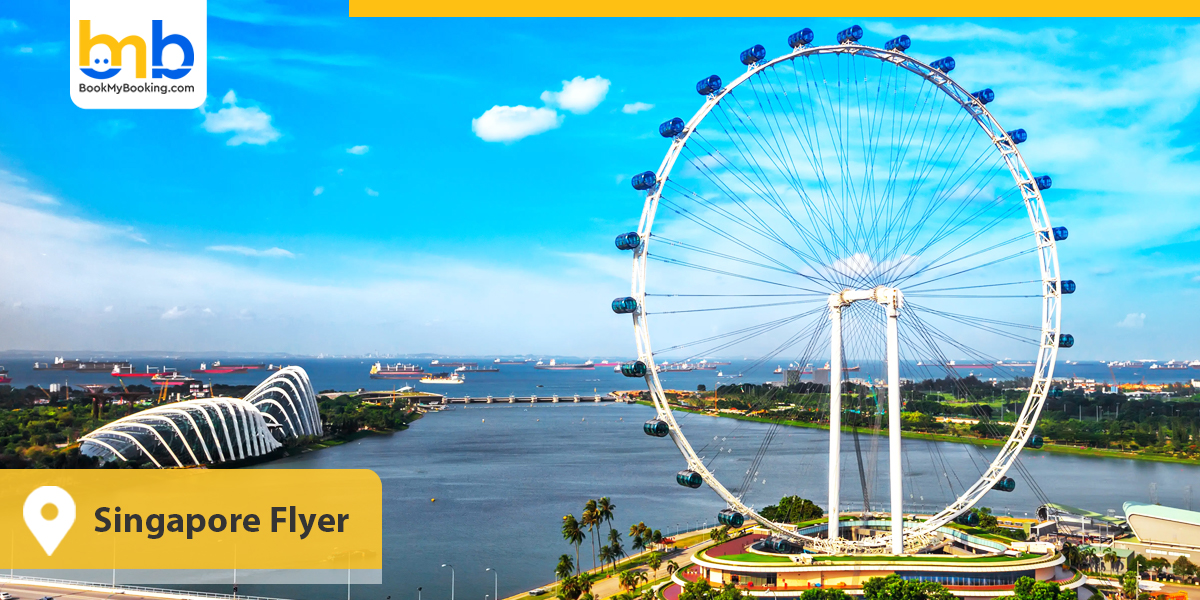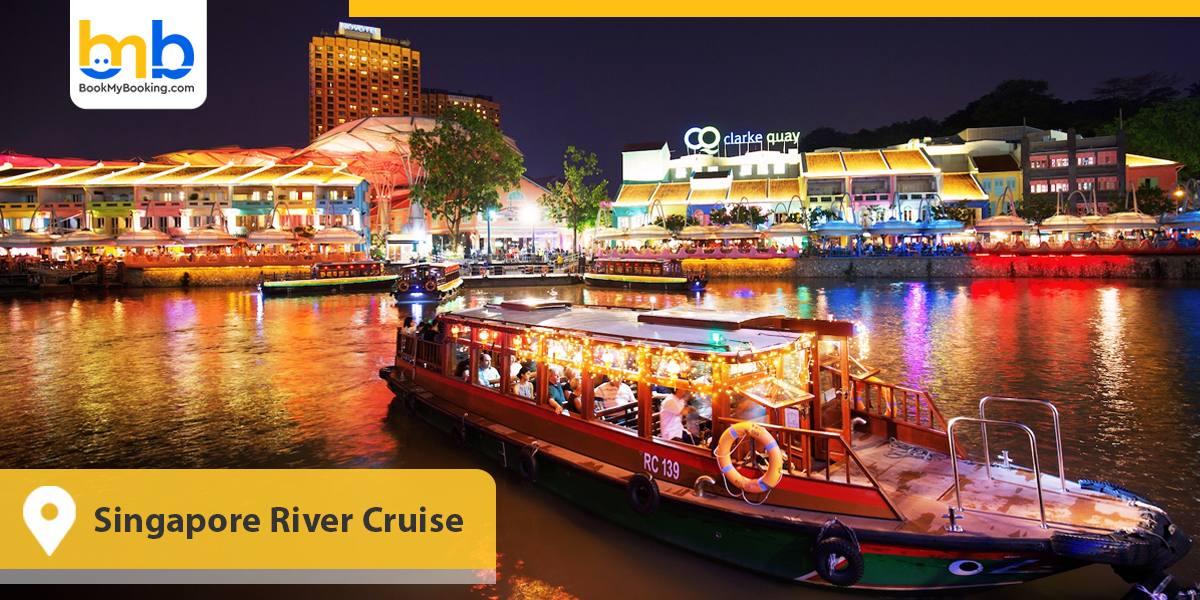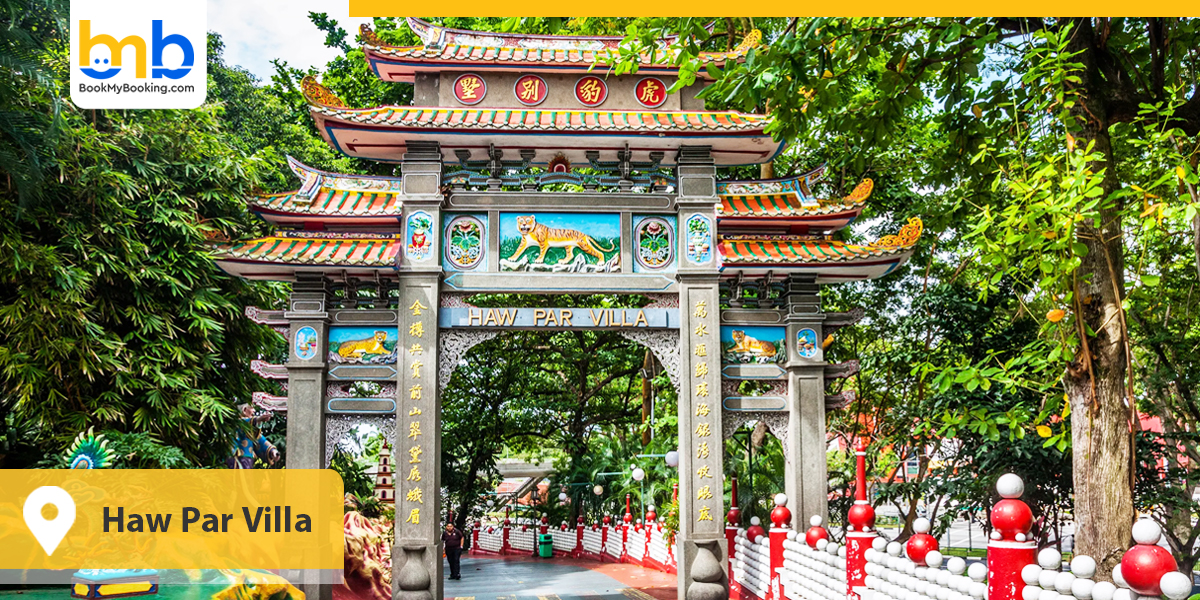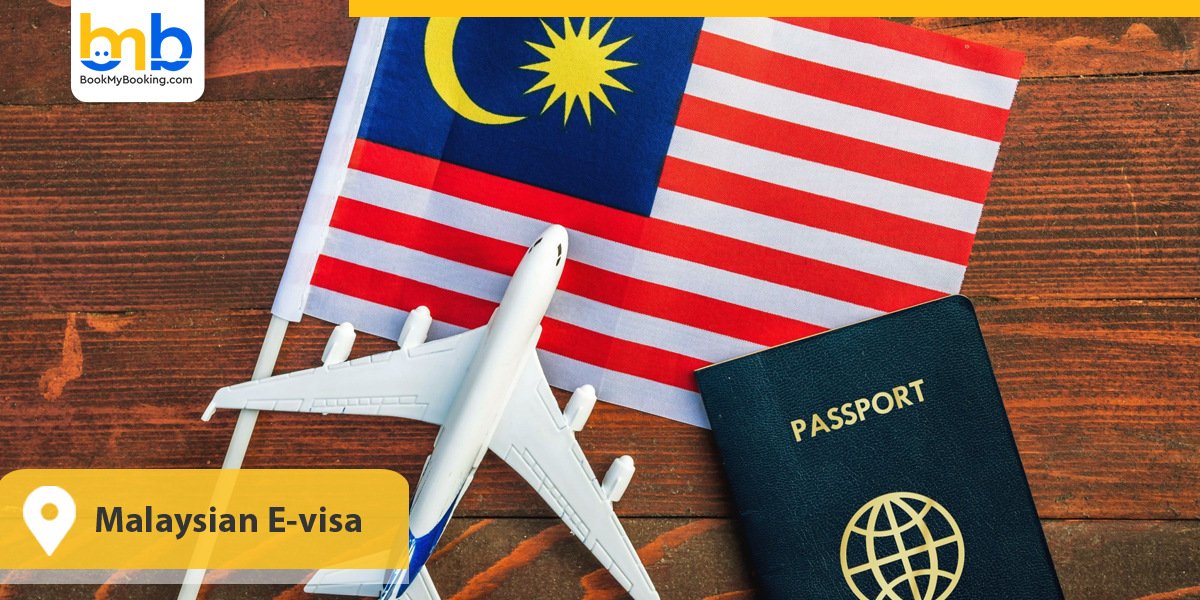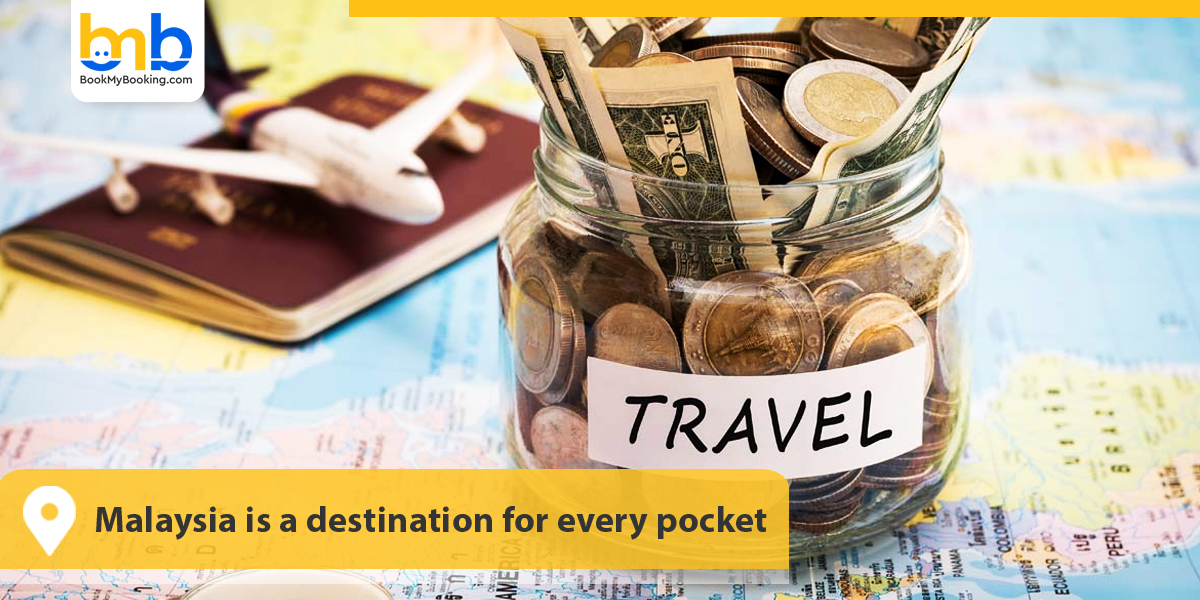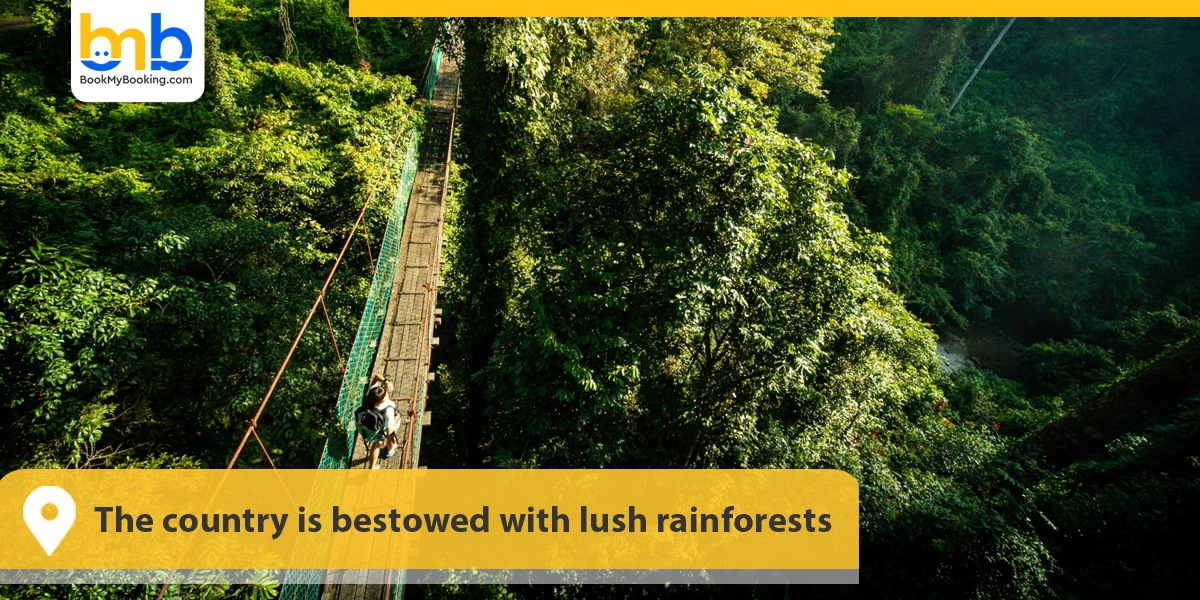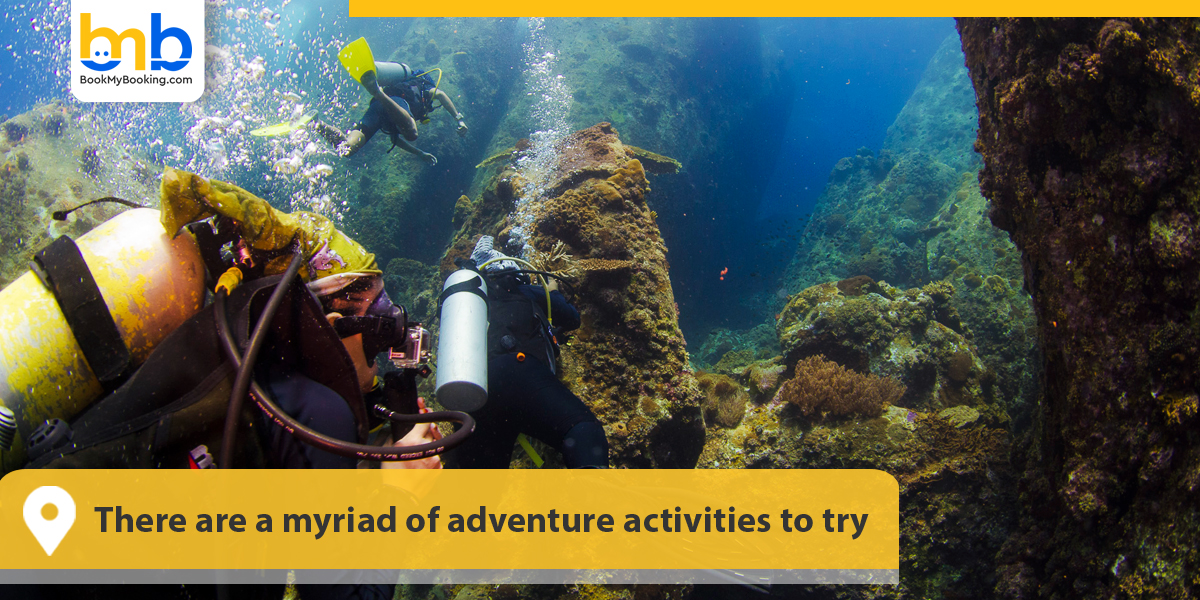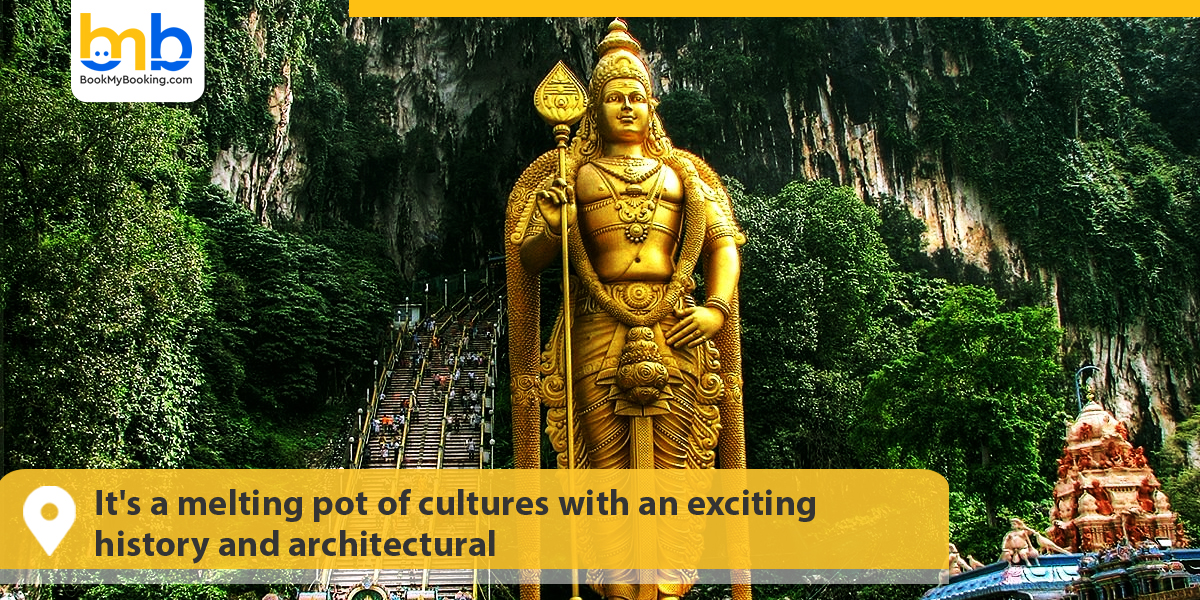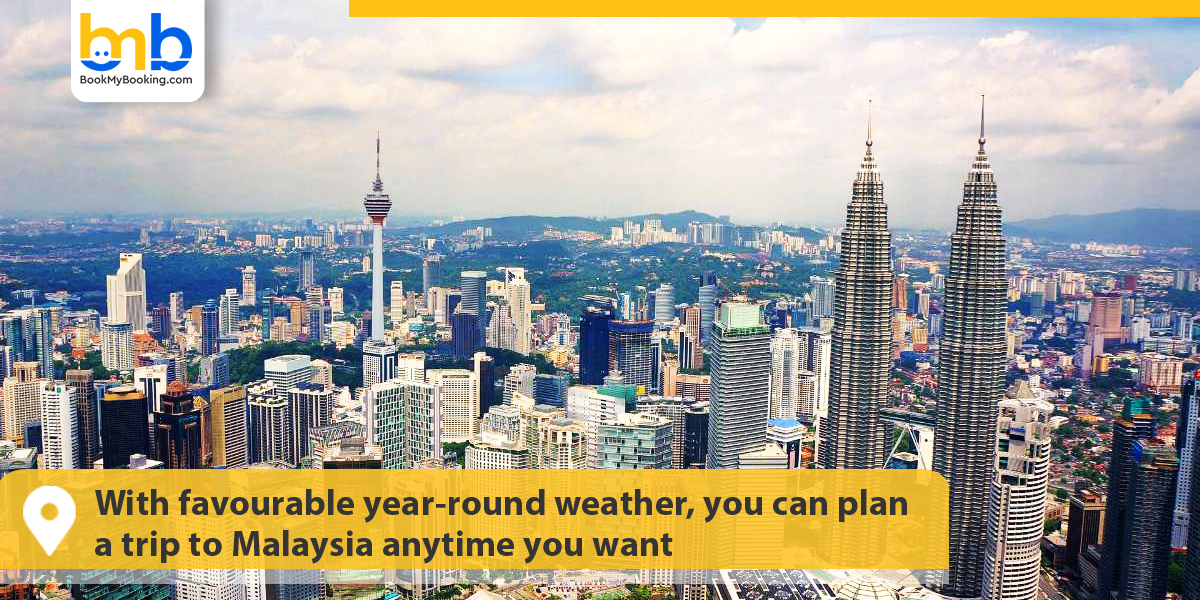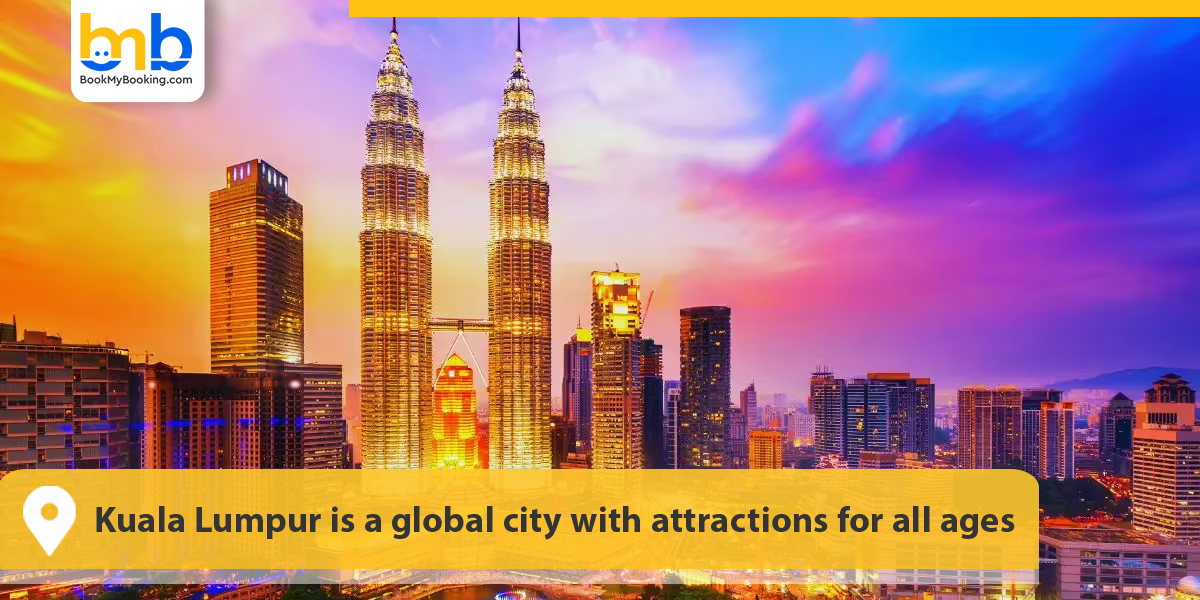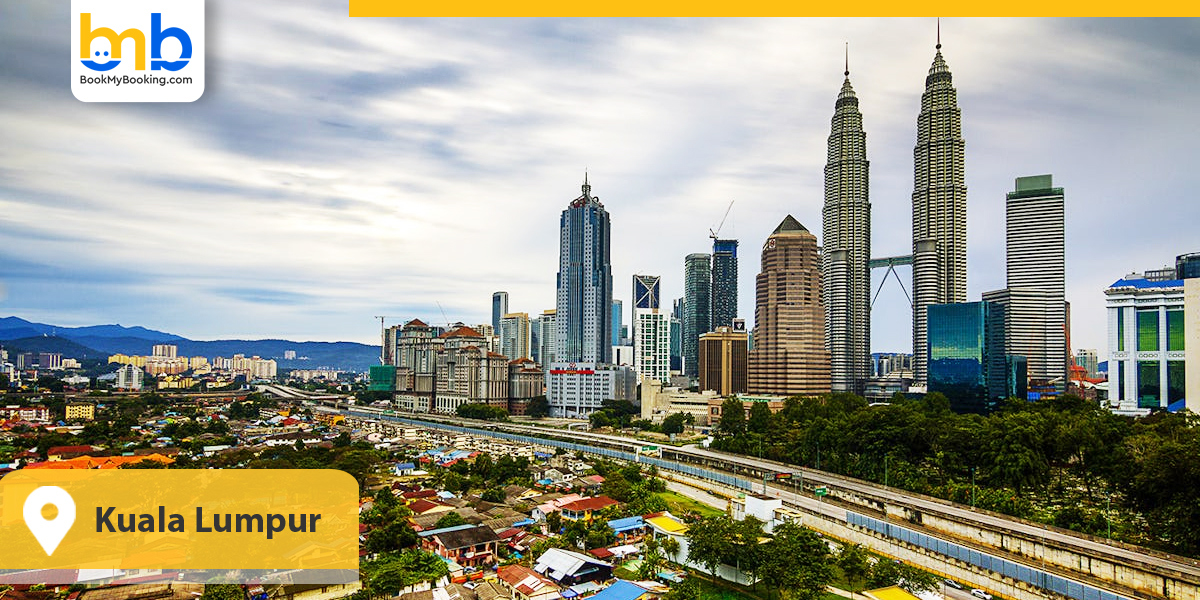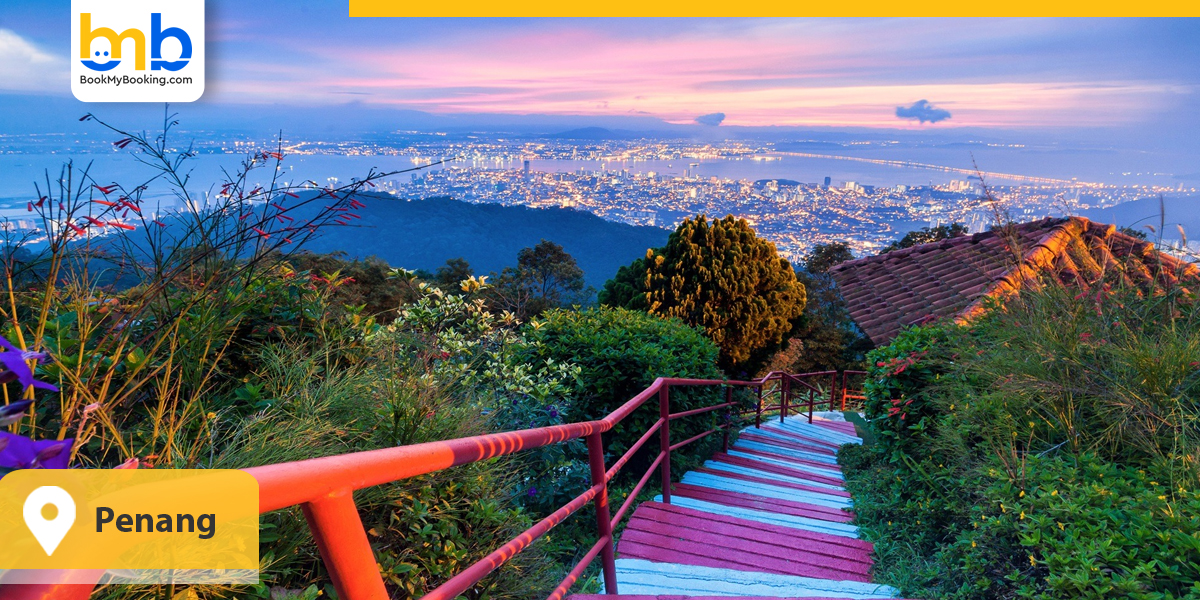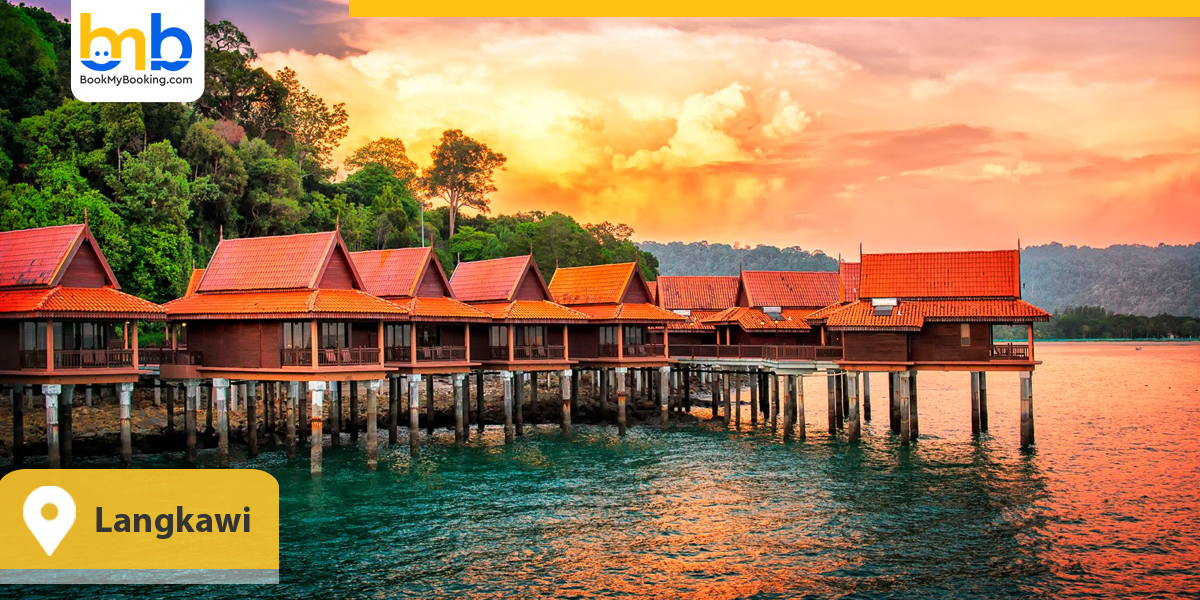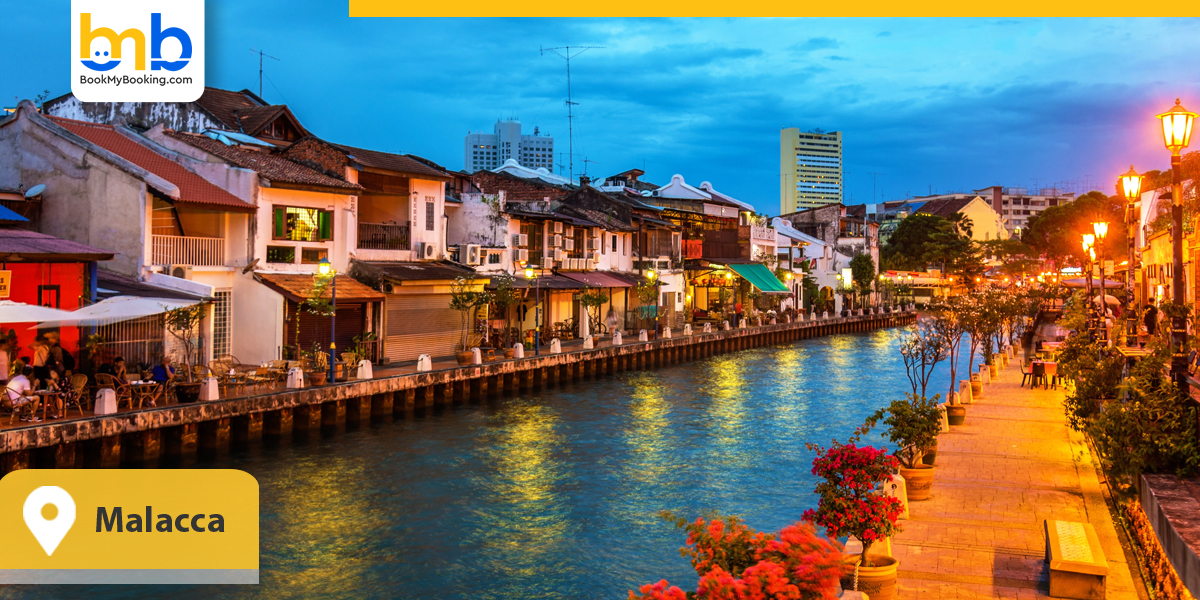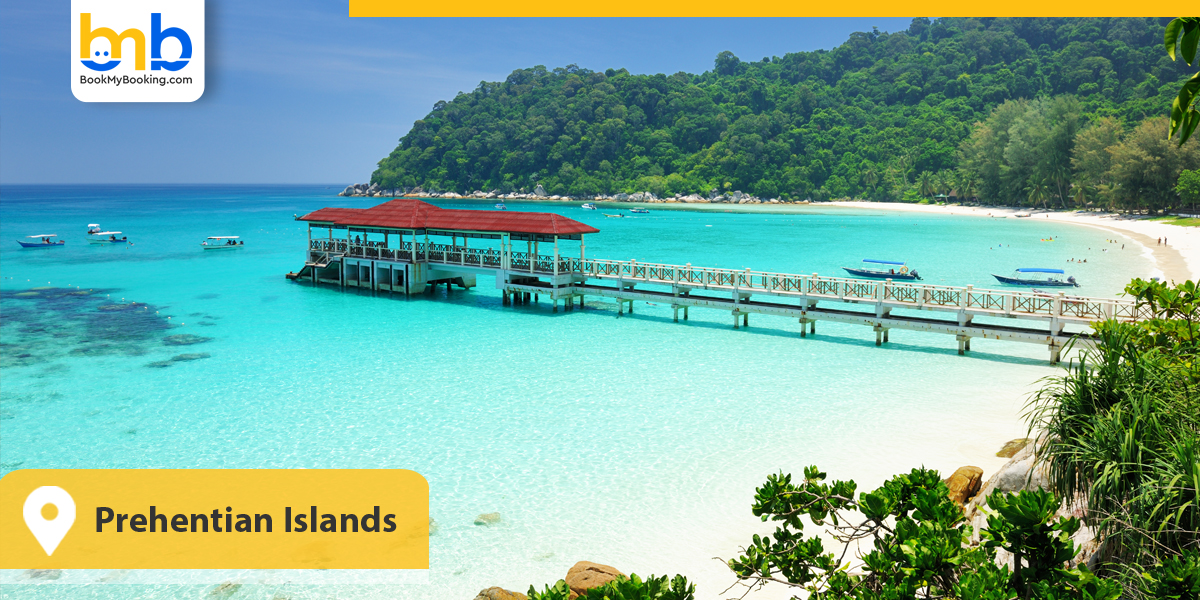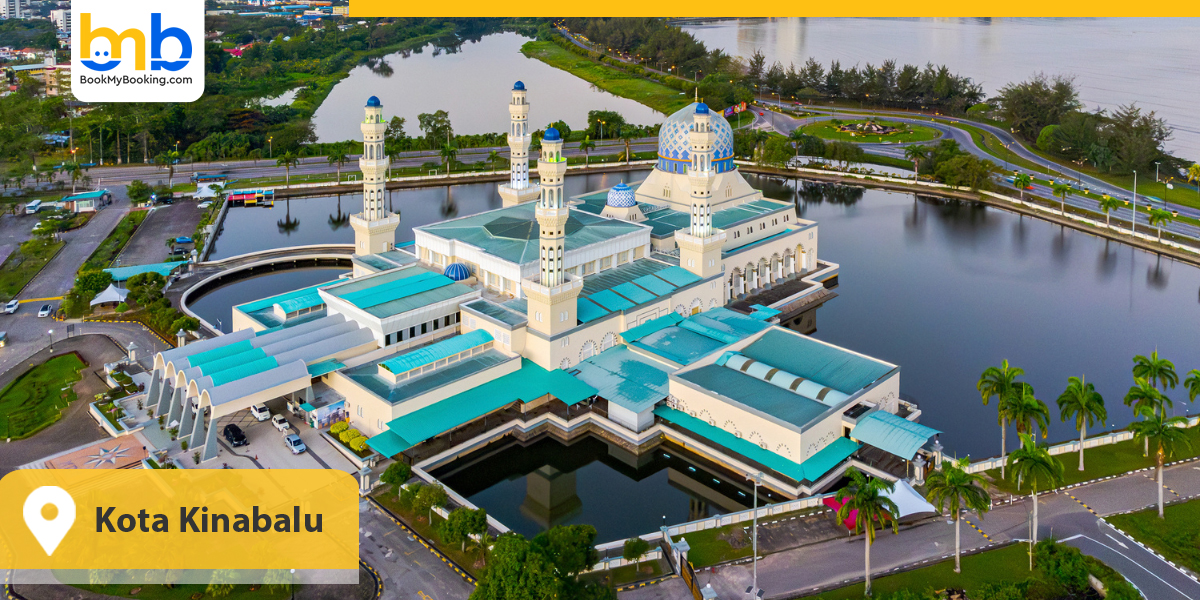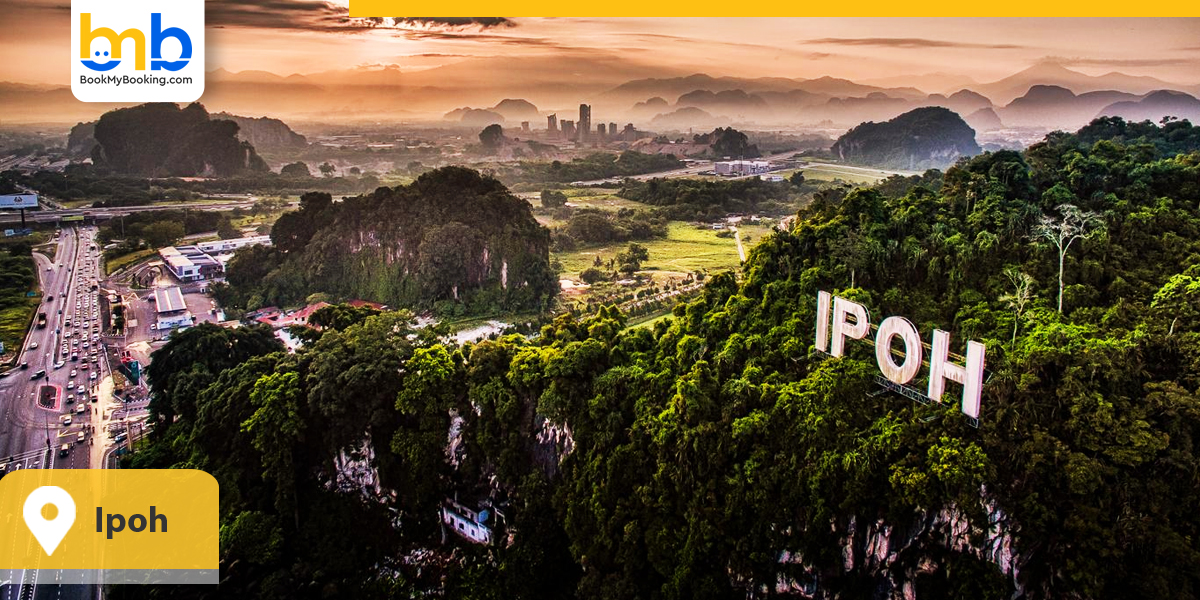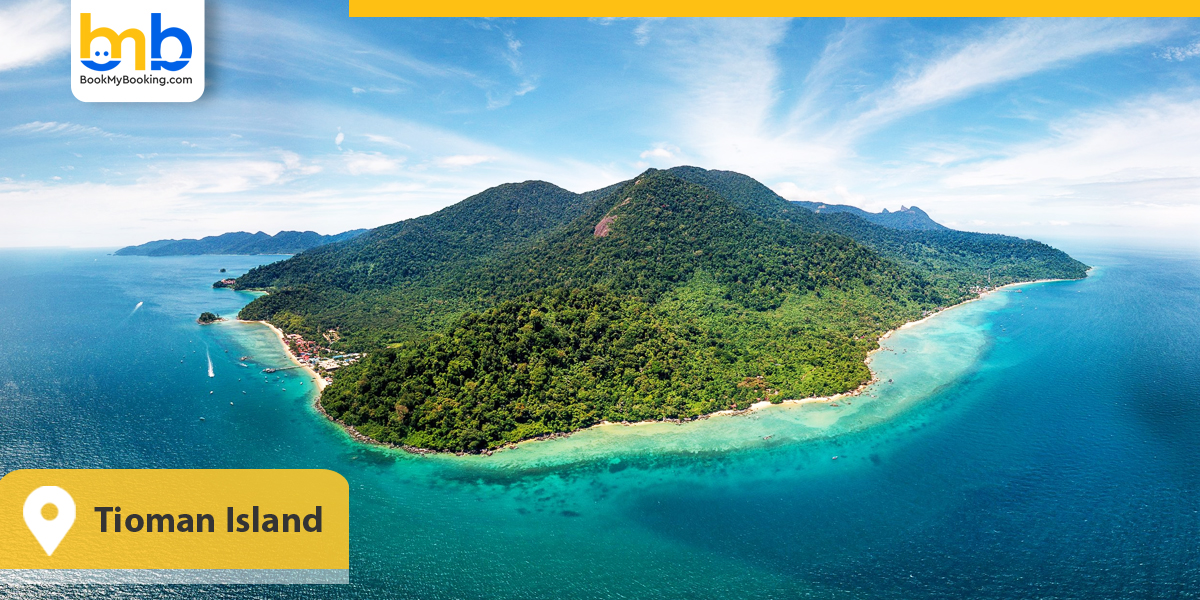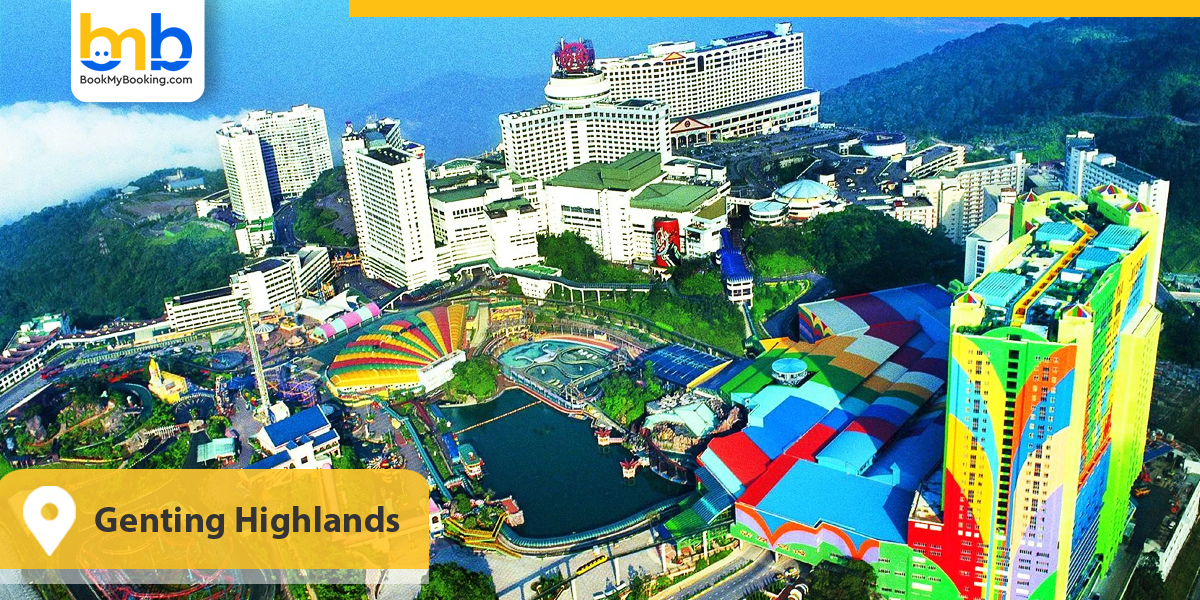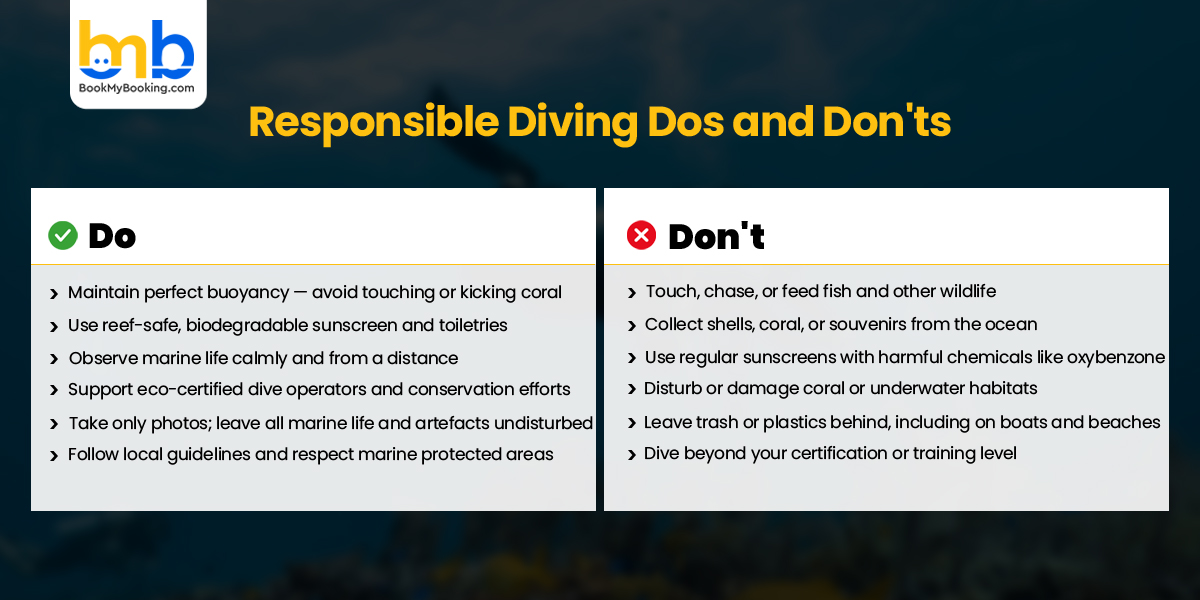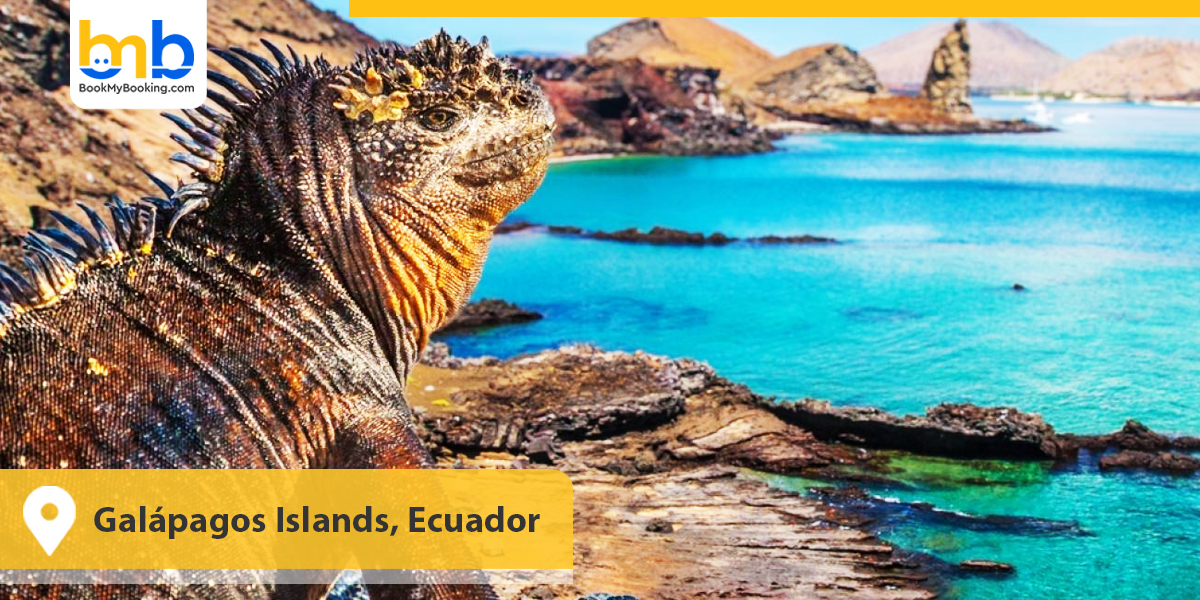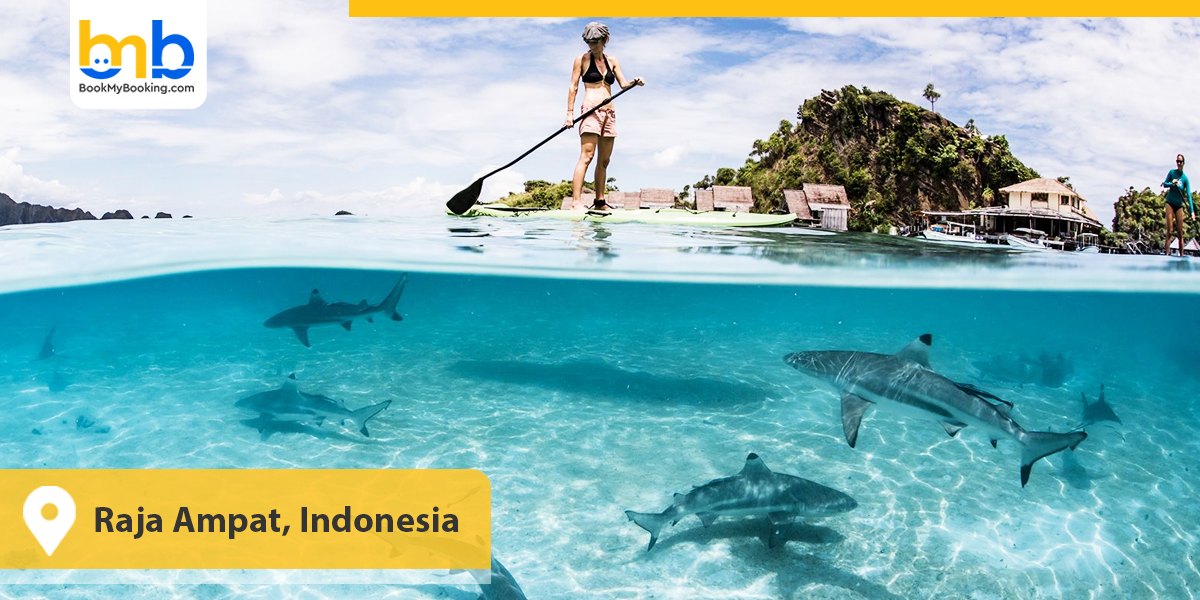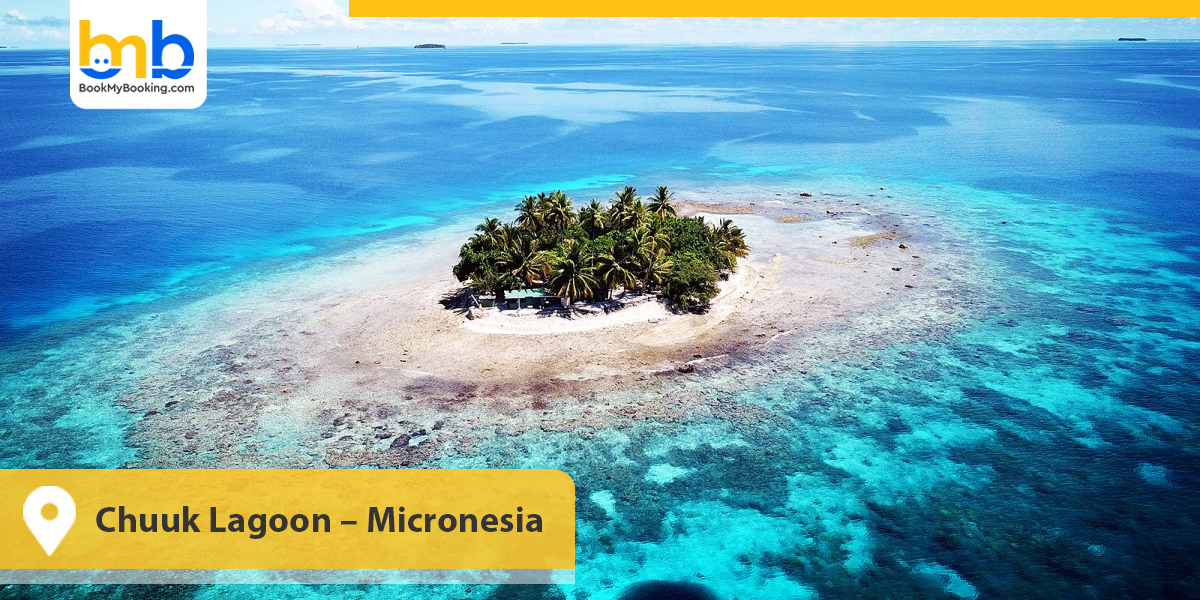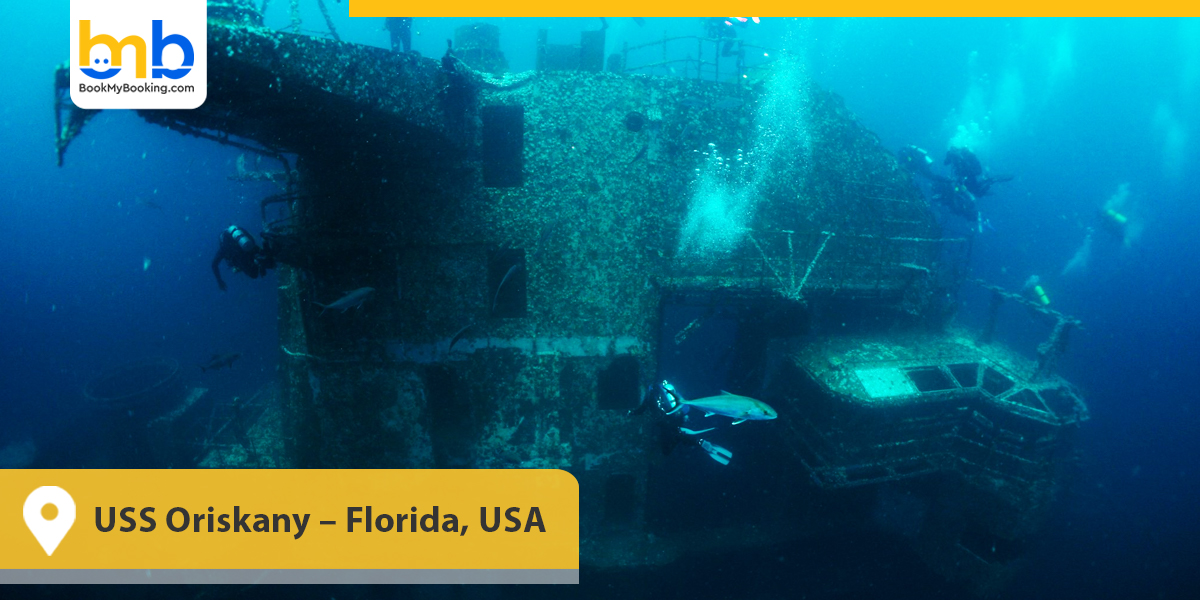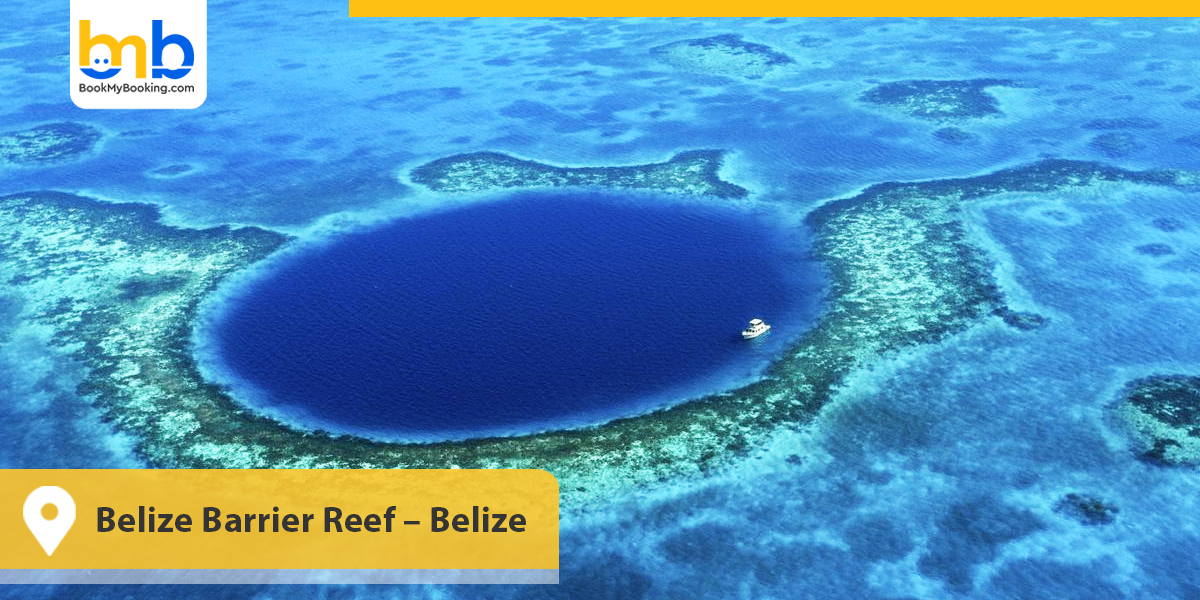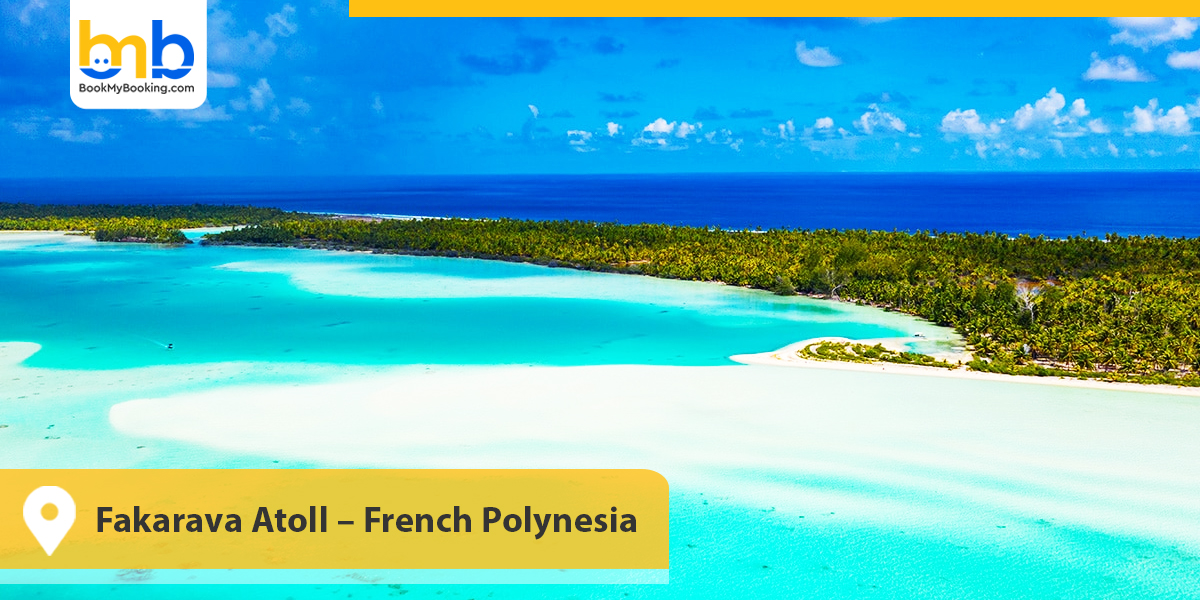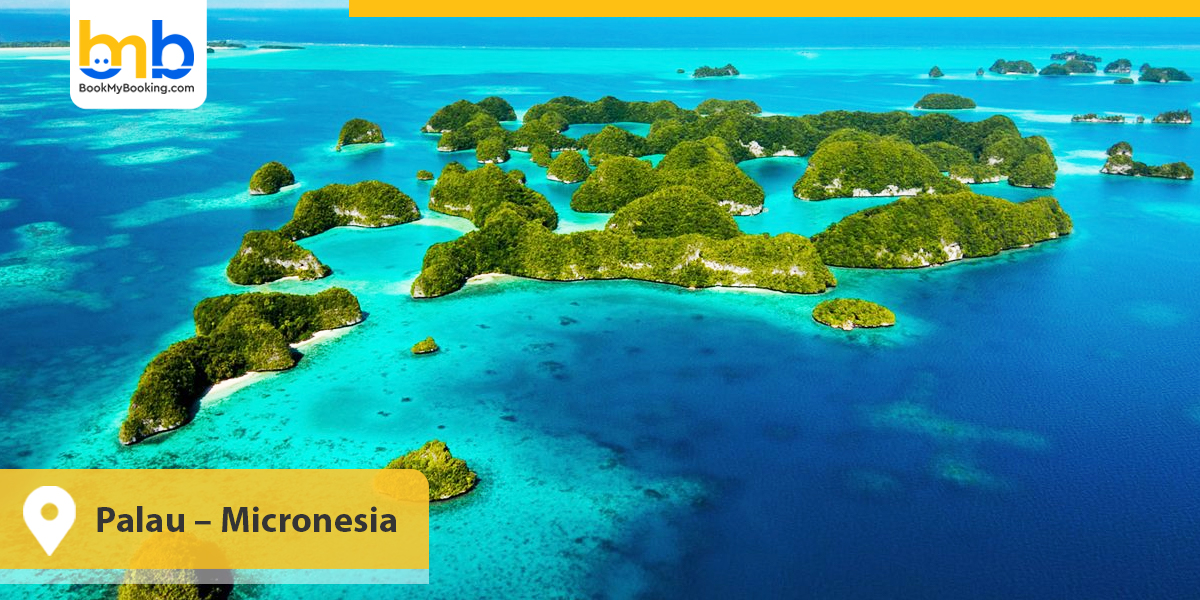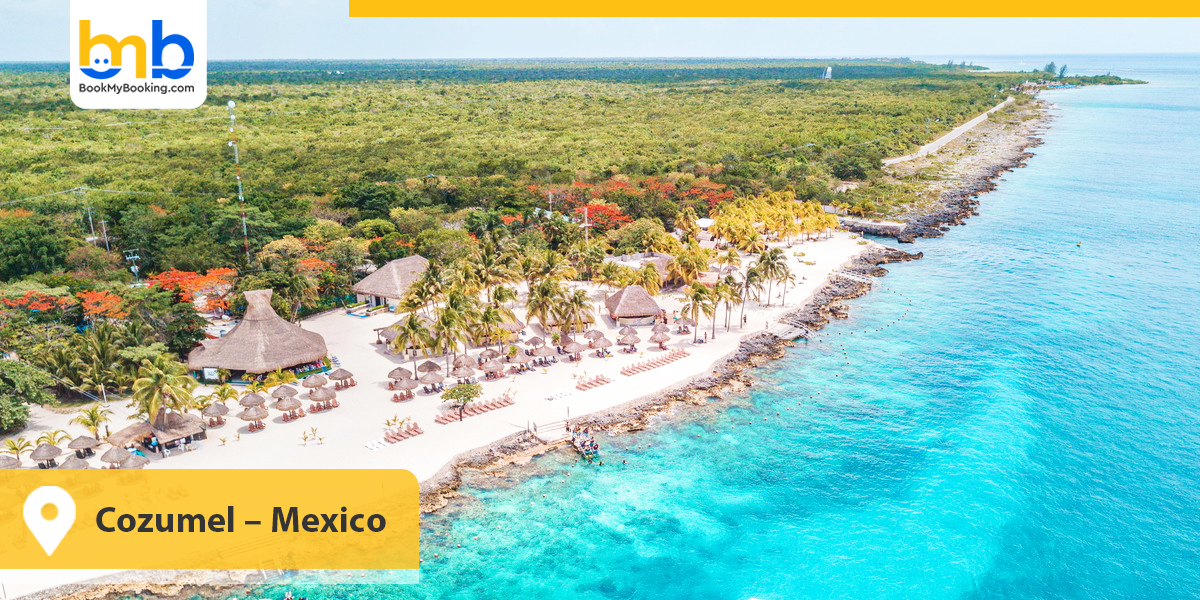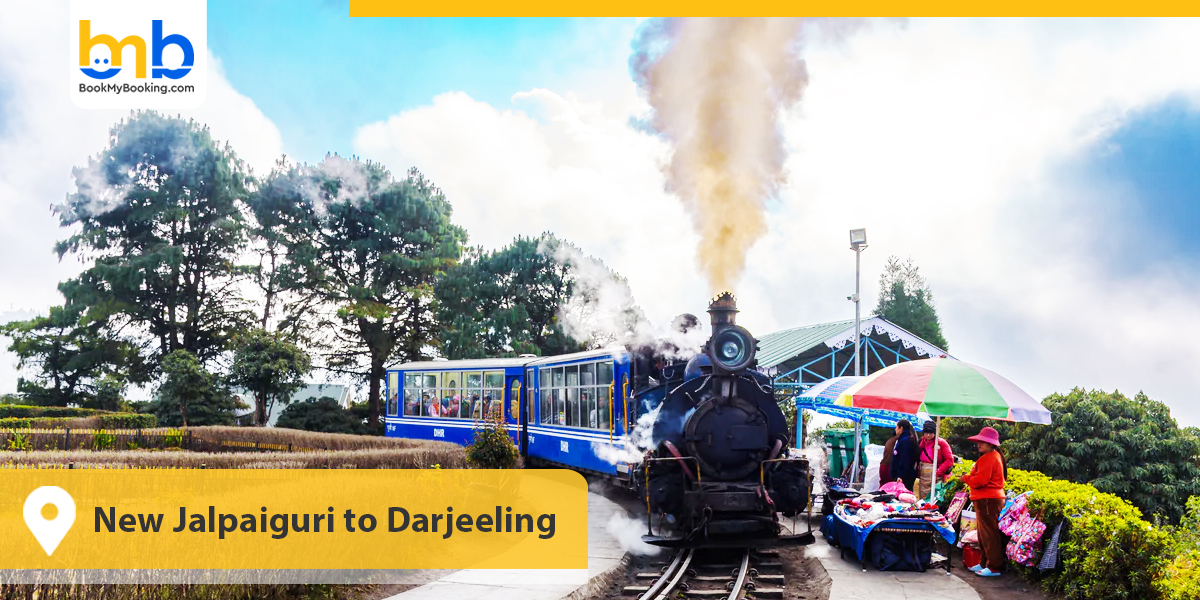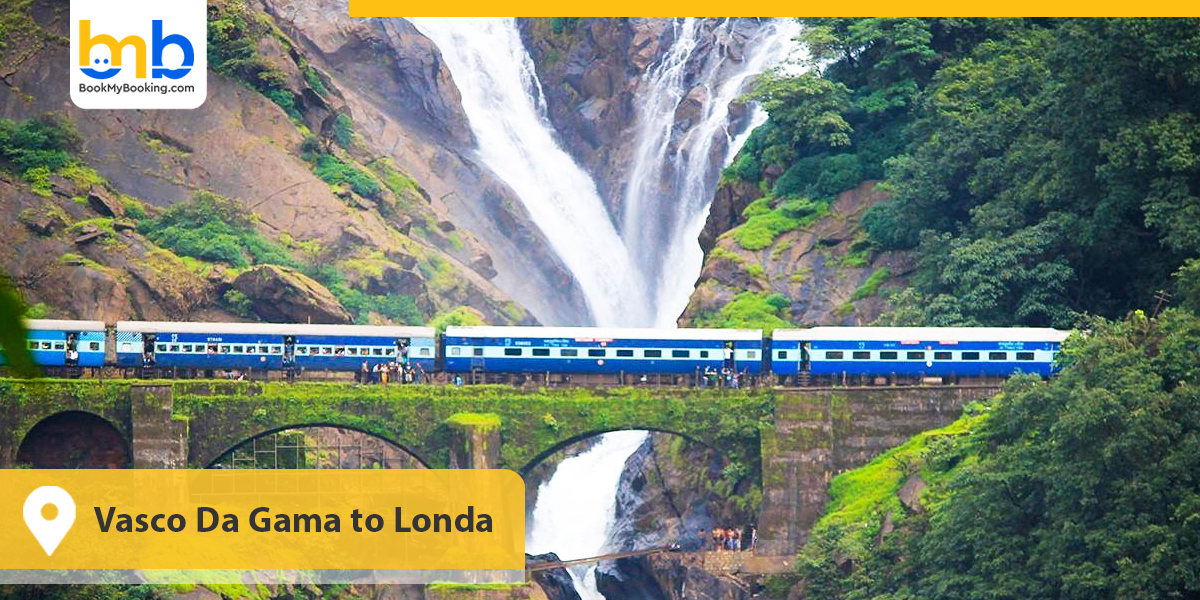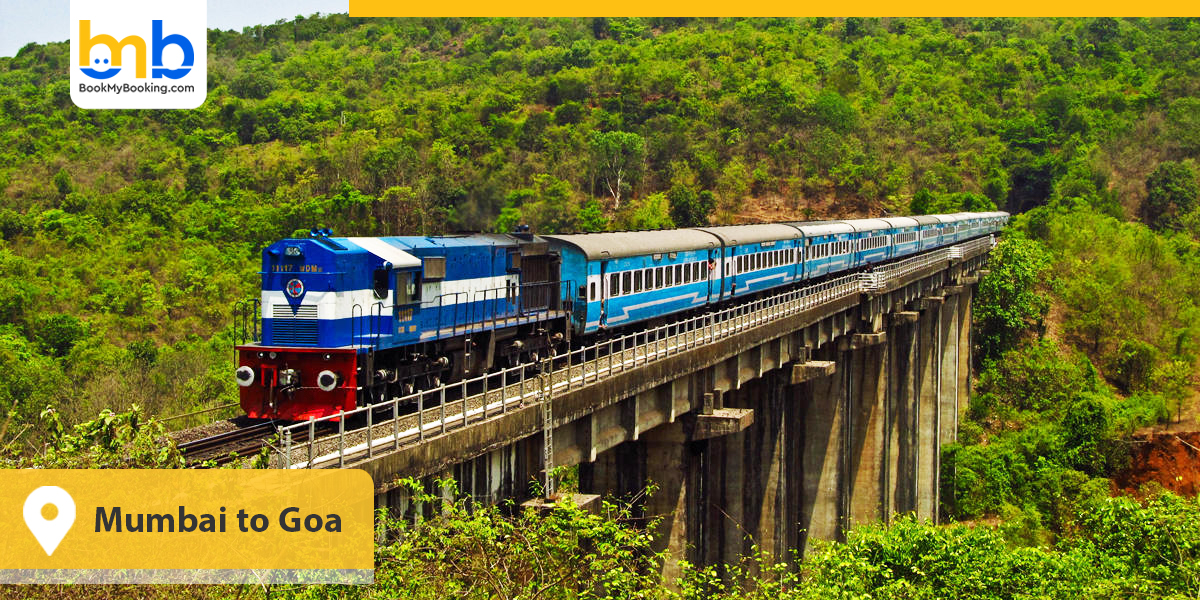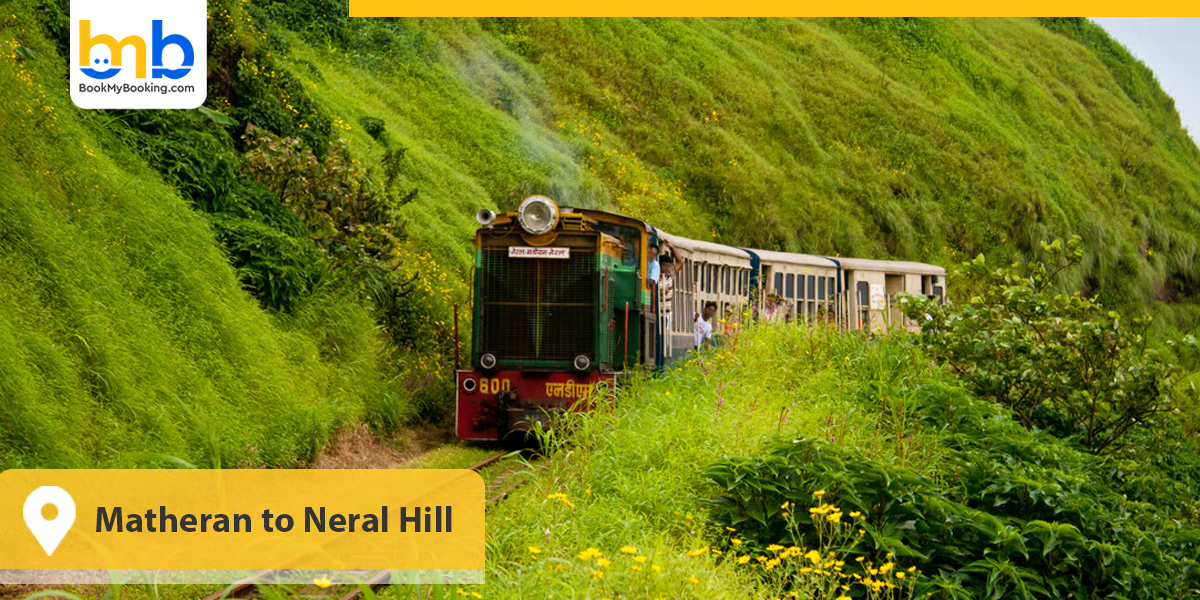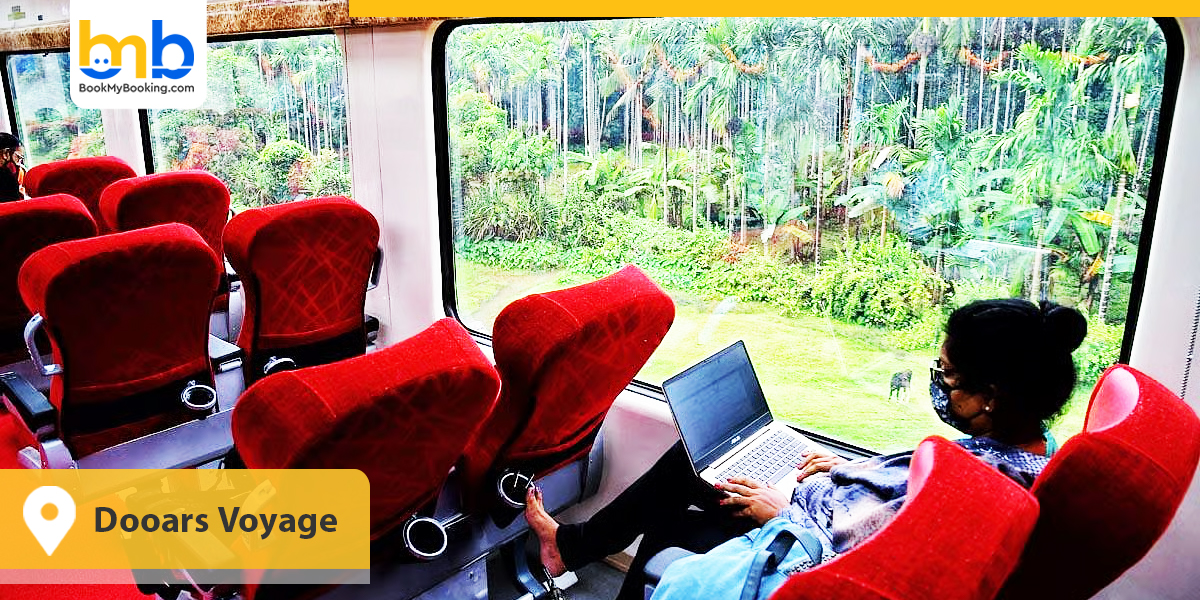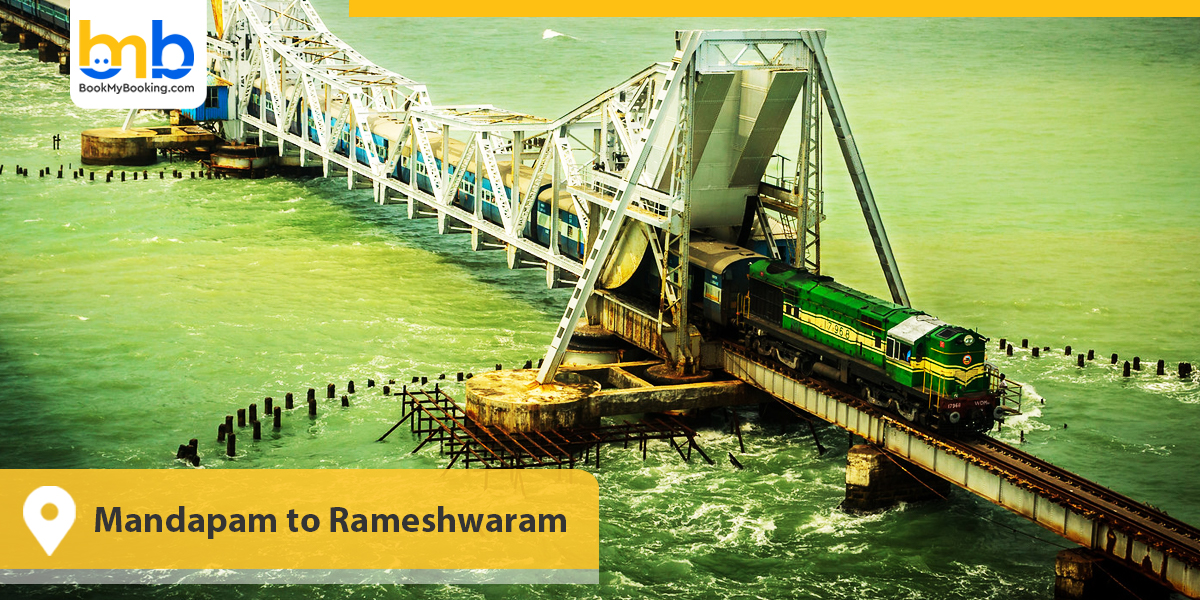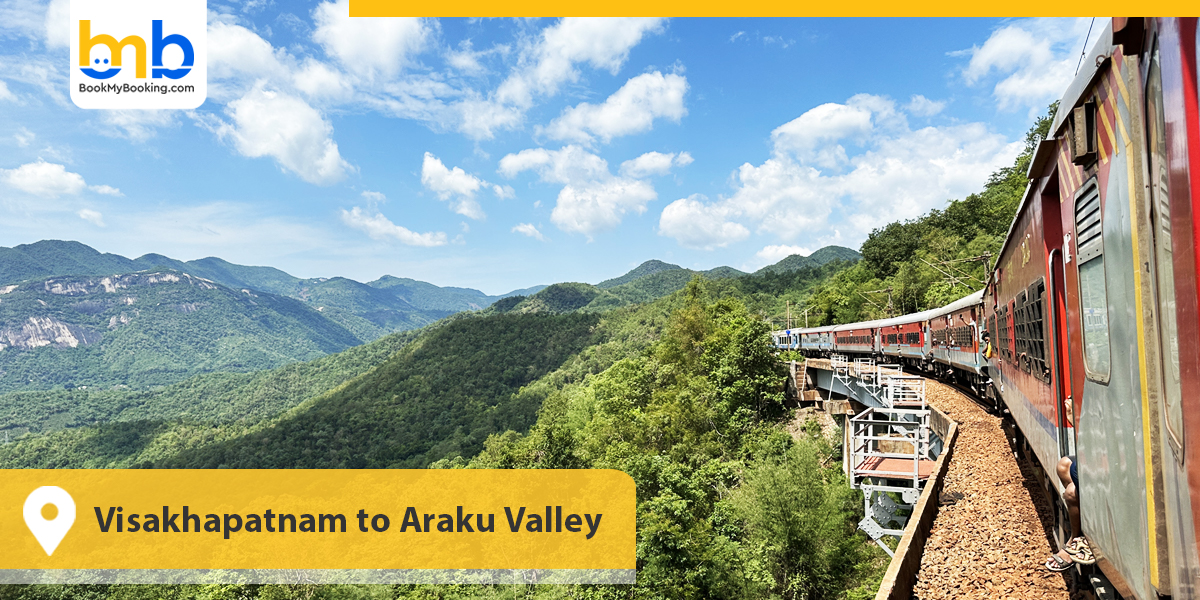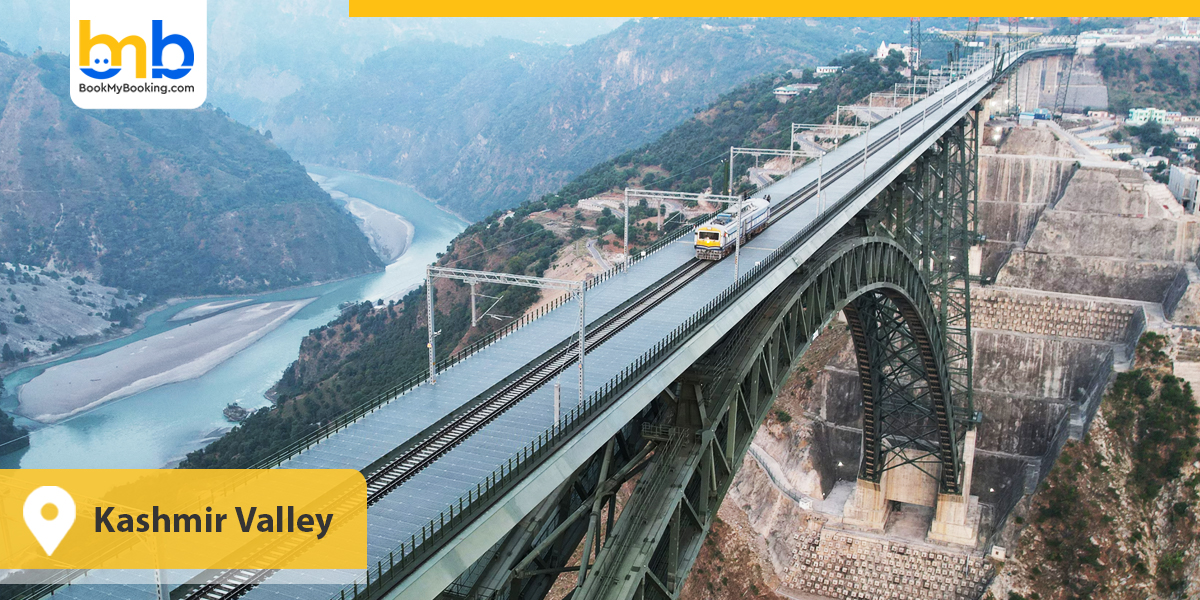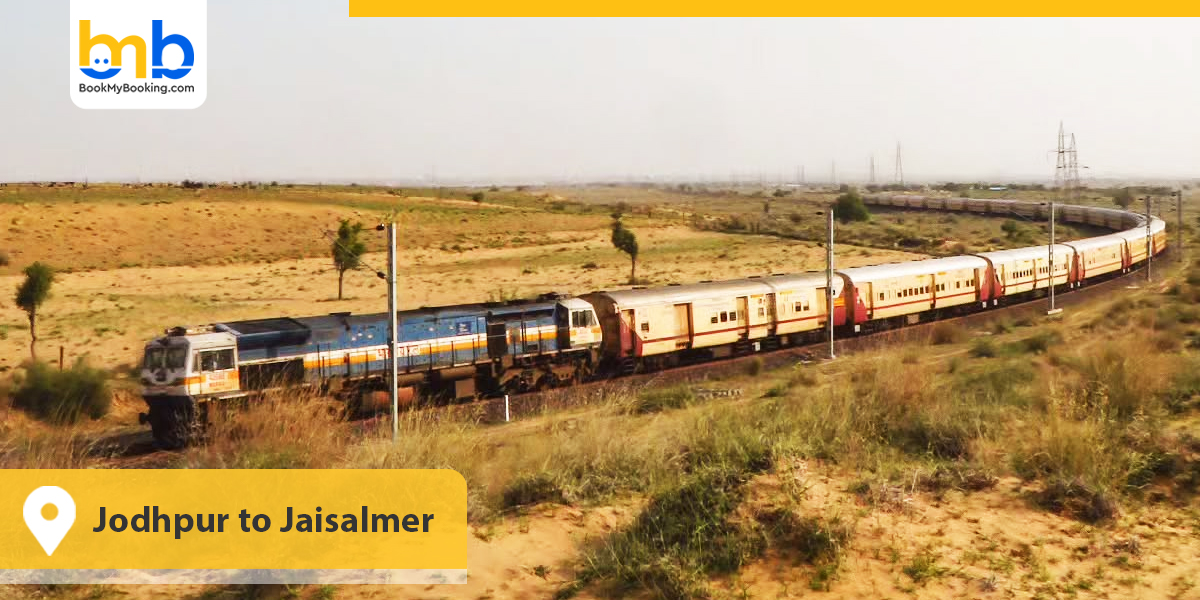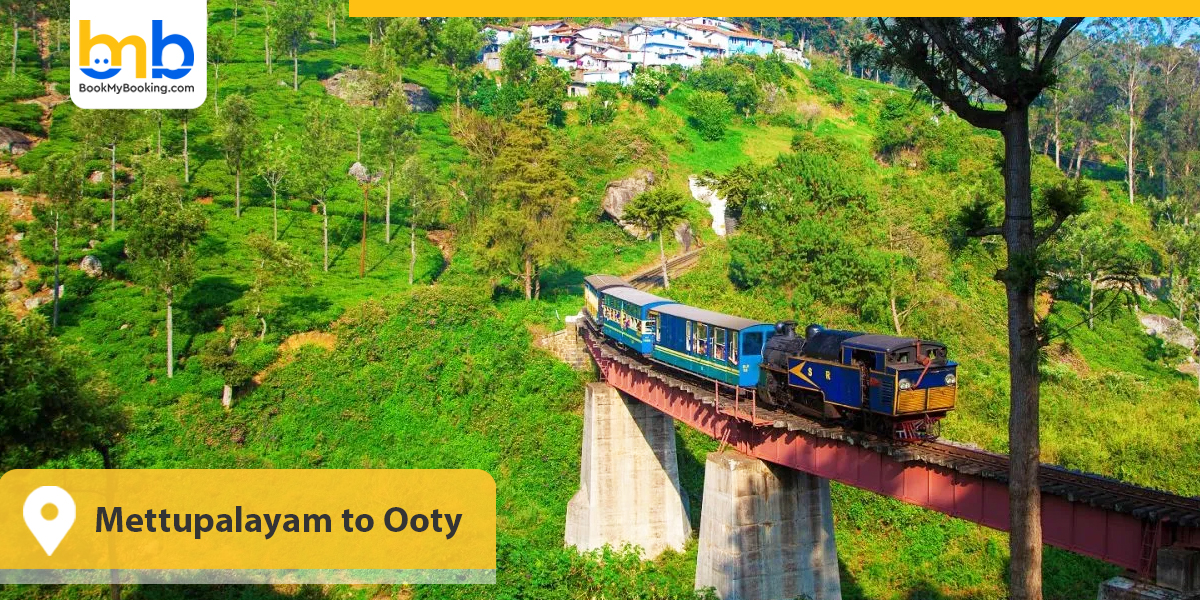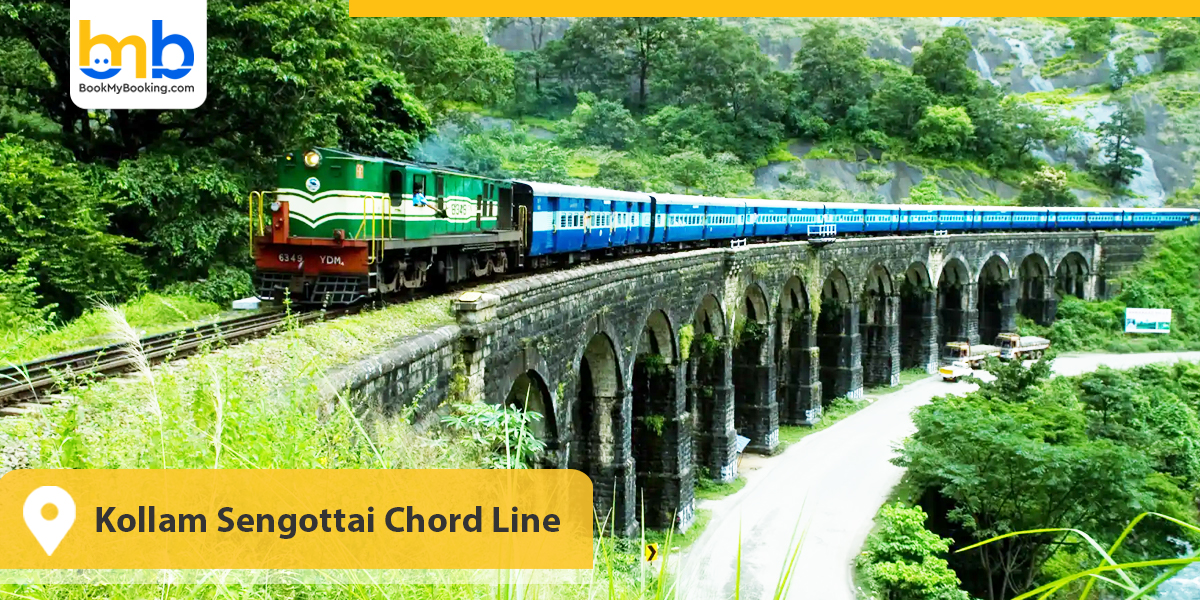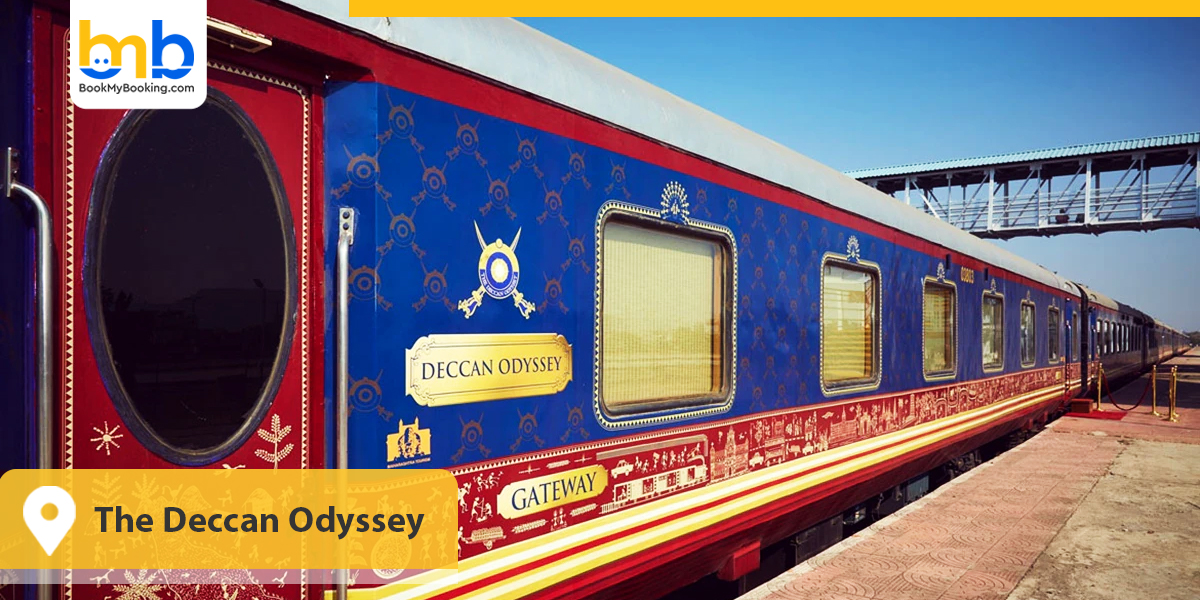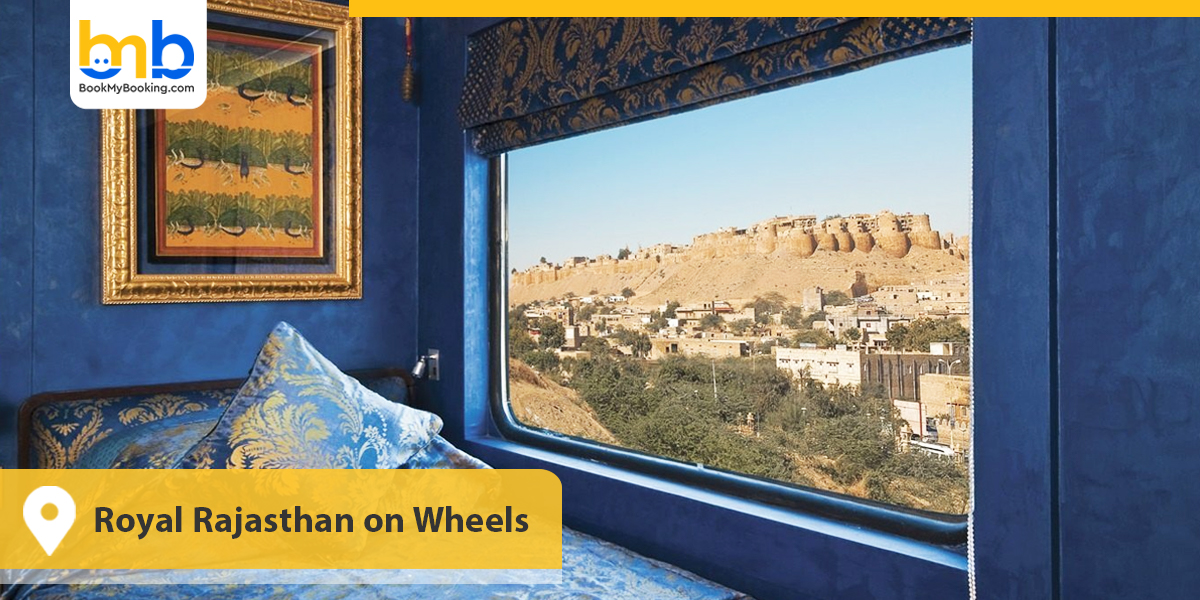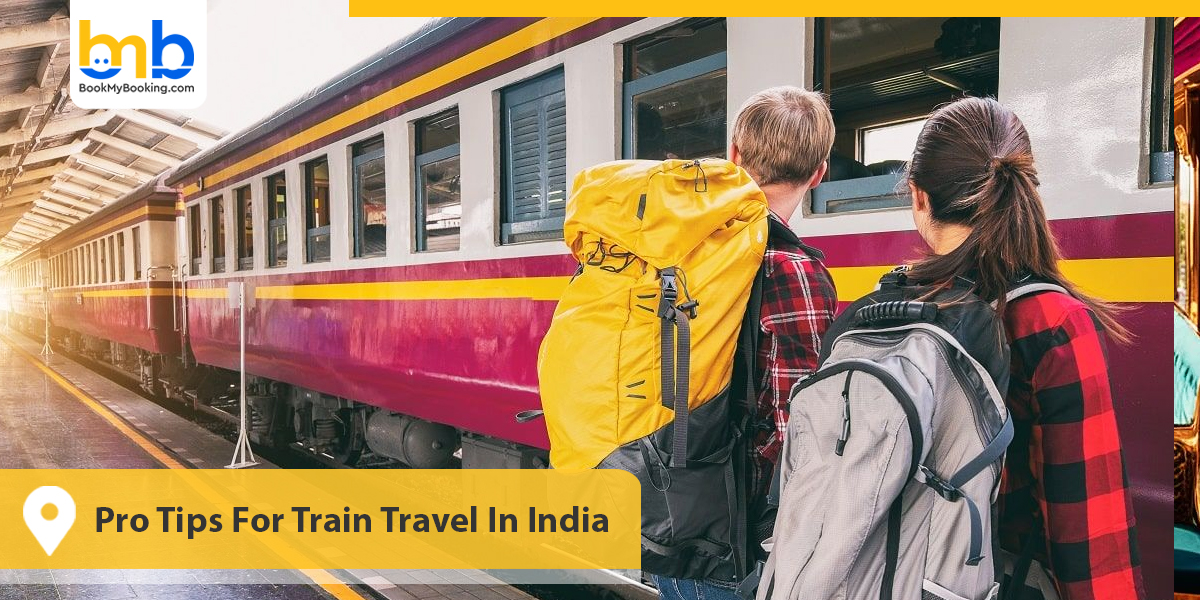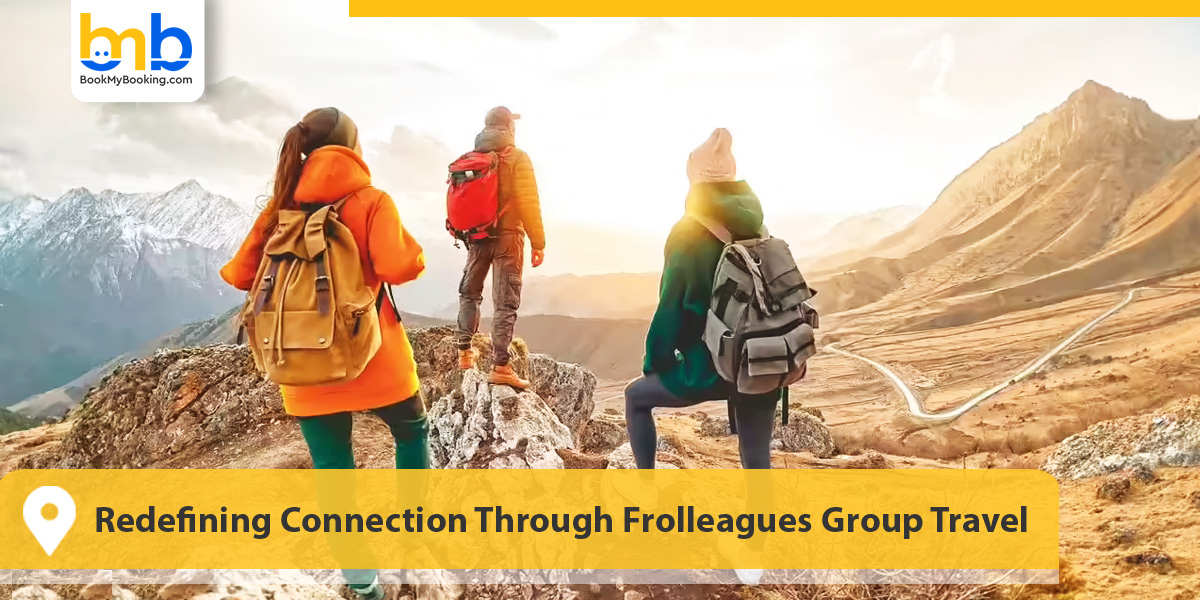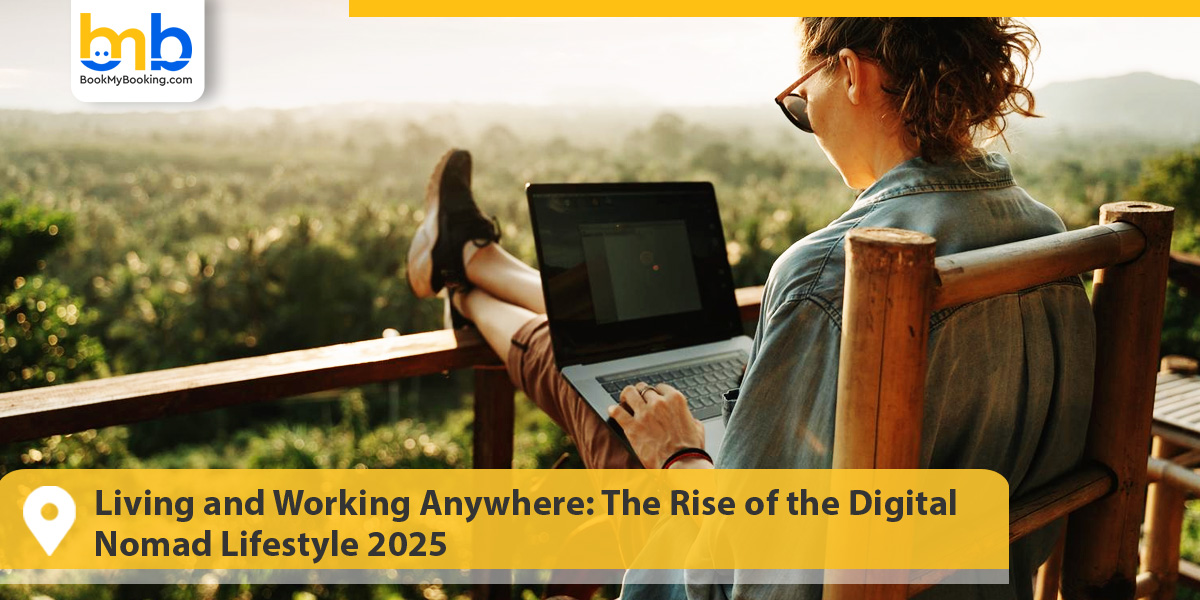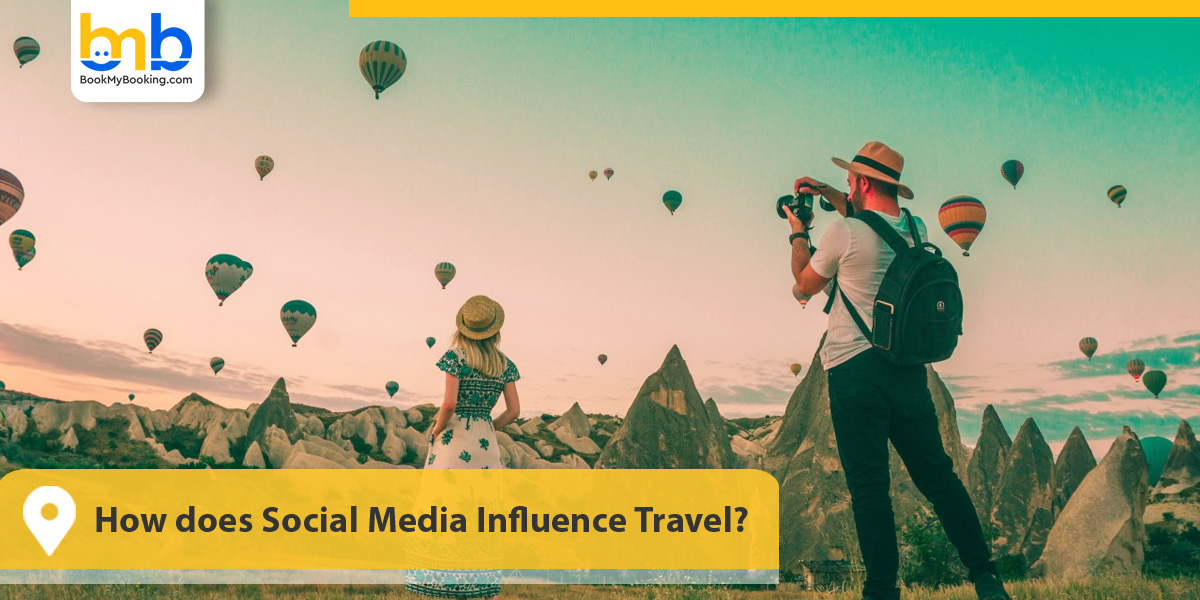Dreaming of a perfect escape with soft sand under your feet, the sound of waves, and the scent of the ocean that makes you still? Still thinking where to travel in August? The beaches are here for you. Beaches are nature's most magical gift, offering more than scenic beauty. Each spot flaunts a distinctive, serene experience with its own story. With numerous beach spots to explore, we have listed some of the most magical, breathtaking, and beautiful beaches you must visit once in your life. Whether planning a solo trip or seeking peace by the sea with your loved ones, we have curated a list of the best beaches in August for a perfect getaway.
Importance of Travelling in August Month
Some of the best places to visit in August. This month is the most exciting to visit beaches worldwide, offering a perfect mix of sun, sea, and serenity. As summer peaks in the Northern Hemisphere, many of the world's top beach destinations, from the Mediterranean coasts to Southeast Asia's tropical islands, are in their prime. August first brings warm and sunny weather ideal for swimming, sunbathing, and immersing in water sports like snorkelling, jet skiing, or paddleboarding. Some of the best beaches to visit in August are in Greece, Italy, Spain, and Croatia, renowned for their vibrant beach culture, seaside cafes, and crystal-clear waters.
Whether you are relaxing on the white sands of Mykonos or exploring hidden caves in Sardinia, the beach scenes in Europe during August are unmatched. For tropical seekers, destinations like Bali, the Maldives, Thailand, and Mauritius offer a mix of sunny days and occasional tropical rain, making the landscape greener and more visually appealing. These August vacation destinations are perfect for disconnecting, romantic getaways, beach weddings, or everyday escapes.
In addition, August often coincides with local beach festivals, seafood parties, and sunset concerts, which offer travellers a taste of the regional culture. Beaches also provide a soothing environment for wellness activities, such as beach yoga, meditation, or simple barefoot walks on soft sand, which are suitable for de-stressing and recharging.
Family vacations in August are a must-try because everybody loves beach vacations in August, as kids are on school holidays, and beach resorts offer special activities for all ages. Whether building sandcastles or enjoying a beach bonfire, the memories created are priceless. In essence, August is when the ocean calls louder than ever. The vivacious atmosphere, natural beauty, and refreshing sea breeze make beach vacations in August travel ideas a memorable escape.
Top Beaches to Visit in August
1. Banana Beach-Phuket, Thailand
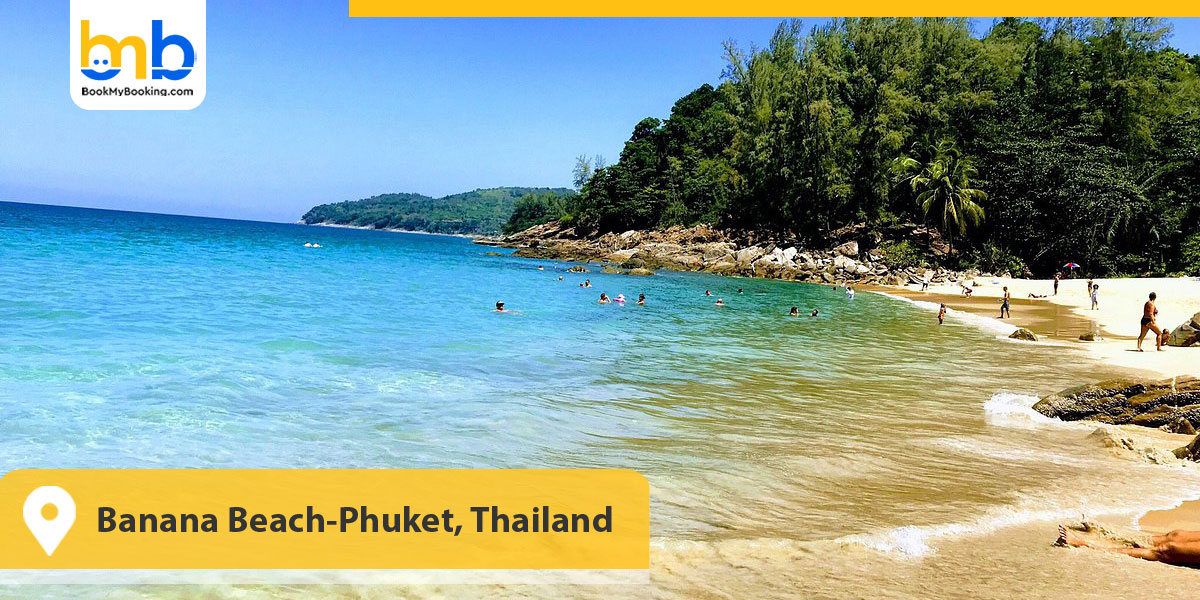
Banana Beach in Phuket, Thailand, is a true gem when discussing the world's nicest beaches. It is renowned for its soft, white sands and crystal-clear water. Banana Beach is a must-visit summer travel destination in Thailand. Don't avoid trying different water activities, and make the most of your trip to Thailand.
2. Eagle Beach, Oranjestad, Aruba
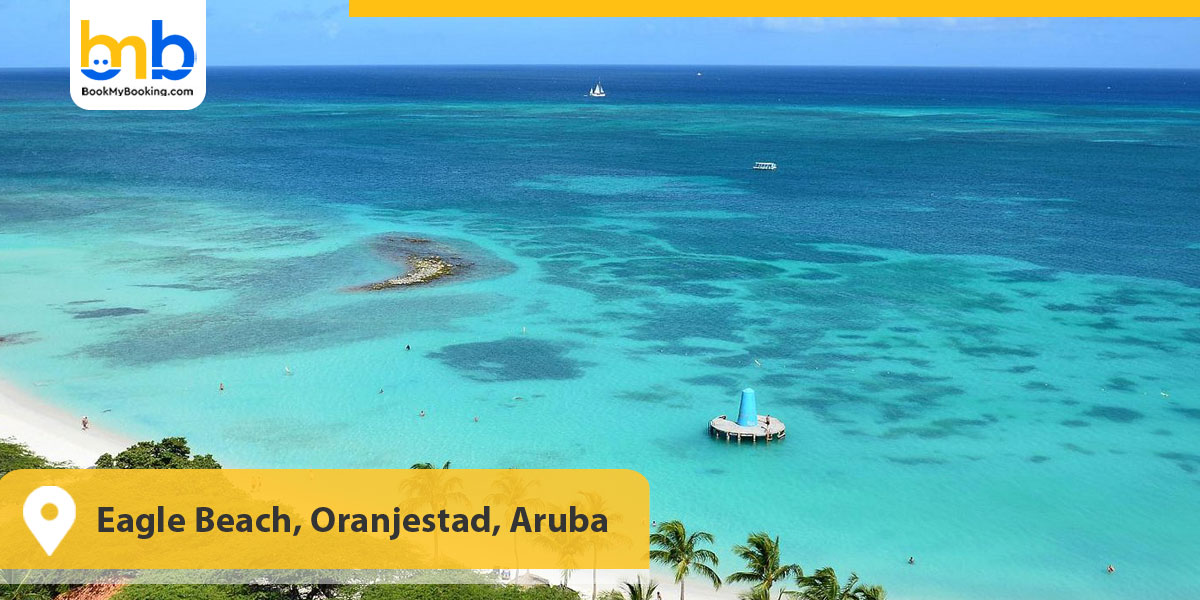
One of the most expansive beaches in Aruba, Eagle Beach is known for its panoramic views of the Caribbean Sea. It extends over 1.1 kilometres and offers ample space to engage in various water activities, play beach games, or take a leisurely walk to enjoy the scenic beauty surrounding the sea, making it one of the top places to visit in August.
3. Elafonissi Beach-Crete Greece

If you are in Greece, you can't miss visiting Elphone Beach, one of the world's most beautiful beaches. This beach is renowned for its pink sand and crystal-clear water, making it an ideal spot for capturing picturesque moments. Elafonissi Beach is a perfect spot for relaxation and entertainment for all beach enthusiasts.
4. Bondi Beach, Sydney, Australia

Are you planning to visit Australia, the best August Travel destination? If so, Bondi Beach deserves to be on your itinerary for all the right reasons. The beach offers a stunning one kilometre of soft white sand and clean ocean water, perfect for strolling, sunbathing, and water activities like surfing.
5. Siesta Beach- Florida, USA

Whether you enjoy sunbathing, water sports, or taking a long barefoot walk across the beach, Siesta Beach has it all for you, and it is one of the best places to visit in August. Located on the shoreline of Siesta Key Island, this beach spans 4.8 kilometres, offering easy access to beach amenities that allow tourists and visitors to make the most of their outing. And to ensure you don't run out of data or seamless networking services at the most famous beaches in the USA.
6. Vaadhoo North Beach- Vaadhoo Island, Maldives
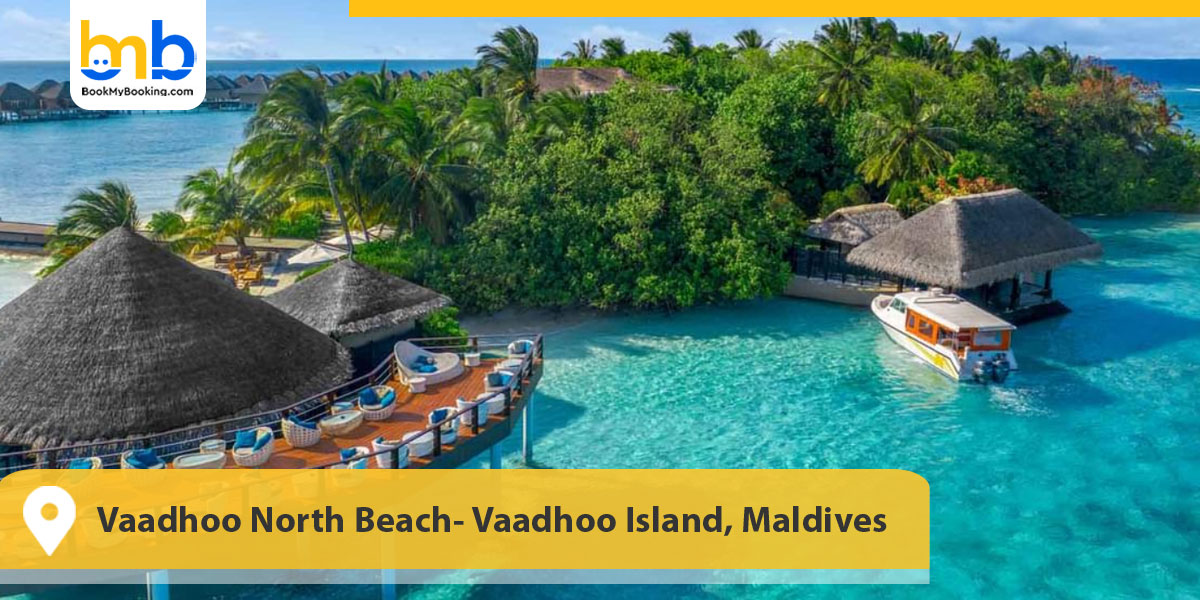
Unlike any other beach on the list, Vaadhoo North Beach in the Maldives offers a truly magical experience and is one of the top places to visit in August. It is often referred to as the Beach of Stars. The shoreline comes alive with a natural glow as the water emits a shimmering blue light, all thanks to the presence of bioluminescence caused by plankton. The rare phenomenon creates a stunning view, making you feel you are walking on a sea of stars.
7. Praia da Falesia- Algarve, Portugal

Praia da Falesia, one of the best romantic places to visit in August, is a visual treat for all beach lovers. Its beautiful red cliff contrasts perfectly with golden sand and ocean blue water. The beach stretches 6 kilometres and features a 130-feet-tall red cliff, offering a breathtaking, picturesque backdrop that will captivate you for a long time.
8. White Beach- Boracay, Philippines

White Beach offers an ideal return to relaxation and adventure. Due to its soft, white sand, crystal-clear water, and stunning views, it is a favourite beach destination for many beach lovers. Be careful, though, because you can lose beauty.
9. Kelingking Beach-Nusa Penida, Indonesia
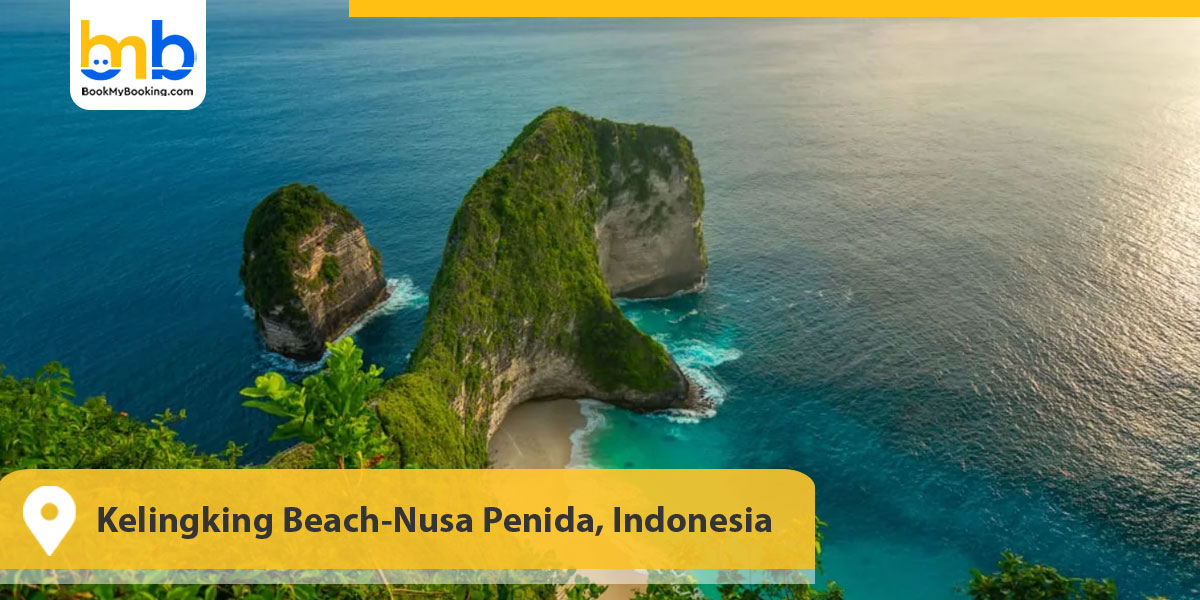
Where to travel in August? Indonesia is here for you. Kelingking Beach is a must-visit spot for an adventurous day out on the island. Famous for its unique cliff formation, which resembles a T-rex, the beach offers a dramatic view over golden sand and clear blue waters.
10. Myrtos Beach- Kefaloni Island, Greece
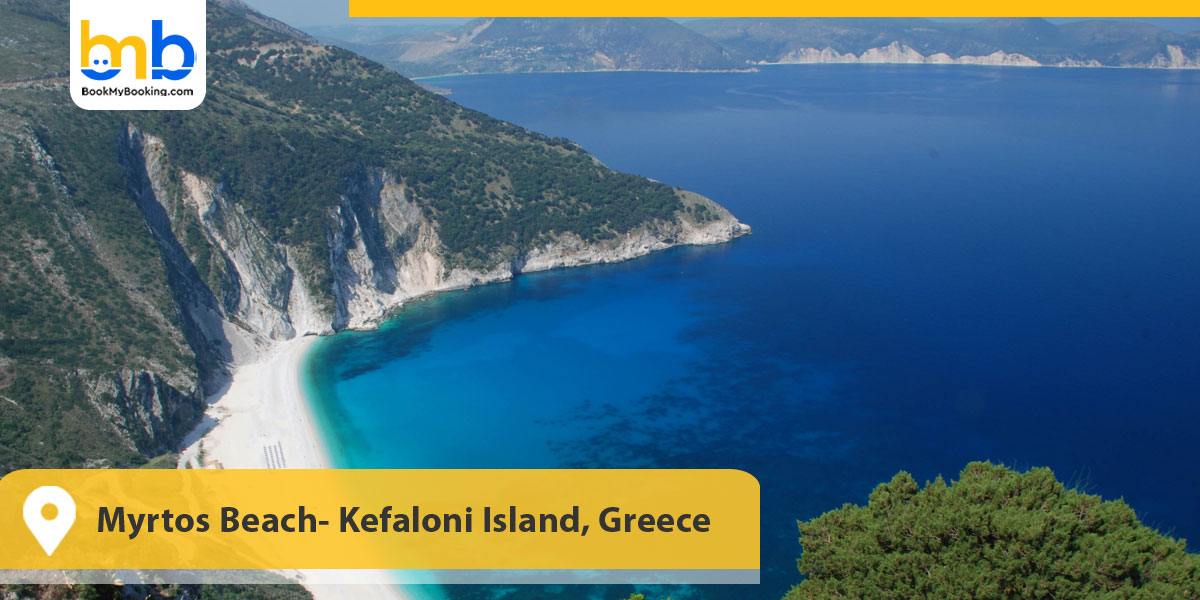
Are you seeking a beach spot for August vacation destinations with spectacular scenic views, white sand, and a relaxing atmosphere? If so, Myrtos Beach is the place for you. Situated on Kefaloni island, Mysrtos Beach is a major tourist and travellers attraction spot across the island.
Beach Travel Essentials That You Must Carry

Carrying the right essentials ensures a safe, fun and stress-free experience when heading to the beach during summer travel destinations. You must include sunscreen to protect your skin from harmful UV rays, sunglasses, a wide-brimmed hat, face protection, and comfortable swimwear for water fun. Do not forget a beach towel or mat, flip-flops or water shoes, and a reusable water bottle to stay hydrated. A waterproof pouch secures your valuables while light snacks and a cooler bag refresh you. Add a book or a beach game for entertainment, and you are ready for the perfect beach day for a summer getaway in August.
- Sunscreen
A high SPF, water-resistant sunscreen is essential for protecting your skin from harmful UV rays. Apply generously 20 minutes before sun exposure and reapply every two hours, especially after swimming or sweating. It prevents sunburn, tanning, and long-term skin damage, ensuring your beach day stays safe and enjoyable while travelling to beach destinations in August.
- Sunglasses
Polarised sunglasses protect your eyes from sunlight and UV rays reflecting off the water. They reduce glare and eye strain, improving visibility and making your back experience more comfortable. Choose a stylish, sturdy pair with UV 400 protection to shield your eyes while adding flair to your beach look during summer travel destinations.
- Wide Brimmed Hat
A wide-brimmed hat shields your face, neck, and shoulders from harsh sun exposure. It helps prevent heat exhaustion and sunburns and keeps you cool under direct sunlight. Opt for a breathable, foldable straw or cotton hat that adds function and fashion to your beach outfit while travelling to offbeat summer destinations.
- Swimwear
Comfortable, quick-drying swimwear is a must for each activity, and it is one of the essential travel tips for August. Choose a suit that fits well, supports your movement, and dries fast after a dip. Good swimwear, whether a bikini, one-piece, or swim trunks, boosts your confidence and comfort while lounging or diving into the sea.
- Beach Towel or Mat
Relaxing, drying, or lying your assets on a large towel or sand-free mat is necessary while on an August holiday spot. These provide a clean, dry surface to relax and keep the sand away from the skin and clothes. Choose microfiber towels; they pack light, quickly, and easily.
- Flip Flops or Water Shoes
Flip-flops, or you can say the water shoes, protect your feet from hot sand, sharp Fast shells, or rocky patches while on beach trips in August. Water shoes also give a grip by floating or slipping. Choose breathing, lightweight, fast-drying shoes for comfort and convenience on beach adventures.
- Re-purpose a water bottle
Staying hydrated is essential in the sun. A repurposed bag of untouched water bottles will keep the water cool and reduce plastic waste while on your August vacation destinations. Carry enough fluids to stay hydrated and avoid dehydration, especially when spending hours in direct sunlight or engaging in outdoor activities like beach games.
- Waterproof Bag or Dry Pouch
A waterproof pouch or dry bag can protect valuables like phones, keys, and money from water, sand, and humidity. It is compact and secure, ideal for beachgoers who want peace of mind while enjoying water activities or relaxing by the shore, especially when travelling to summer destinations.
- Entertainment Book & Beach Games
Whether it's a novel, a magazine, or beach paddleballs, carrying something entertaining keeps boredom at bay, and it's one of the best travel tips for August. Reading by the sea is soothing, while games like frisbee or volleyball are perfect for fun and bonding with friends or family.
- Snacks and a Cooler Bag
Healthy snacks, such as fruits, nuts, and sandwiches, keep your energy up without relying on expensive beach eateries at your August vacation destinations. A small cooler bag helps maintain freshness and keeps drinks cool—pack light but nutritious items to stay fueled and refreshed throughout your beach day.
Top Reasons To Visit Beaches in August For a Perfect Holiday
1. Off-Season Deals in Many Places
In the off-season, at various places, there are plenty of deals.
- August vacation destinations are part of many international destinations' shoulder or off-peak seasons (such as parts of Southeast Asia, Europe after early August, and Africa).
- You will find cheaper flights, discounted hotel rates and great package deals.
2. Festivals and Cultural Events
August vacation destinations host vibrant festivals across the world:
- Raksha Bandhan and Independence Day in India
- La Tomatina in Spain
- Obon Festival in Japan
- Edinburgh Fringe Festival in Scotland
- You can experience local traditions, food and celebrations on an affordable trip in August.
3. Monsoon Magic in India
If you love lush greenery, romantic rains and waterfalls, places like-
- Kerala, Corg, Meghalaya and Munnar are stunning in August.
- Perfect for nature lovers and honeymooners seeking calm, top places to travel in August.
4. Nature is at Its Peak
Nature is at its best in this month
- Wildlife reserves are active, mainly in Africa.
- The beauty of the scenic coastal towns is unbeatable in places such as Bali, Sri Lanka, and Vietnam.
- Himalayan regions like Ladakh or Spiti Valley are open for treks and road trips.
5. Perfect for Family Getaways
Great for a family get-together
- In many countries, school holidays typically occur in August, making it an ideal time for families to visit summer travel destinations.
- Think beach resorts, cruises, amusement parks and mountain escapes.
6. Break from Routine and Mid-Year Recharge
Mid-Year Recharge and take a break from routine
- Travelling during the August vacation destinations is a great way to take a break before the busy last quarter of the year.
- It helps you reset mentally, especially before festive seasons and the end of the work year.
7. Great Weather in Specific Regions
Beautiful weather in some of the regions
- Europe enjoys warm summer days.
- Canada, New Zealand (winter) and Scandinavian countries are perfect for summer travel destinations.
15 Places To Visit in August In the World
Selecting the best places to visit in August to enjoy your holidays can be daunting. What one person enjoys may not be enjoyable for another. In August, half the world is enhanced in beauty, while the other half is not. The list of the best places to visit in August has been compiled after considering various factors. It is for every kind of pro who wants to explore the world at the offbeat summer destinations.
1. Leh Ladakh
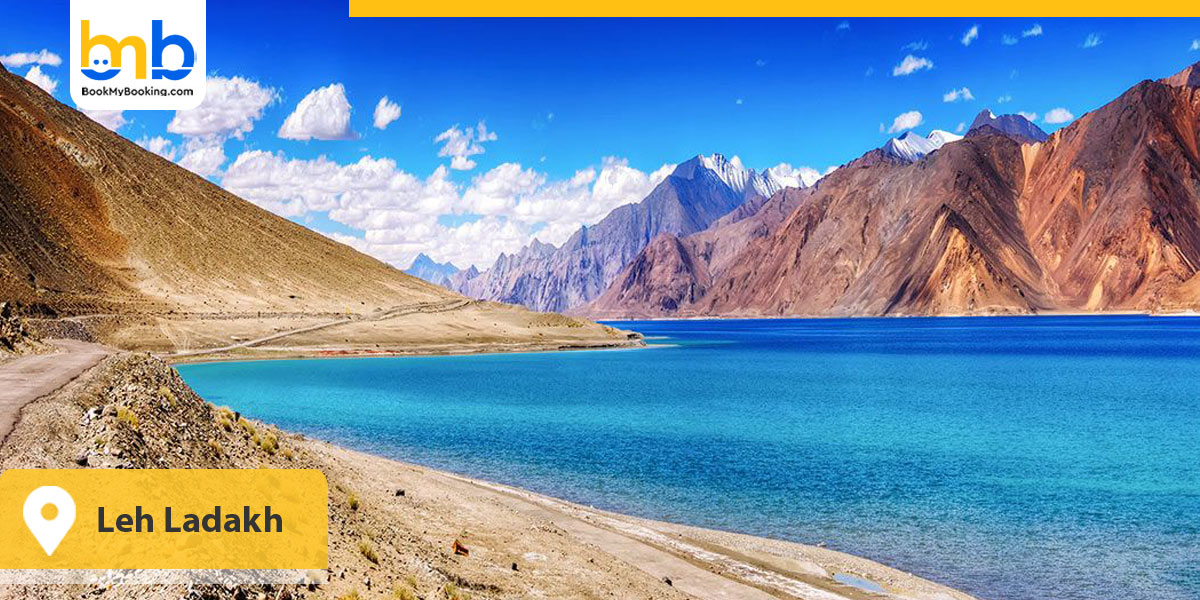
Situated in the rugged terrain of Ladakh, Leh is famous for its mindblowing landscapes, cultural richness, and Buddhist monasteries. The area is amidst Himalayan peaks, so travellers rejoice with jaw-dropping views. Whether you wish for the best bike riding experience or enjoy a serene ambience, Leh is heaven for solo travellers in August.
- Places to Visit- Pangong Tso Lake, Leh Palace, Shanti Stupa, Magnetic Hill
2. Andaman and Nicobar Islands
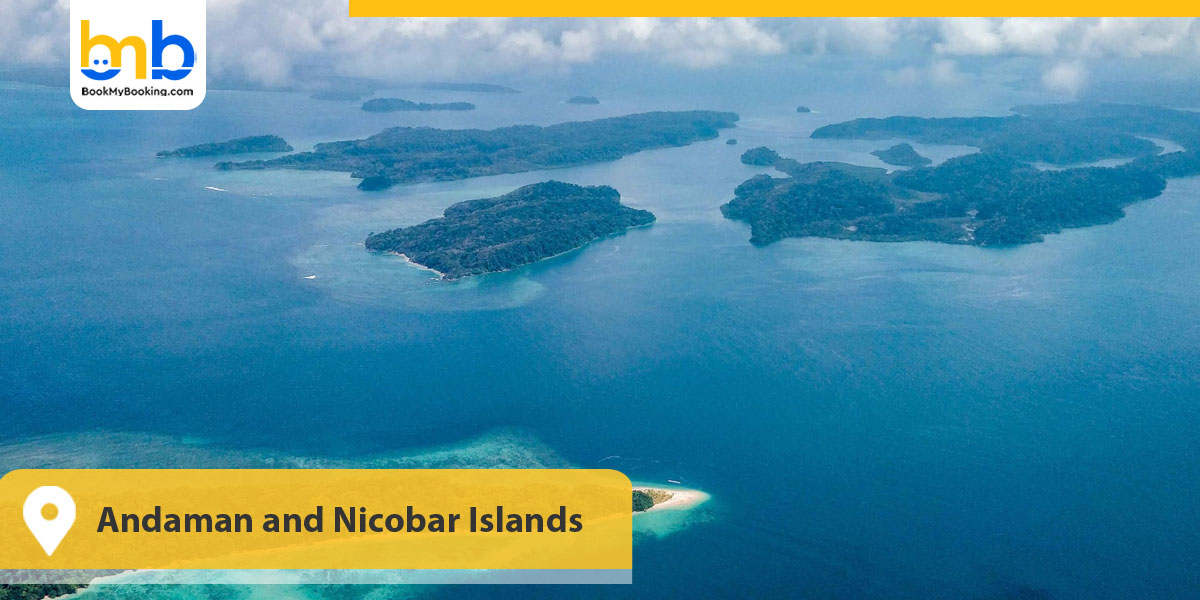
As we all know, the Andaman and Nicobar Islands are an archipelago in the Bay of Bengal. They are world-famous for their beaches, pristine beauty, coral reefs, and, most importantly, dense rainforests. These islands are among the best crowd-free travel destinations, boasting turquoise waters and offering perfect opportunities for limitless adventure. From activities such as swimming to snorkelling, you can enjoy thrilling leisure activities and have a fantastic time here.
- Places to Visit- Raadhanagr Beach, Port Blair, Ross Island, Neil Island
3. Ireland
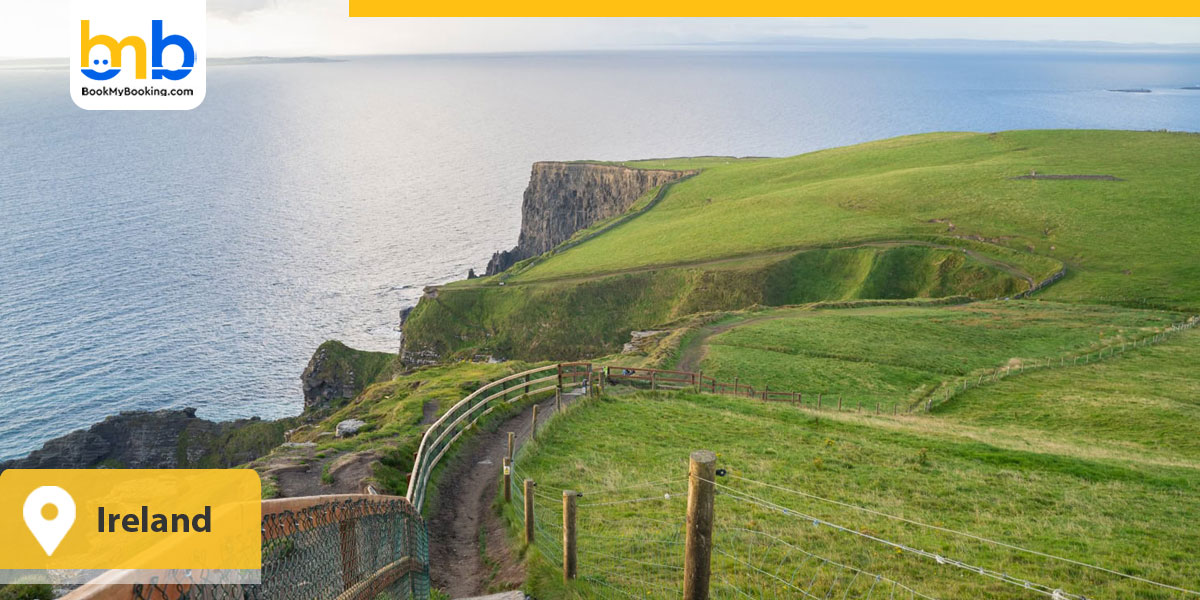
Ireland is known for its rugged coastline and lush landscapes, and is one of the most underrated places to visit in August. It is a dream destination for millions of travellers worldwide and is home to numerous historical spots. But remember that Ireland is among the top trekking destinations. Like the Cliffs of Moher Coastal Walk, Treks depict cliffs plunging into the Atlantic Ocean, while the Eicklow Way winds.
- Places to visit- Dublin, Cliffs of Moher, Ring of Kerry, Galway
4. Kenya

Kenya must be the year's top place to travel in August for wildlife enthusiasts and nature lovers. In East Africa, Kenya is home to the iconic Maasai Mara National Reserve, where the annual Great Migration of wildebeest and zebras occurs. As hikers, you can even do challenging climbs and witness exotic wildlife. Furthermore, Kenya's coastline is along the Indian Ocean, boasting unspoiled beaches. Kenya provides traditional music, art, and crafts, so it is the best place for every traveller to visit in August.
- Places to visit- Maasai Mara National Reserve, Amboseli National Park, Mount Kenya
5. Budapest, Hungary
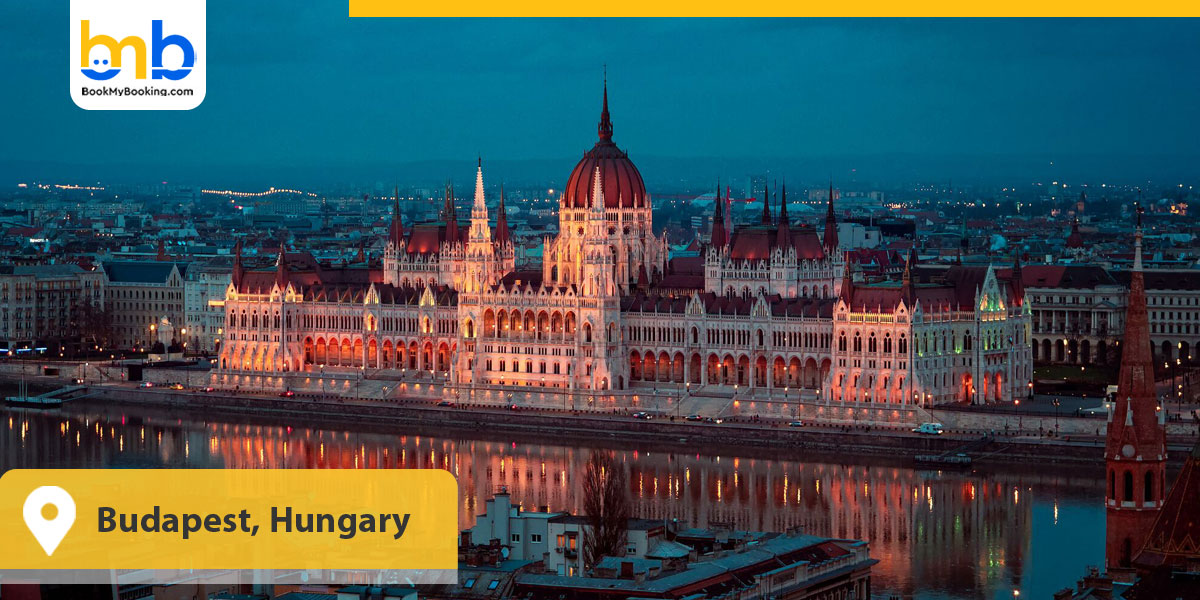
Budapest, Hungary's capital, is a city of monumental architecture, thermal baths, and glamorous history. It is divided by the Danube River, and Budapest's historic hills contrast with Pest's lively boulevards. The Chian bridge that connects both sides. So, the views are jaw-dropping. Not many people know that Budapest's thermal baths, such as Szechenyi and Gellert, are famous for their healing properties and mindblowing Art Nouveau architecture, making them ideal for summer travel destinations.
- Places to Visit- Buda Castle, Fisherman's Bastion, St Stephen's
6. San Francisco

This place is the centre of excitement and fun. As there are so many sights here that you can fully enjoy. The Golden Gate Bridge is a sight that won't leave your mind once you witness its glorious construction. It is one of the best modern wonders of the world for August vacation destinations. The picture-friendly Golden Gate Park is a spot that you have to visit.
- Places to Visit- Golden Gate Bridge, Alcatraz Island, Chinatown
7. Amsterdam
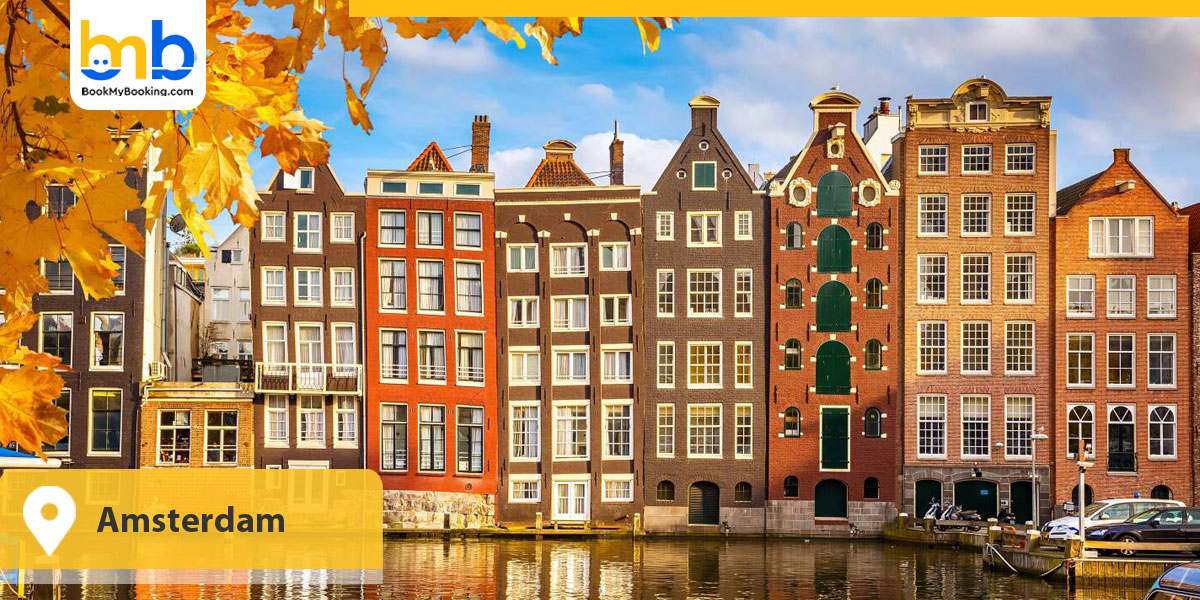
Amsterdam has always been a traveller's dream destination with beautiful nature and a vibrant cultural scene. It is the capital city of the Netherlands. It is a city for all times and all weather. You can ride a bicycle here and explore the city by bike on road trips in August in the USA. This is one of the most charming features that Amsterdam offers.
- Places to Visit- Rijksmuseum, Anne Frank House, Vondelpark, Bloemenmarkt
8. Edinburgh
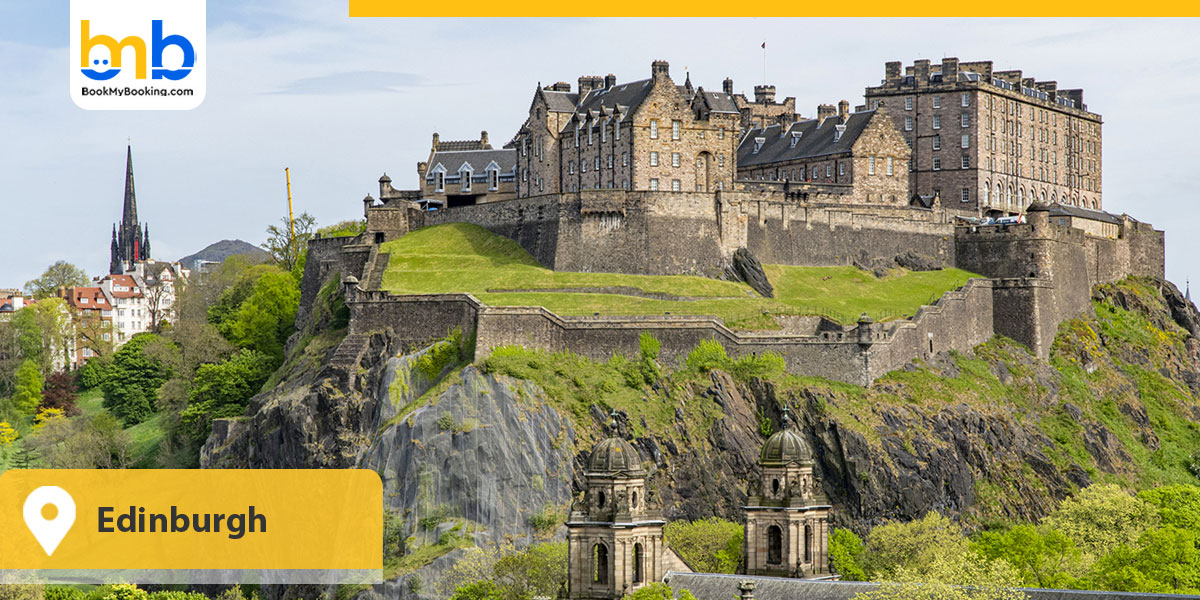
Edinburgh is perfect for a visit. Home to the largest arts festival, Arthur's Seat, a local extinct volcano, continues to attract many visitors. A pretty easy hike will take you to the highest point, where you can witness the magnificent city skyline and experience the scenic coastal towns.
- Places to Visit- Edinburgh Castle, Royal Mile, Holyrood Palace, Arthur's Seat.
9. Maldives

The Maldives is a tropical heaven that every traveller must experience. Most people come here to enjoy the beaches and participate in various water sports. Banana Reef, a popular diving spot, is perfect for a luxurious getaway and a suitable destination for solo travellers in August. Como Cocoa Island, Baros Island, Emboodhu Finolhu Island, and Mihiri Island are some of the very popular islands you can visit in the Maldives.
- Places to Visit- Male, Maafushi, Baa Atoll, Hulhumale Island
10. London
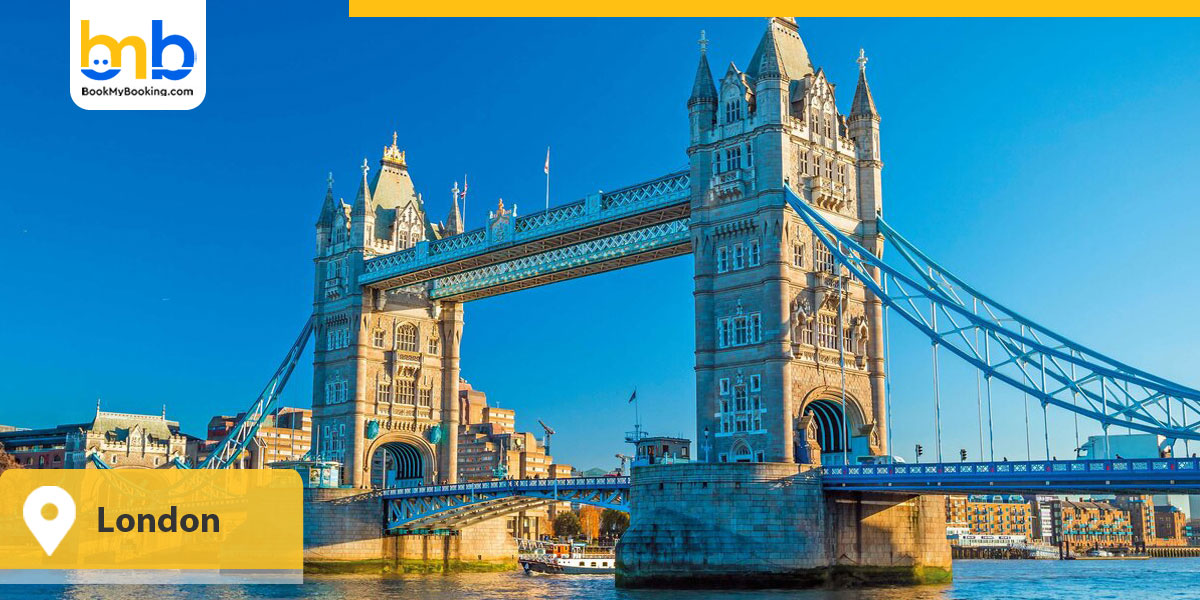
Many people consider the city of London a romantic spot. We agree. London, as well as the entire country of England, is one of the warmest romantic places to visit in August. London is one of the most visited cities, offering something for everyone. The city's charm and history captivate people, making them love it.
- Places to Visit- Buckingham Palace, The London Eye, Westminster Abbey
11. Vienna
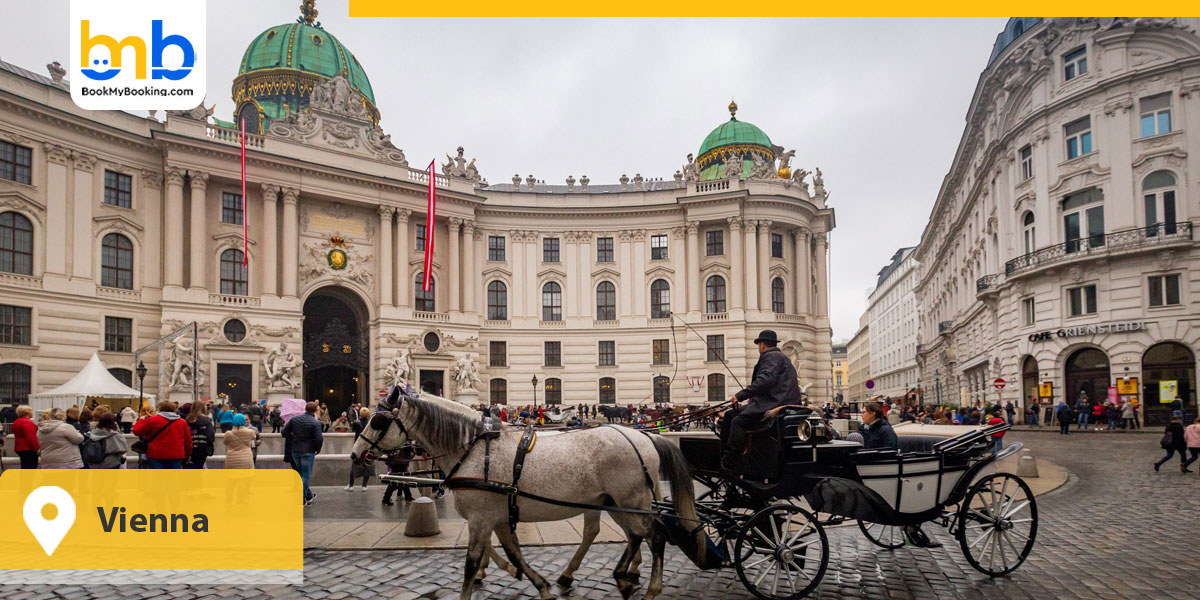
The Austrian capital is a destination everyone should visit at least once in their lifetime. Vienna is an ideal destination for an August vacation, but it welcomes visitors all year round. Flamboyant streets and magical palaces are the highlights of Vienna. The city seduces you with its beautiful sights, including the palaces of Schonbrunn and Hofburg.
- Places to Visit- Schonbrunn Palace, St Stephen's Cathedral, Belvedere Palace
12. Bath, England
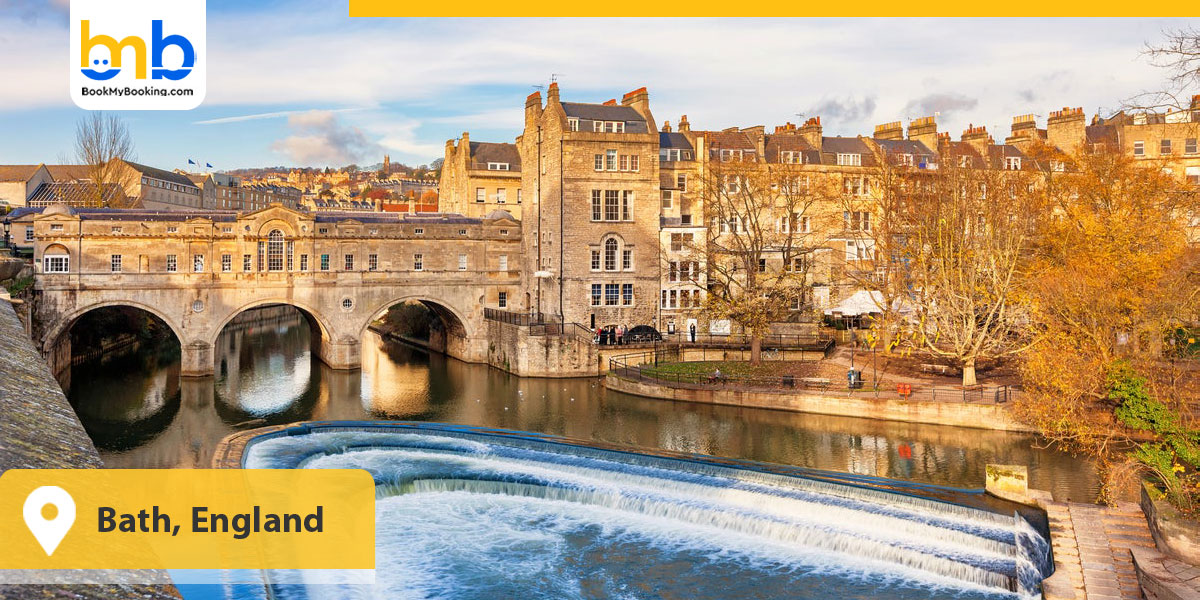
Now it is time for you to step outside the city and enjoy the marvellous spot of Bath. Have a walking tour of Bath, which takes approximately two hours. The volunteers will explain the history of Bath to you, including the Georgian Era. The city is a thriving, top place to visit in August, with many small shops that add to the charm and vigour of Bath.
- Places to Visit- Roman Baths, The Circus, Pulteney Bridge, Victoria Art Gallery
13. Wales
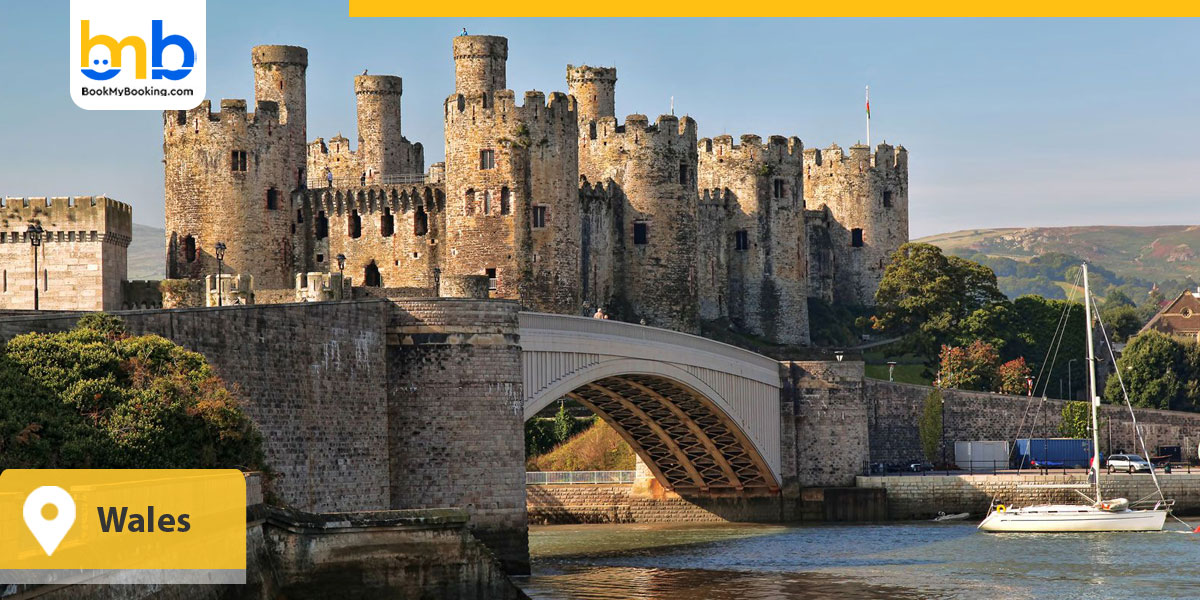
In August, Wales typically experiences perfect weather with little to no chance of rain. Most people tend to forget about this beautiful place during their visit to England for a summer getaway in August. Wales boasts over 1,000 miles of coastline, stunning hills, and impressive castles. For such a small country, Wales has so many places to see.
- Places to Visit- Snowdonia National Park, Cardiff, Conwy Castle, Brecon Beacons National Park
14. Hawaii
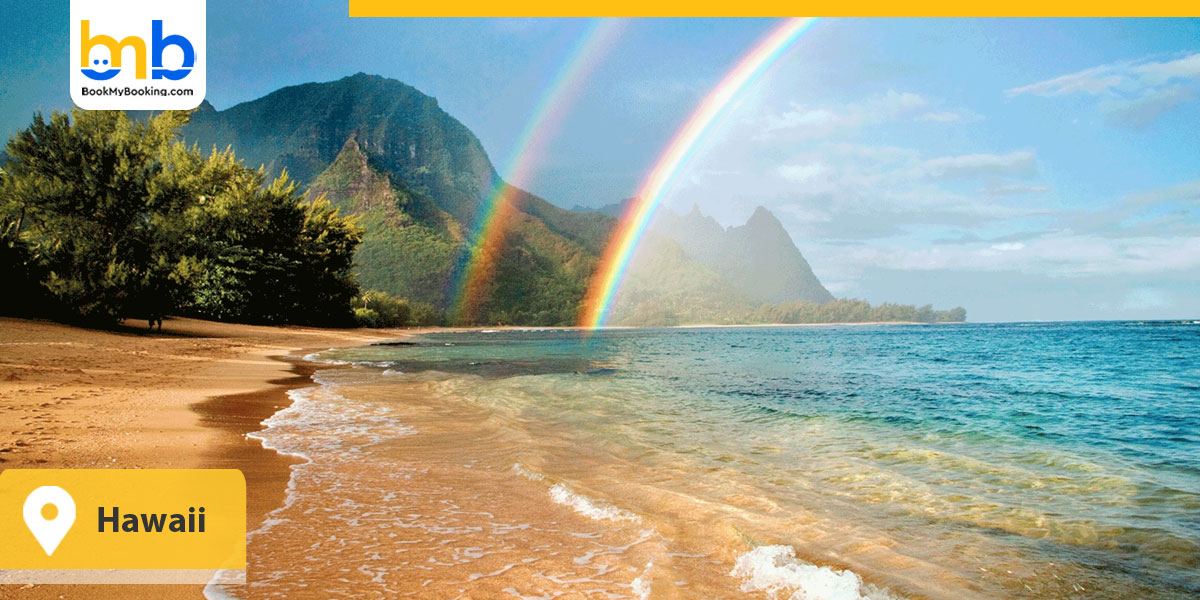
This is a spot that everybody dreams of visiting and is one of the most popular summer travel destinations. The Hawaiian Islands comprise six islands, each with unique character and natural features. Oahu is the most famous island, and the island of Maul offers a panoramic view of the Pacific Ocean. You could also play with dolphins at Dolphins Quest.
- Places to Visit- Honolulu, Waikiki Beach, Haleakala National Park, Lahaina
15. Rome

Immerse yourself in Rome's rich history and culture. Rome is a favourite spot for most tourists wondering where to travel in August. You will be escorted on historic tours that teach you about the city's prominence and beauty. You must see St. Peter’s Basilica, regarded as the epicentre of Roman Catholicism. The sight of the popular Colosseum will be more than enough for that history-loving tourist.
- Places to Visit- Colosseum, Roman Forum, Pantheon, Vatican City
The Need for Buying Travel Insurance
The above list spans various international locations, making it perfect for August vacation destinations. If you plan to visit any of these places, it is recommended that you opt for international travel insurance. The following are some of the benefits of doing so.
Since you will be travelling internationally, health-related risks can strain your finances. An intentional travel insurance plan will ensure that your medical expenses are covered when you are on a summer travel destination.
- Loss of goods or documents
Given the complexity of logistics, luggage may be incorrect during transport. If you misunderstand your travel documents or passports, a travel schedule will compensate and save that day.
It is not uncommon for flights to be cancelled or postponed due to operating problems. Imagine having such an experience during a family vacation in August.
What to Know About Every State Fair in 2025
Summer is festival season, meaning live music, rides, funnel cakes, and fun and excitement for the whole family. The king of all summer festivals is the state fair in August 2025, which is popular for its fried foods, carnival rides, and a good time for all. Each fair showcases the best food and music a state has to offer, always keeping family-friendly activities in mind.
State Fair 2025 Calendar (Summer/Fall)
1. Alabama State Fair

The Alabama State Fair, which was scheduled for August 2025, took place in the spring of this year and has since passed. Look for information about next year's events.
- Dates- March 28-April 6
- Location- Birmingham, AL
2. Alaska State Fair

The Alaska State Fair in August 2025 is fully packed with activities this year. Check out concerts from big names like Rainbow Kitten Surprise and Foreigner, feel the adrenaline at the demolition derby, or experience a real Alaskan rodeo. Additionally, the fair features several exhibits, a carnival of games and rides, and a variety of tasty fair food.
- Dates- August 15- September 1
- Location- Palmer, AK
3. Arizona State Fair

The Arizona State Fair, held in August 2025, features a variety of events, including gun shows, rodeos, monster trucks, and many more. When it comes to music, you can catch a variety of tribute bands in addition to concerts by big names. You will find distinct destinations like a camel dairy, a petting zoo, and a trapeze troupe.
- Dates- TBA
- Location- Phoenix, AZ
4. Arkansas State Fair

This year's Arkansas State Fair will offer free family entertainment, mainstage concerts from Chase Rice and Ella Langley, rides, pageants, and plenty of fair food when you are in an offbeat summer destination. Catch a live sock or dog show, check out a variety of arts and crafts, and experience the thrills of the games, rides, and attractions at the midway.
- Dates- October 10-19
- Location- Little Rock, AR
5. California State Fair

The CA State Fair Season in the USA and Food Festival will feature canning and baking competitions, livestock shows, and less traditional expositions like those featuring California wines and cannabis. This year's edition will also feature concerts by big-name artists, thoroughbred horse racing, monster trucks, fireworks, and more.
- Dates- 11 July to 17 July
- Location- California State Fair 2025
6. Colorado State Fair

This year, the Colorado State Fair in August 2025 is packed with entertainment, including comedians, rodeos, demolition derbies, and monster trucks. Numerous livestock, fine arts, and beer and wine competitions are available.
- Dates-TBA
- Location- Pueblo, CO
7. Delaware State Fair

This year's Delaware State Fair, scheduled for August 2025, features big names in entertainment, including Gabriel Iglesias and CeCe Winans. A horse-pulled demolition derby and plenty of exhibitions round out the full schedule of things to do, including rides and classic fair food.
- Dates- July 17-26
- Location- Harrington, DE
8. Georgia State Fair

The Georgia National Fair will feature animal competitions, concerts, and exhibitions that showcase the rich culture and heritage of Georgia. Indeed, it is one of the best places to visit in August. Rides and deep-fried foods, like funnel cakes and cheeseburgers, round off a fun day at this fair.
- Dates- October 2-12
- Location- Perry, GA
9. Idaho State Fair
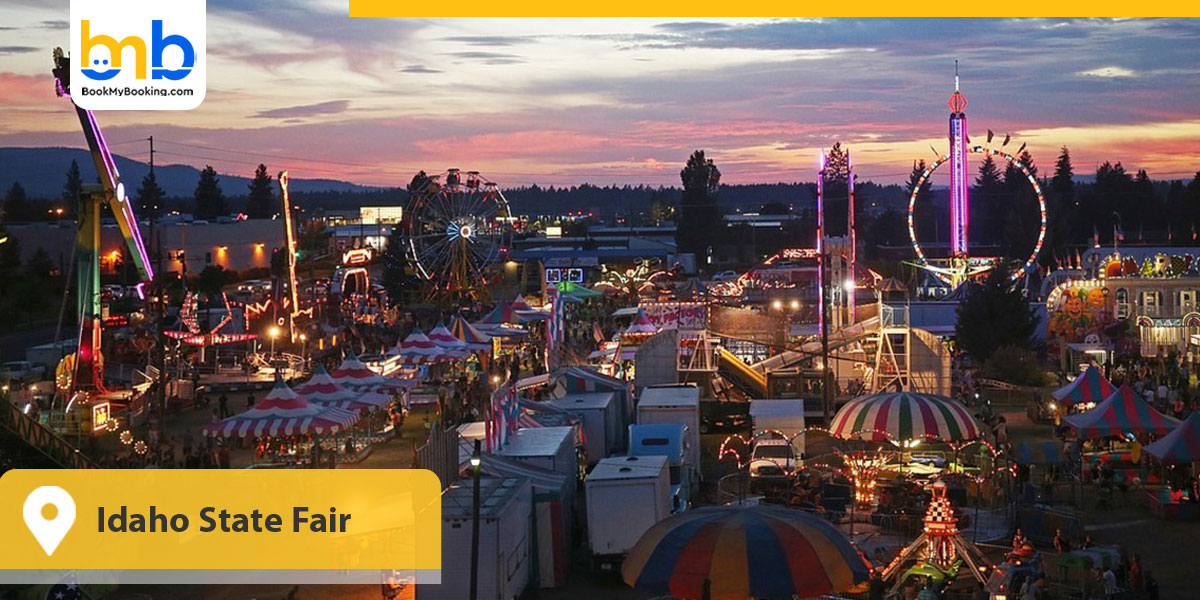
The Western Idaho State Fair, held in August 2025, features animal competitions, stunt shows, magicians, and an antique tractor show. Entertainment includes music, acrobatics, tractor races, and a variety of other activities. And of course, tons of rides for kids of all ages.
- Dates- August 14-24
- Location- Garden City, ID
10. Illinois State Fair
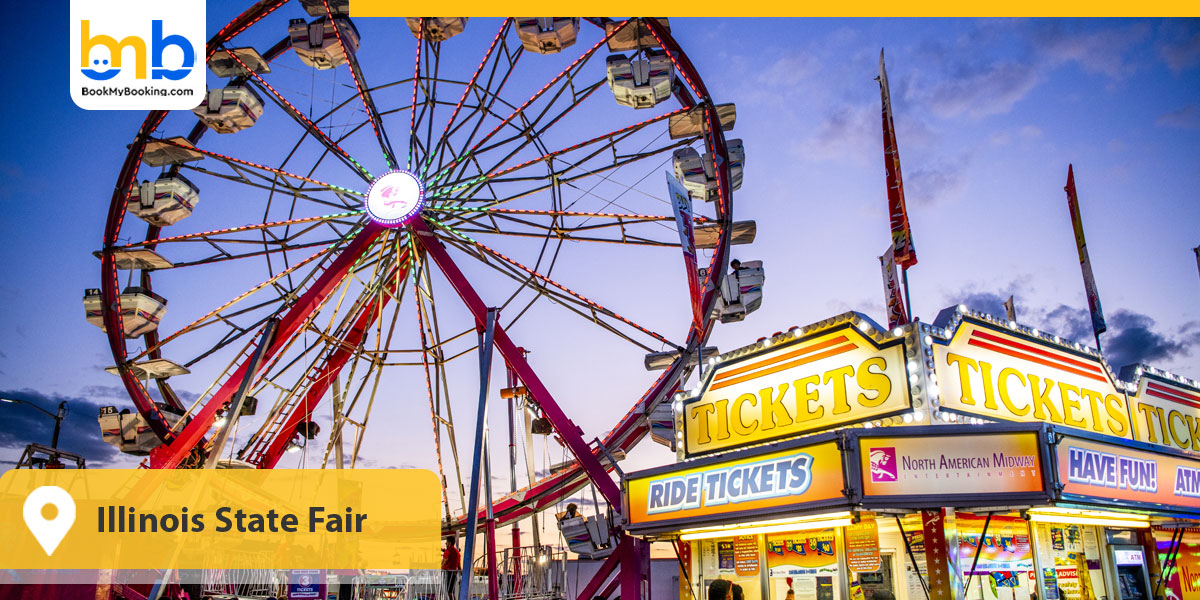
Head to the heart of Illinois at the Illinois State Fair to experience rodeos, demolition derbies, tractor pulls and rides. The fair will feature concerts by Megan Moroney and Def Leppard. Do not forget to pop into the Dairy building to see the 500-pound Butter Cow, the official symbol of the fair since the 1920s.
- Dates- August 7-17
- Location- Springfield, IL
Final Takeaway
In 2025, explore the perfect blend of sun, sand and celebration by visiting the world's best August beach destinations and iconic state fairs. From relaxing coastal escapes to vibrant cultural events, these experiences promise memorable moments, diverse local flavours, and joyful experiences for every kind of traveller.
![IN]() Indian Rupee
Indian Rupee![IM]() Pound Sterling
Pound Sterling![AE]() UAE Dirham
UAE Dirham![AS]() US Dollar
US Dollar![AF]() Afghanis
Afghanis![DZ]() Algerian Dinar
Algerian Dinar![AO]() Angolan Kwanza
Angolan Kwanza![AR]() Argentine Pesos
Argentine Pesos![AM]() Armenian Dram
Armenian Dram![AW]() Aruban Florin
Aruban Florin![AU]() Australian Dollar
Australian Dollar![AZ]() Azerbaijani Manat
Azerbaijani Manat![BS]() Bahamian Dollars
Bahamian Dollars![BH]() Bahraini Dinar
Bahraini Dinar![TH]() Baht
Baht![PA]() Balboa
Balboa![BD]() Bangladeshi Taka
Bangladeshi Taka![BB]() Barbados Dollars
Barbados Dollars![BY]() Belarusian Rubles
Belarusian Rubles![BZ]() Belize Dollars
Belize Dollars![BM]() Bermuda Dollars
Bermuda Dollars![BT]() Bhutanese ngultrum
Bhutanese ngultrum![VE]() Bolivares Fuertes
Bolivares Fuertes![BO]() Bolivianos
Bolivianos![BR]() Brazilian Reais
Brazilian Reais![BN]() Brunei Dollars
Brunei Dollars![BG]() Bulgarian Leva
Bulgarian Leva![BI]() Burundian Franc
Burundian Franc![KH]() Cambodian Riels
Cambodian Riels![CA]() Canadian Dollar
Canadian Dollar![CV]() Cape Verdean Escudo
Cape Verdean Escudo![KY]() Cayman Islands Dollars
Cayman Islands Dollars![CM]() Central African CFA franc
Central African CFA franc![PF]() CFP Franc
CFP Franc![CL]() Chilean Pesos
Chilean Pesos![CO]() Colombian Pesos
Colombian Pesos![CR]() Colón
Colón![SV]() Colones
Colones![KM]() Comorian Franc
Comorian Franc![CD]() Congolese Franc
Congolese Franc![BA]() Convertible Marka
Convertible Marka![NI]() Cordobas
Cordobas![CU]() Cuban Pesos
Cuban Pesos![DK]() Danish Krone
Danish Krone![MK]() Denars
Denars![RS]() Dinars
Dinars![DJ]() Djiboutian Franc
Djiboutian Franc![DO]() Dominican Pesos
Dominican Pesos![VN]() Dong
Dong![AI]() East Caribbean Dollars
East Caribbean Dollars![EG]() Egyptian Pounds
Egyptian Pounds![ER]() Eritrean Nakfa
Eritrean Nakfa![ET]() Ethiopian Birr
Ethiopian Birr![AD]() Euro
Euro![FK]() Falkland Islands Pounds
Falkland Islands Pounds![FJ]() Fijian Dollars
Fijian Dollars![HU]() Forint
Forint![GM]() Gambian Dalasi
Gambian Dalasi![GE]() Georgian Lari
Georgian Lari![GH]() Ghanaian Cedi
Ghanaian Cedi![GI]() Gibraltar Pounds
Gibraltar Pounds![PY]() Guarani
Guarani![GN]() Guinean Franc
Guinean Franc![GY]() Guyanese Dollars
Guyanese Dollars![HT]() Haitian Gourde
Haitian Gourde![HK]() Hong Kong Dollars
Hong Kong Dollars![UA]() Hryvnia
Hryvnia![IS]() Icelandic Krona
Icelandic Krona![IN]() Indian Rupee
Indian Rupee![ID]() Indonesian Rupiahs
Indonesian Rupiahs![IR]() Iranian Rials
Iranian Rials![IQ]() Iraqi Dinar
Iraqi Dinar![JM]() Jamaican Dollars
Jamaican Dollars![JO]() Jordanian Dinar
Jordanian Dinar![KE]() Kenyan Shilling
Kenyan Shilling![LA]() Kips
Kips![CZ]() Koruny
Koruny![BV]() Krone
Krone![HR]() Kuna
Kuna![KW]() Kuwaiti Dinar
Kuwaiti Dinar![LV]() Lati
Lati![LB]() Lebanese Pounds
Lebanese Pounds![AL]() Leke
Leke![HN]() Lempiras
Lempiras![LS]() Lesotho Loti
Lesotho Loti![LR]() Liberian Dollars
Liberian Dollars![LY]() Libyan Dinar
Libyan Dinar![TR]() Lira
Lira![LT]() Litai
Litai![MO]() Macanese Pataca
Macanese Pataca![MG]() Malagasy Ariary
Malagasy Ariary![MW]() Malawian Kwacha
Malawian Kwacha![MY]() Malaysian Ringgit
Malaysian Ringgit![MV]() Maldivian Rufiyaa
Maldivian Rufiyaa![MR]() Mauritanian Ouguiya
Mauritanian Ouguiya![MU]() Mauritian Rupee
Mauritian Rupee![MZ]() Meticais
Meticais![MX]() Mexican Pesos
Mexican Pesos![MD]() Moldovan Leu
Moldovan Leu![MA]() Moroccan Dirham
Moroccan Dirham![MM]() Myanmar Kyat
Myanmar Kyat![NG]() Nairas
Nairas![NA]() Namibian Dollars
Namibian Dollars![NP]() Nepali Rupee
Nepali Rupee![AN]() Netherlands Antillean Guilder
Netherlands Antillean Guilder![TW]() New Dollars
New Dollars![RO]() New Lei
New Lei![IL]() New Shekels
New Shekels![CK]() New Zealand Dollars
New Zealand Dollars![KP]() North Korean Won
North Korean Won![PE]() Nuevos Soles
Nuevos Soles![OM]() Omani Rial
Omani Rial![PK]() Pakistani Rupees
Pakistani Rupees![PG]() Papua New Guinean Kina
Papua New Guinean Kina![PH]() Philippine peso
Philippine peso![IM]() Pound Sterling
Pound Sterling![BW]() Pula
Pula![QA]() Qatari Rials
Qatari Rials![GT]() Quetzales
Quetzales![ZA]() Rand
Rand![RU]() Russian Rubles
Russian Rubles![RW]() Rwandan Franc
Rwandan Franc![WS]() Samoan Tala
Samoan Tala![ST]() Sao Tomean Dobras
Sao Tomean Dobras![SA]() Saudi Riyals
Saudi Riyals![SC]() Seychellois Rupees
Seychellois Rupees![SO]() Shillings
Shillings![SL]() Sierra Leonean Leone
Sierra Leonean Leone![SG]() Singapore Dollars
Singapore Dollars![SB]() Solomon Islands Dollars
Solomon Islands Dollars![KG]() Soms
Soms![KR]() South Korean Won
South Korean Won![LK]() Sri Lankan Rupees
Sri Lankan Rupees![SH]() St. Helena Pounds
St. Helena Pounds![SD]() Sudanese pound
Sudanese pound![UZ]() Sums
Sums![SR]() Suriname Dollars
Suriname Dollars![SZ]() Swazi Lilangeni
Swazi Lilangeni![SE]() Swedish Krona
Swedish Krona![LI]() Switzerland Francs
Switzerland Francs![SY]() Syrian Pounds
Syrian Pounds![TJ]() Tajikistani Somoni
Tajikistani Somoni![TZ]() Tanzanian Shilling
Tanzanian Shilling![KZ]() Tenge
Tenge![TO]() Tongan Paanga
Tongan Paanga![TT]() Trinidad & Tobago Dollars
Trinidad & Tobago Dollars![MN]() Tugriks
Tugriks![TN]() Tunisian Dinar
Tunisian Dinar![TM]() Turkmenistani Manat
Turkmenistani Manat![AE]() UAE Dirham
UAE Dirham![UG]() Ugandan Shilling
Ugandan Shilling![UY]() Uruguayo Pesos
Uruguayo Pesos![AS]() US Dollar
US Dollar![VU]() Vanuatu Vatu
Vanuatu Vatu![BJ]() West African CFA franc
West African CFA franc![YE]() Yemeni Rials
Yemeni Rials![JP]() Yen
Yen![ZM]() Zambian Kwacha
Zambian Kwacha![PL]() Zlotych
Zlotych Indian Rupee
Indian Rupee Pound Sterling
Pound Sterling UAE Dirham
UAE Dirham US Dollar
US Dollar Afghanis
Afghanis Algerian Dinar
Algerian Dinar Angolan Kwanza
Angolan Kwanza Argentine Pesos
Argentine Pesos Armenian Dram
Armenian Dram Aruban Florin
Aruban Florin Australian Dollar
Australian Dollar Azerbaijani Manat
Azerbaijani Manat Bahamian Dollars
Bahamian Dollars Bahraini Dinar
Bahraini Dinar Baht
Baht Balboa
Balboa Bangladeshi Taka
Bangladeshi Taka Barbados Dollars
Barbados Dollars Belarusian Rubles
Belarusian Rubles Belize Dollars
Belize Dollars Bermuda Dollars
Bermuda Dollars Bhutanese ngultrum
Bhutanese ngultrum Bolivares Fuertes
Bolivares Fuertes Bolivianos
Bolivianos Brazilian Reais
Brazilian Reais Brunei Dollars
Brunei Dollars Bulgarian Leva
Bulgarian Leva Burundian Franc
Burundian Franc Cambodian Riels
Cambodian Riels Canadian Dollar
Canadian Dollar Cape Verdean Escudo
Cape Verdean Escudo Cayman Islands Dollars
Cayman Islands Dollars Central African CFA franc
Central African CFA franc CFP Franc
CFP Franc Chilean Pesos
Chilean Pesos Colombian Pesos
Colombian Pesos Colón
Colón Colones
Colones Comorian Franc
Comorian Franc Congolese Franc
Congolese Franc Convertible Marka
Convertible Marka Cordobas
Cordobas Cuban Pesos
Cuban Pesos Danish Krone
Danish Krone Denars
Denars Dinars
Dinars Djiboutian Franc
Djiboutian Franc Dominican Pesos
Dominican Pesos Dong
Dong East Caribbean Dollars
East Caribbean Dollars Egyptian Pounds
Egyptian Pounds Eritrean Nakfa
Eritrean Nakfa Ethiopian Birr
Ethiopian Birr Euro
Euro Falkland Islands Pounds
Falkland Islands Pounds Fijian Dollars
Fijian Dollars Forint
Forint Gambian Dalasi
Gambian Dalasi Georgian Lari
Georgian Lari Ghanaian Cedi
Ghanaian Cedi Gibraltar Pounds
Gibraltar Pounds Guarani
Guarani Guinean Franc
Guinean Franc Guyanese Dollars
Guyanese Dollars Haitian Gourde
Haitian Gourde Hong Kong Dollars
Hong Kong Dollars Hryvnia
Hryvnia Icelandic Krona
Icelandic Krona Indonesian Rupiahs
Indonesian Rupiahs Iranian Rials
Iranian Rials Iraqi Dinar
Iraqi Dinar Jamaican Dollars
Jamaican Dollars Jordanian Dinar
Jordanian Dinar Kenyan Shilling
Kenyan Shilling Kips
Kips Koruny
Koruny Krone
Krone Kuna
Kuna Kuwaiti Dinar
Kuwaiti Dinar Lati
Lati Lebanese Pounds
Lebanese Pounds Leke
Leke Lempiras
Lempiras Lesotho Loti
Lesotho Loti Liberian Dollars
Liberian Dollars Libyan Dinar
Libyan Dinar Lira
Lira Litai
Litai Macanese Pataca
Macanese Pataca Malagasy Ariary
Malagasy Ariary Malawian Kwacha
Malawian Kwacha Malaysian Ringgit
Malaysian Ringgit Maldivian Rufiyaa
Maldivian Rufiyaa Mauritanian Ouguiya
Mauritanian Ouguiya Mauritian Rupee
Mauritian Rupee Meticais
Meticais Mexican Pesos
Mexican Pesos Moldovan Leu
Moldovan Leu Moroccan Dirham
Moroccan Dirham Myanmar Kyat
Myanmar Kyat Nairas
Nairas Namibian Dollars
Namibian Dollars Nepali Rupee
Nepali Rupee Netherlands Antillean Guilder
Netherlands Antillean Guilder New Dollars
New Dollars New Lei
New Lei New Shekels
New Shekels New Zealand Dollars
New Zealand Dollars North Korean Won
North Korean Won Nuevos Soles
Nuevos Soles Omani Rial
Omani Rial Pakistani Rupees
Pakistani Rupees Papua New Guinean Kina
Papua New Guinean Kina Philippine peso
Philippine peso Pula
Pula Qatari Rials
Qatari Rials Quetzales
Quetzales Rand
Rand Russian Rubles
Russian Rubles Rwandan Franc
Rwandan Franc Samoan Tala
Samoan Tala Sao Tomean Dobras
Sao Tomean Dobras Saudi Riyals
Saudi Riyals Seychellois Rupees
Seychellois Rupees Shillings
Shillings Sierra Leonean Leone
Sierra Leonean Leone Singapore Dollars
Singapore Dollars Solomon Islands Dollars
Solomon Islands Dollars Soms
Soms South Korean Won
South Korean Won Sri Lankan Rupees
Sri Lankan Rupees St. Helena Pounds
St. Helena Pounds Sudanese pound
Sudanese pound Sums
Sums Suriname Dollars
Suriname Dollars Swazi Lilangeni
Swazi Lilangeni Swedish Krona
Swedish Krona Switzerland Francs
Switzerland Francs Syrian Pounds
Syrian Pounds Tajikistani Somoni
Tajikistani Somoni Tanzanian Shilling
Tanzanian Shilling Tenge
Tenge Tongan Paanga
Tongan Paanga Trinidad & Tobago Dollars
Trinidad & Tobago Dollars Tugriks
Tugriks Tunisian Dinar
Tunisian Dinar Turkmenistani Manat
Turkmenistani Manat Ugandan Shilling
Ugandan Shilling Uruguayo Pesos
Uruguayo Pesos Vanuatu Vatu
Vanuatu Vatu West African CFA franc
West African CFA franc Yemeni Rials
Yemeni Rials Yen
Yen Zambian Kwacha
Zambian Kwacha Zlotych
Zlotych



